August 25, 2018
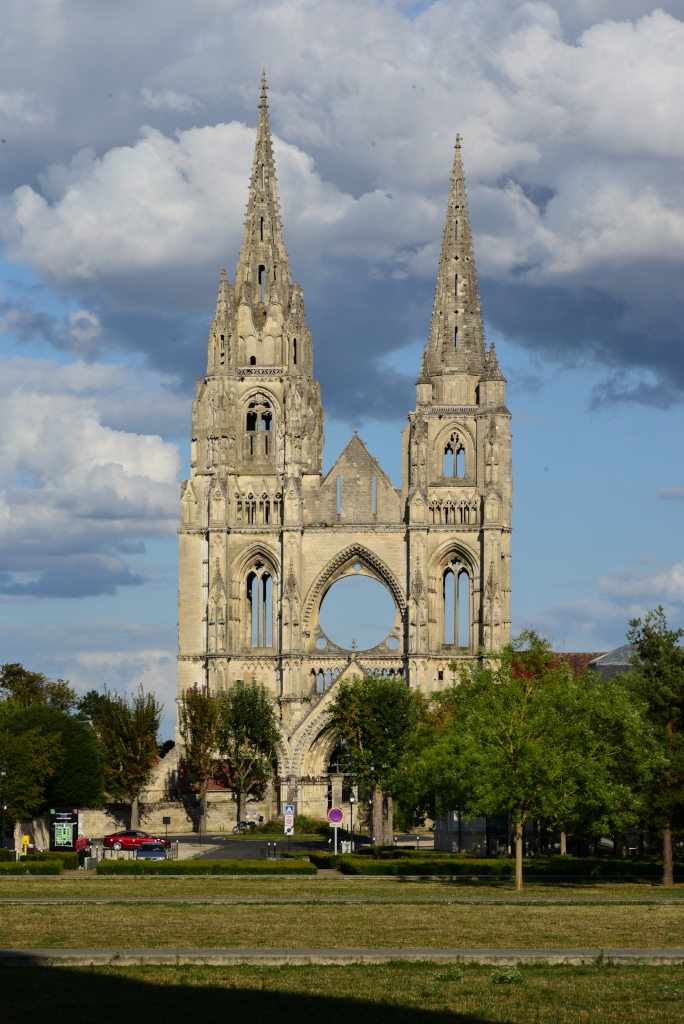
Soissons – Abbaye Saint-Jean-des-Vignes
Soissons is one of the most historic towns of France, located in the centre of Picardy, the region where the country originated. The town is subdued but rich is opulent imagery and redolent with atmosphere. Located on the Aisne river that meanders through the town, the centre of Soissons is replete with buildings spanning the centuries, anchored by various stunning churches that are hallmarks of the French Gothic.
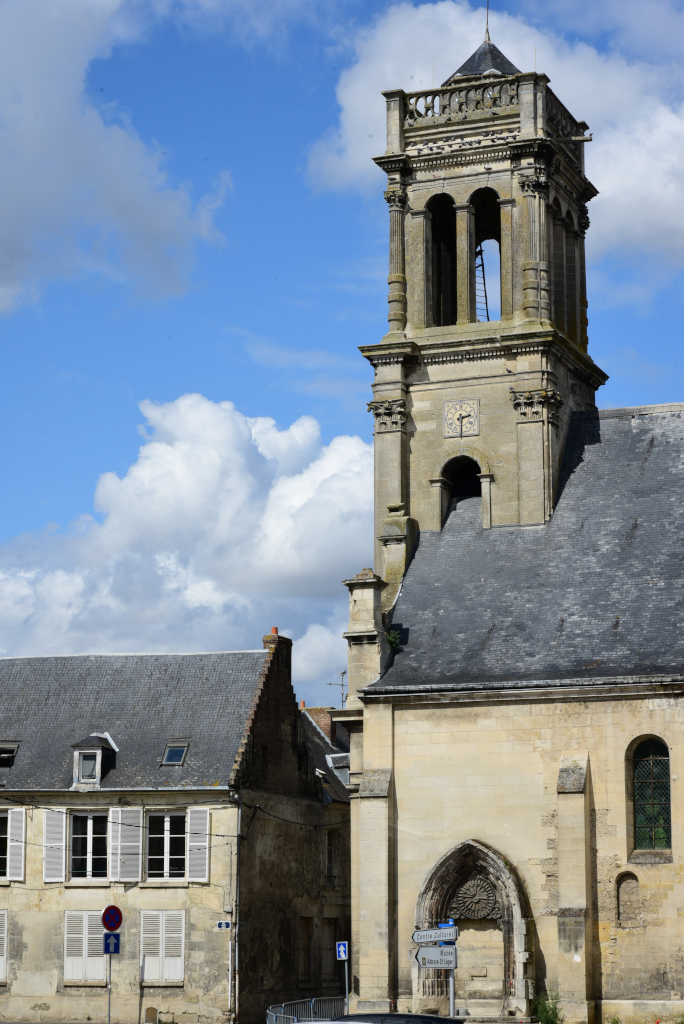
Musée de Soissons (Abbaye Saint-Léger)
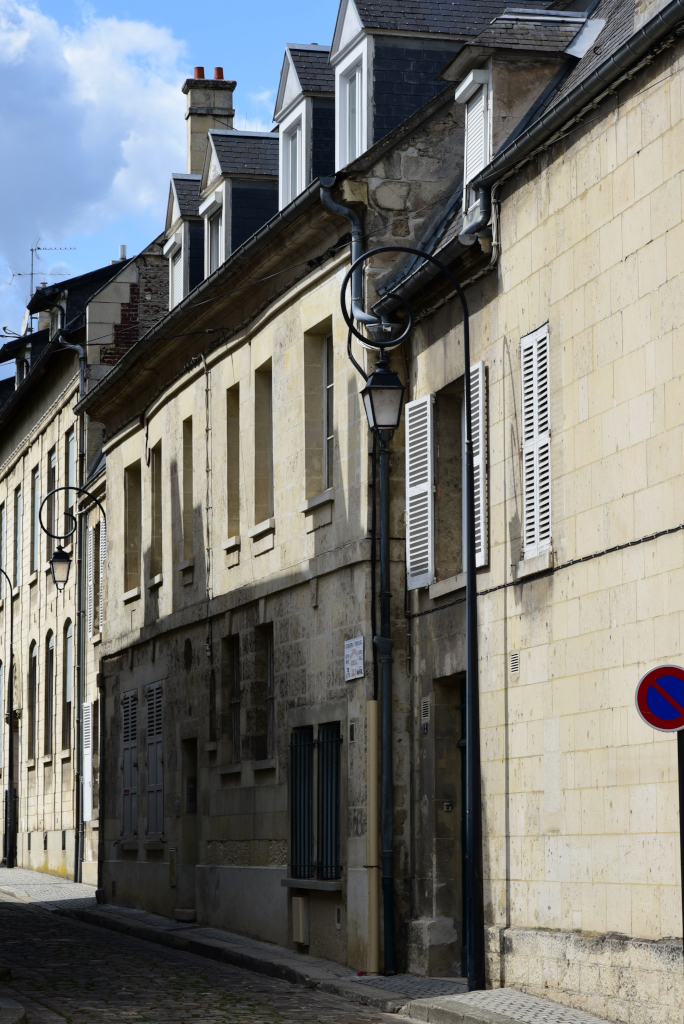
Soissons
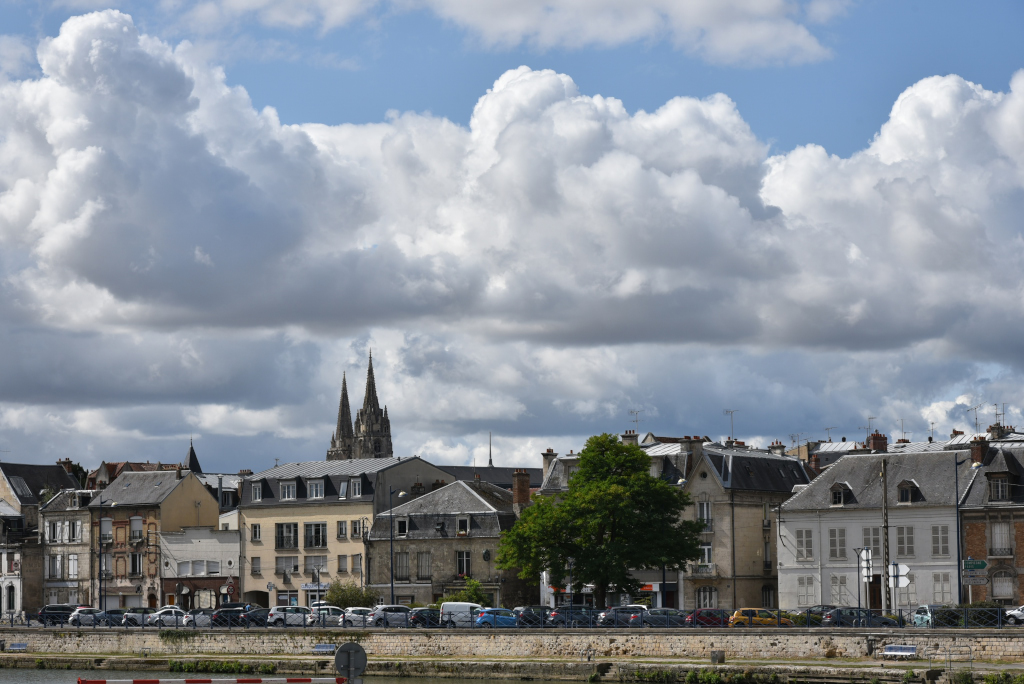
Soissons

Soissons
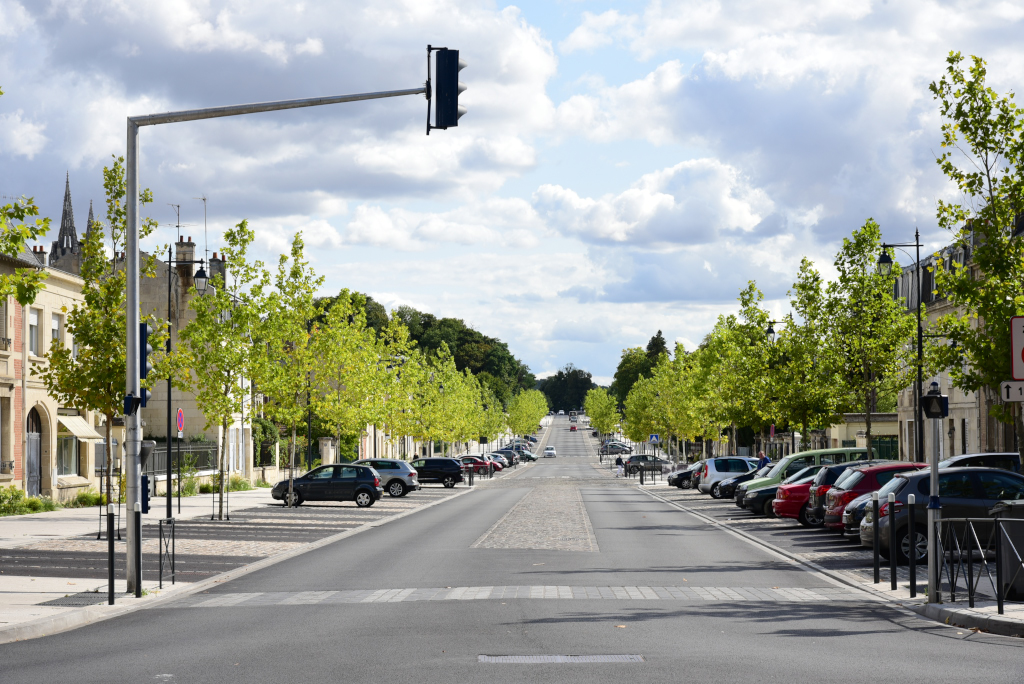
Soissons
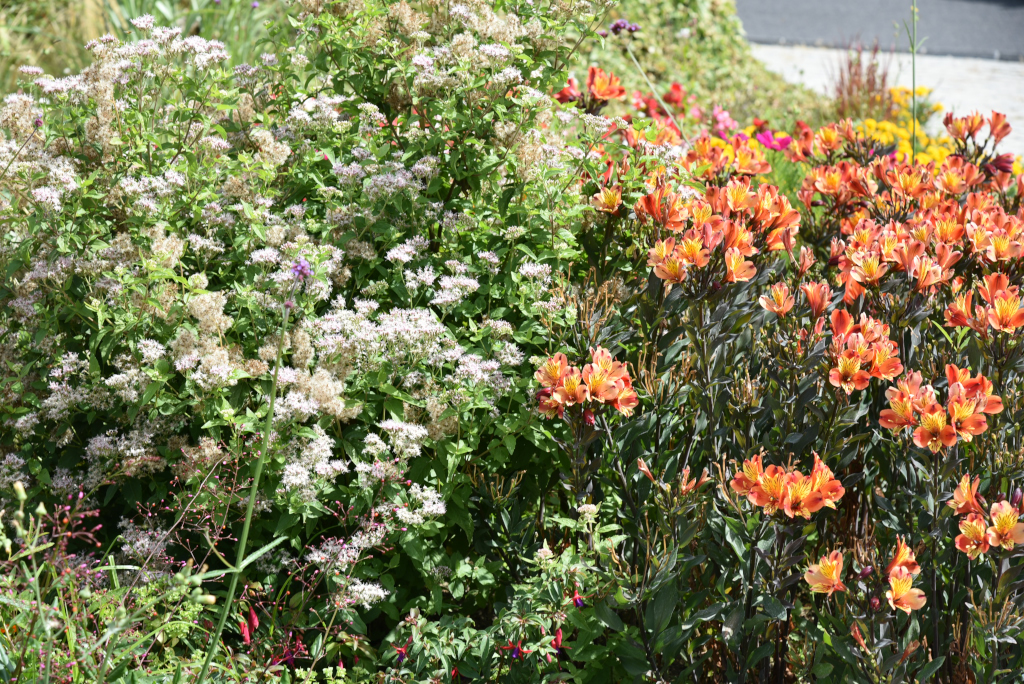
Soissons

Soissons
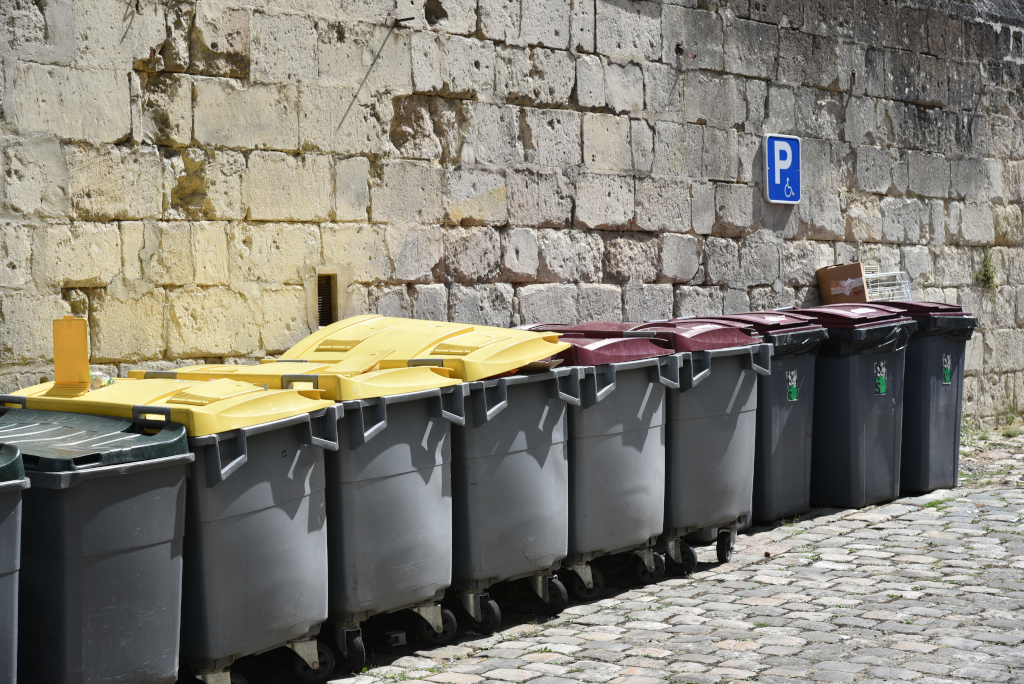
Soissons
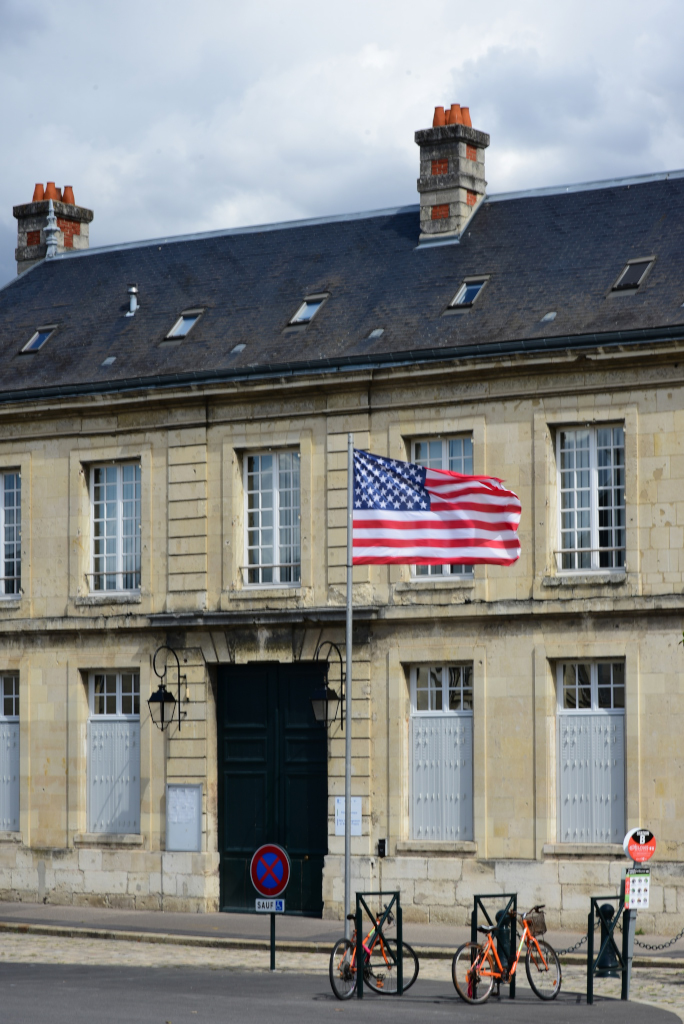
Mairie de Soissons
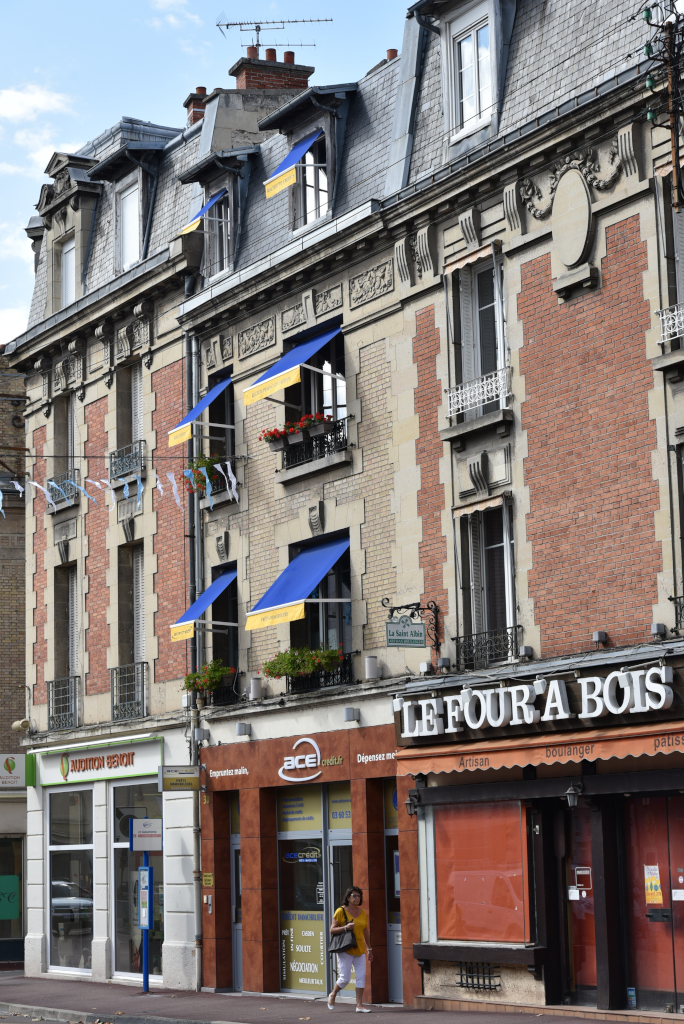
Soissons
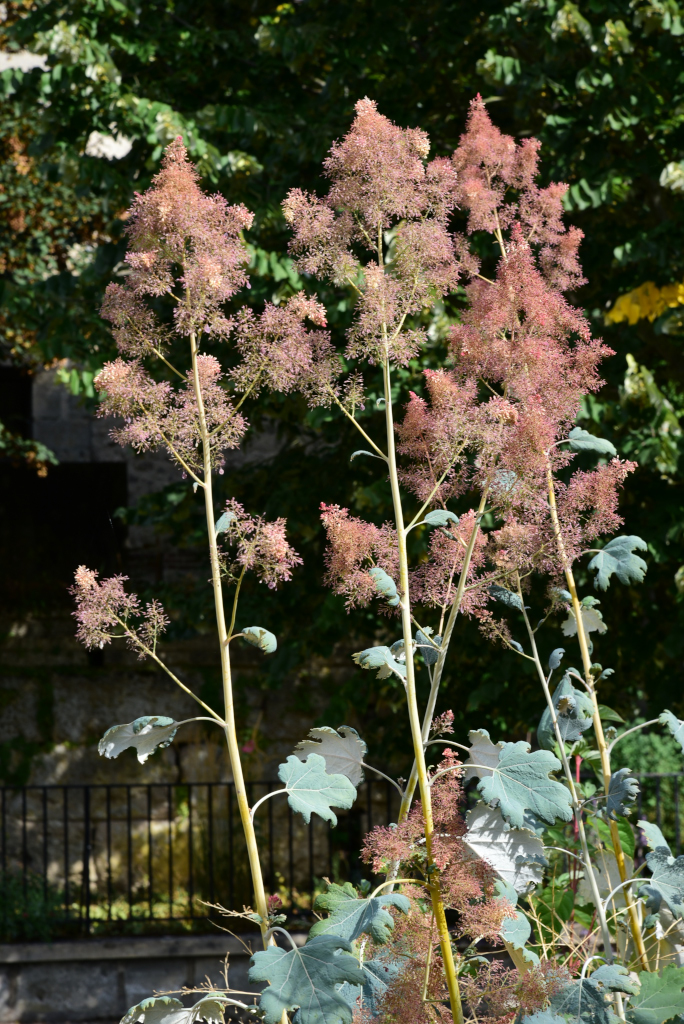
Soissons
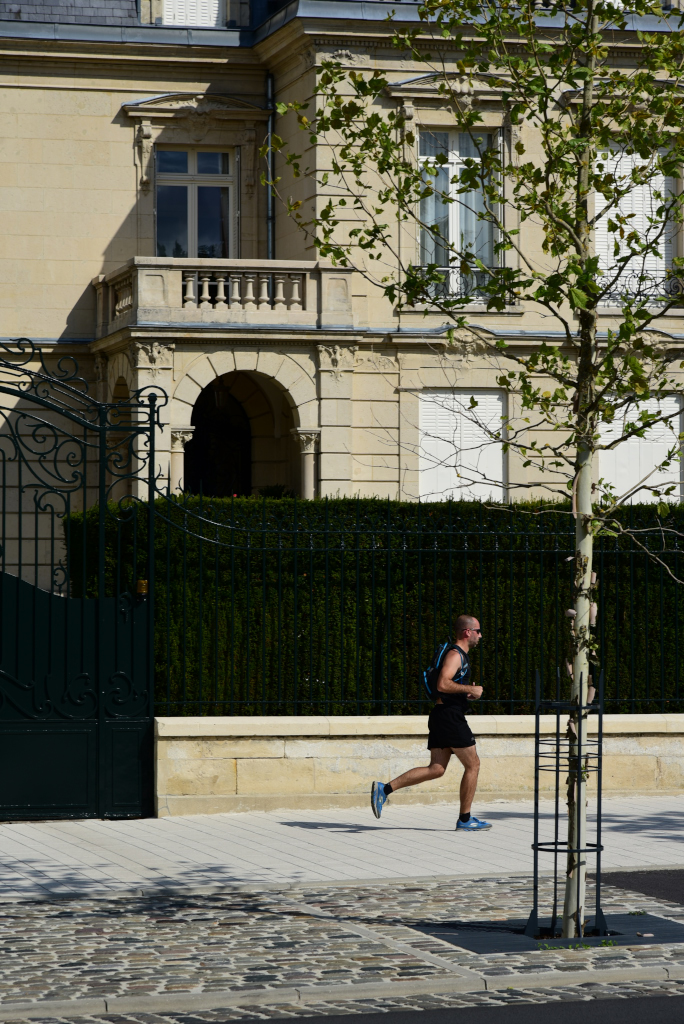
Soissons
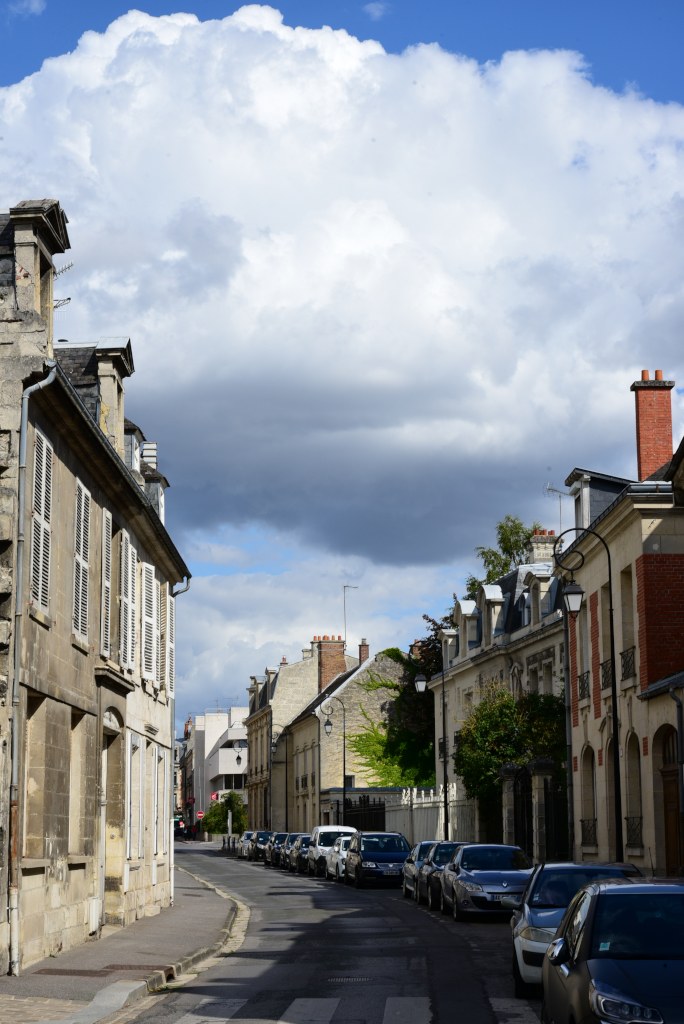
Soissons
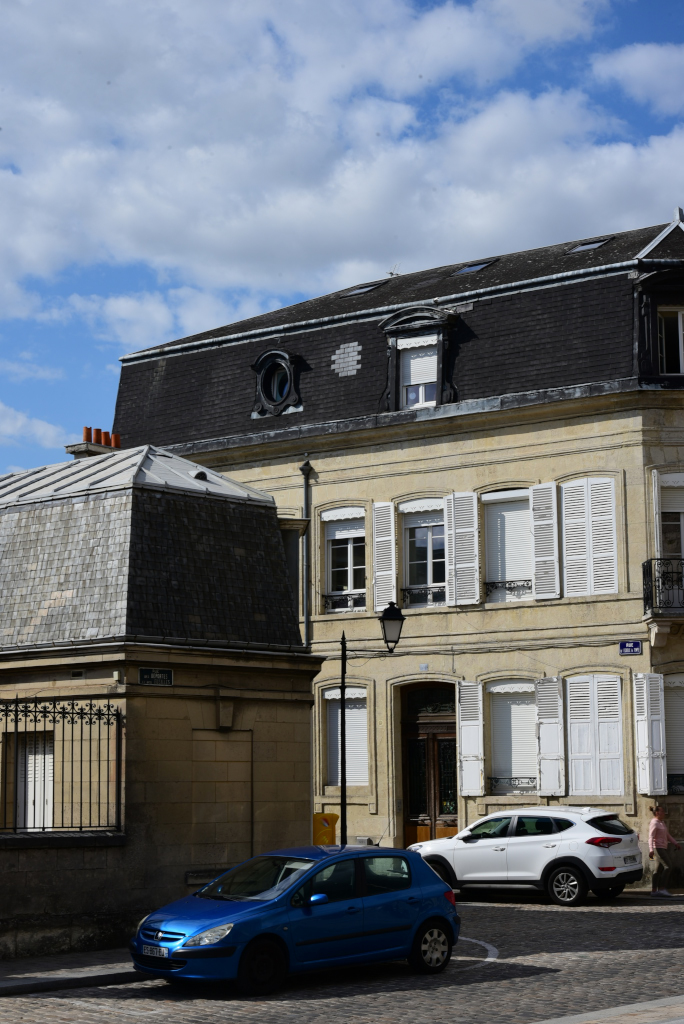
Soissons
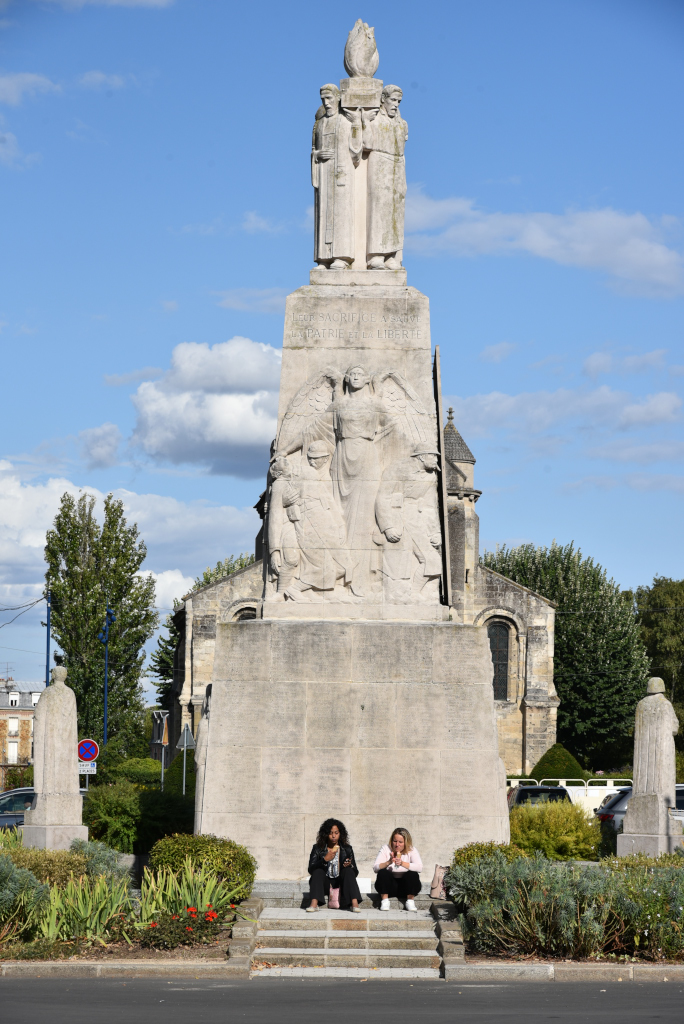
Soissons

Soissons
Originally the Celtic town Noviodunum, the town was occupied by Caesar’s troops in 57 B.C., then renamed Suessiones. The Frankish king Clovis I’s ongoing conflict with the Aegidius and his son Syagrius (administrators of Gaul under the remnant of the Roman empire) culminated with the Franks vanquishing their opponents and amongst others gaining possession of Noviodunum in 486 following the Battle of Soissons.
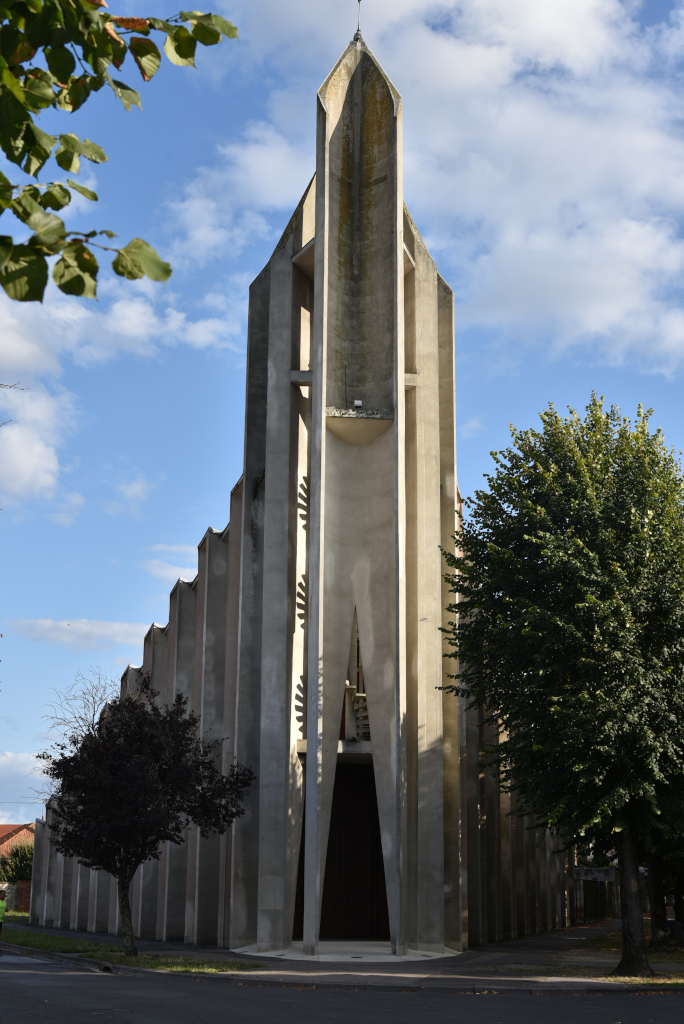
Soissons
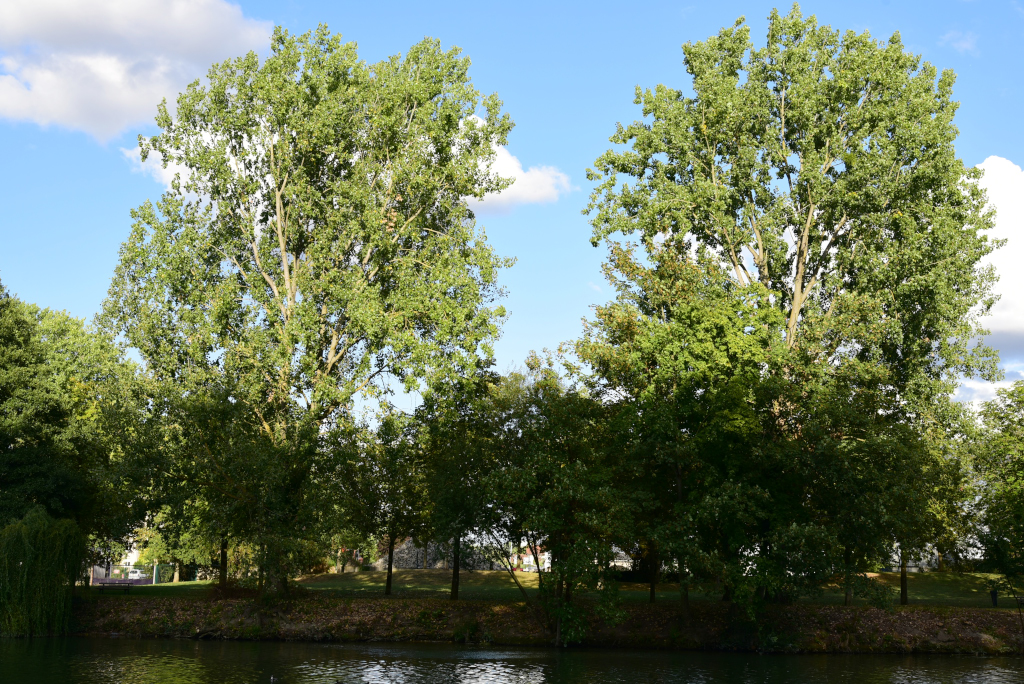
Soissons

Soissons
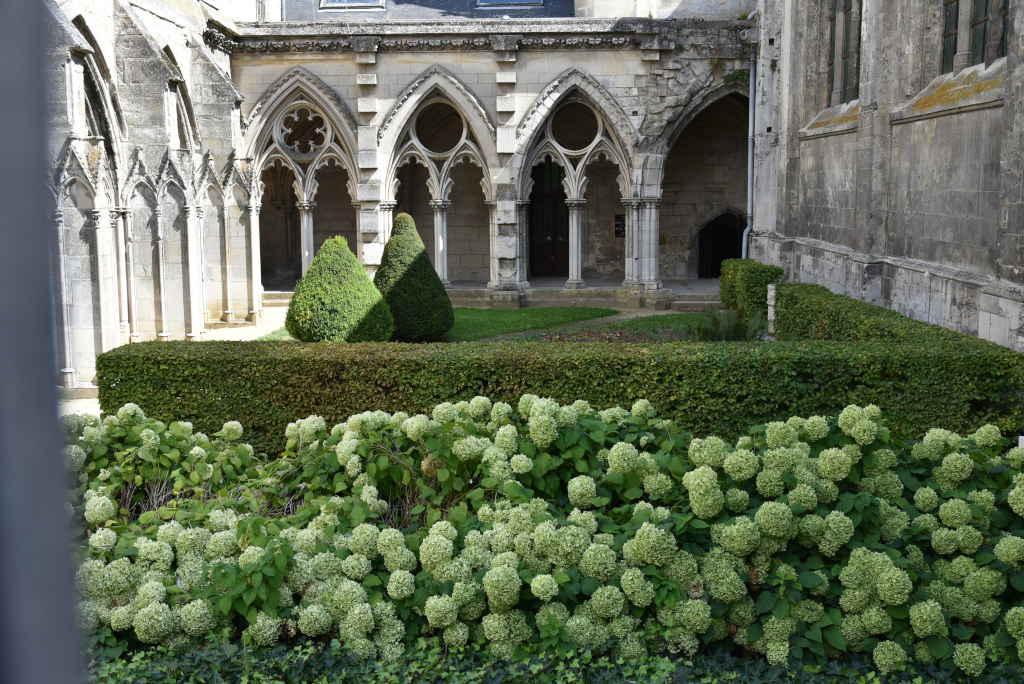
Musée de Soissons (Abbaye Saint-Léger)
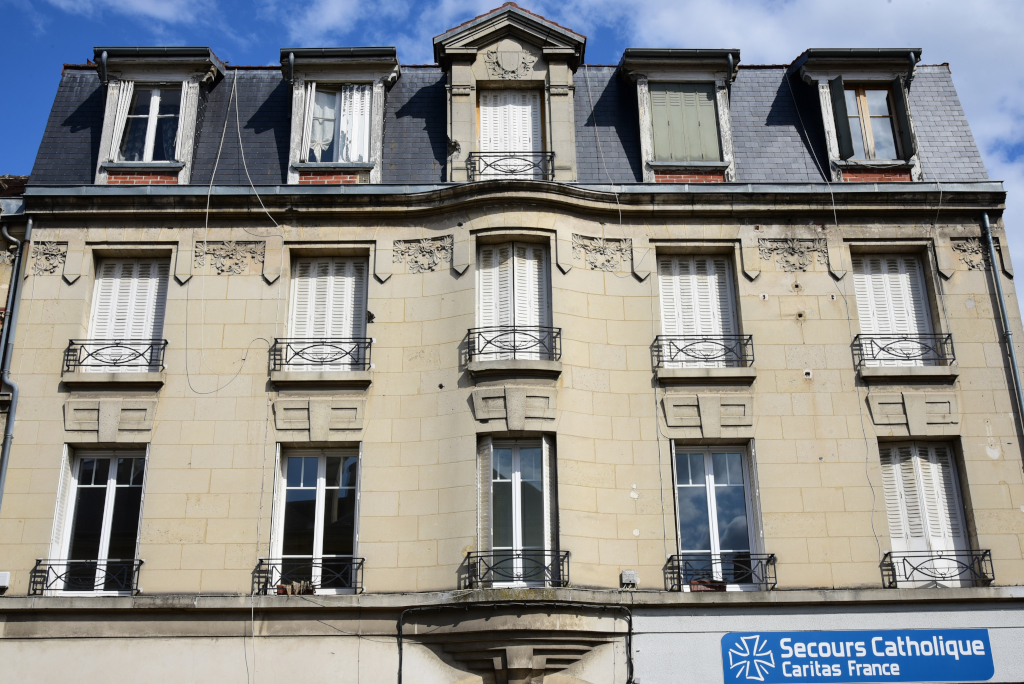
Soissons
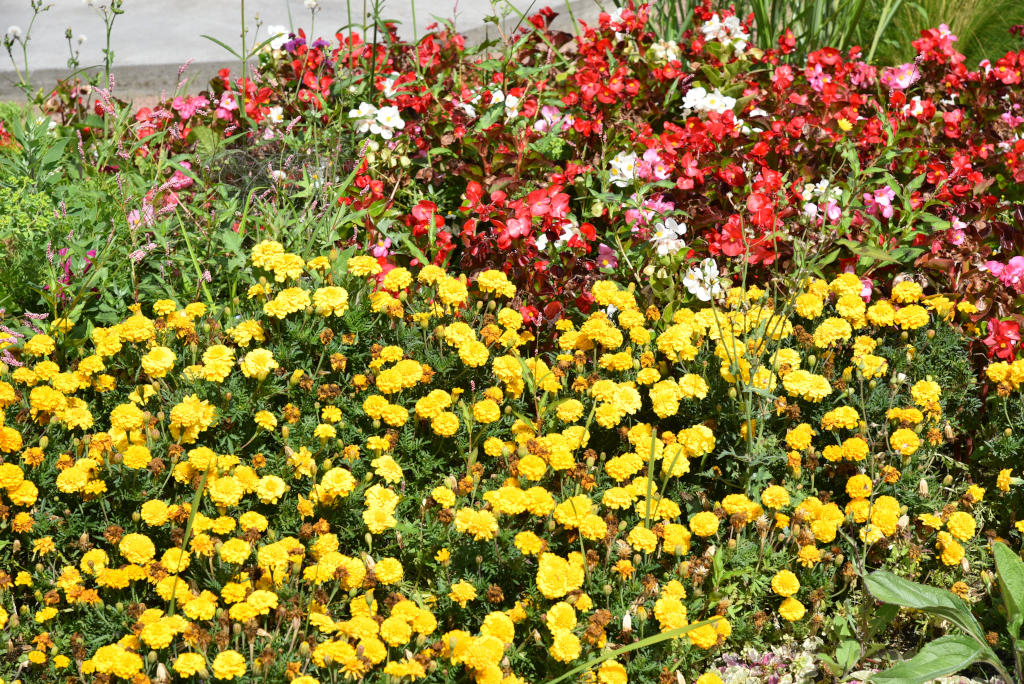
Soissons
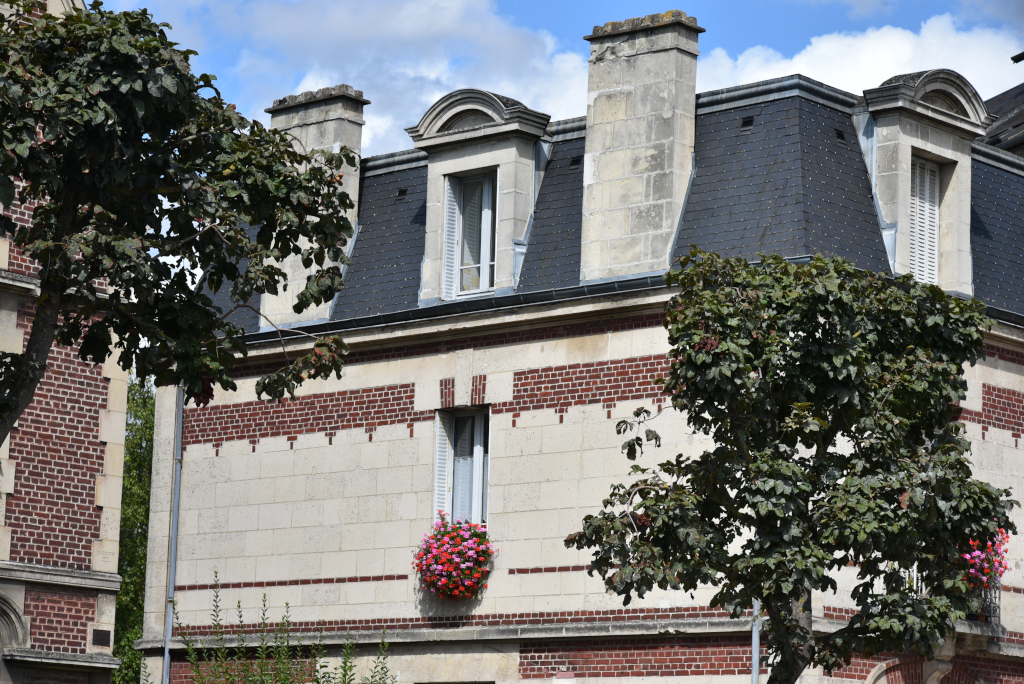
Soissons
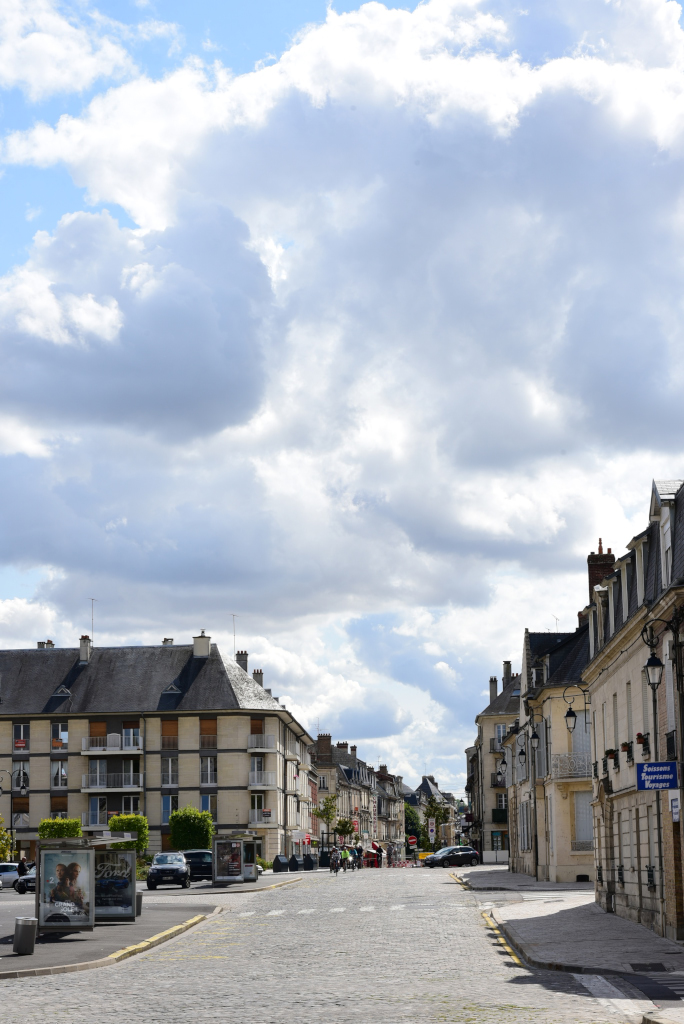
Soissons
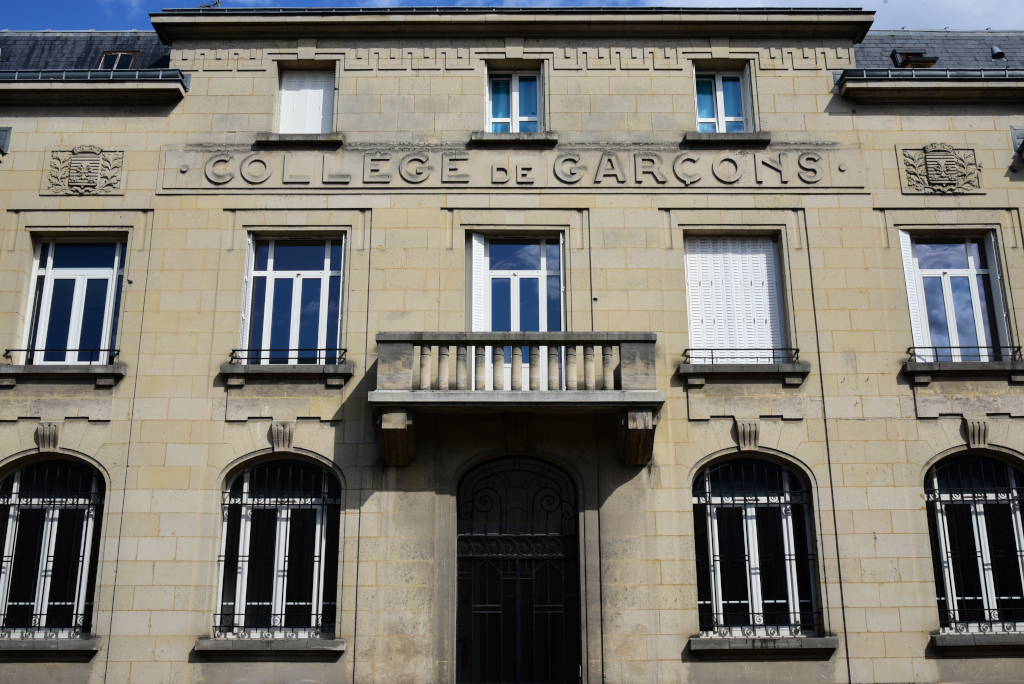
Soissons

Soissons

Soissons
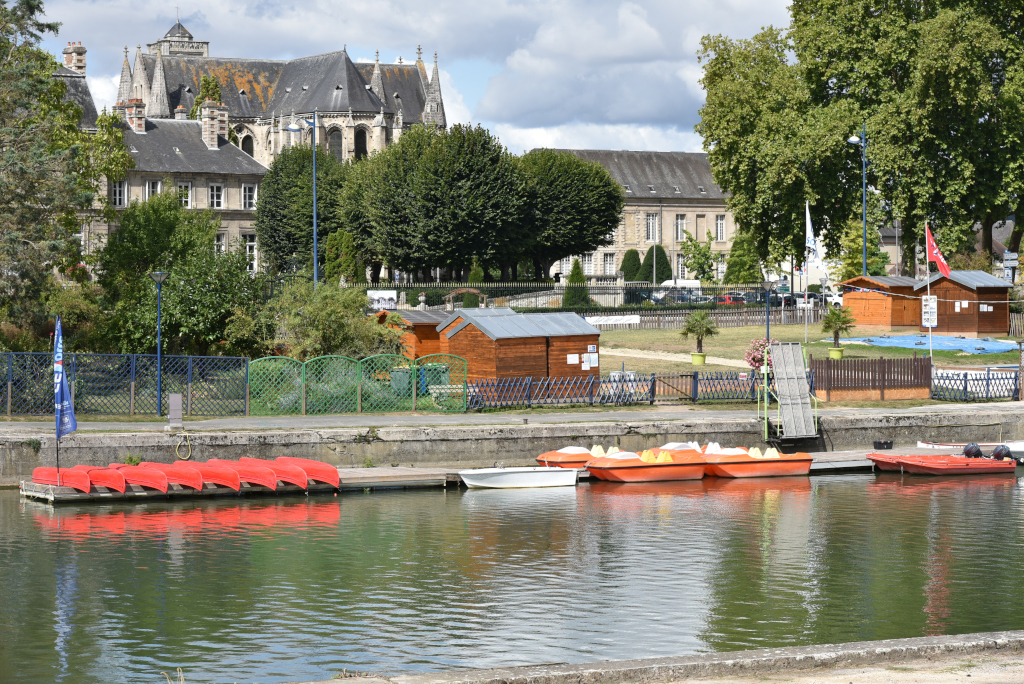
Soissons
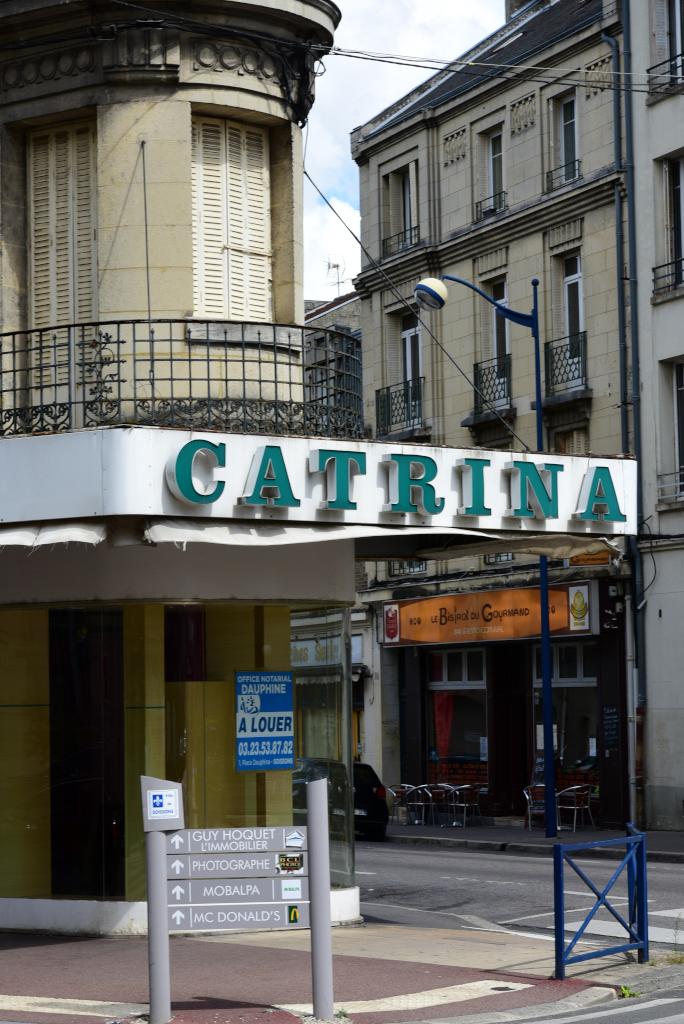
Soissons
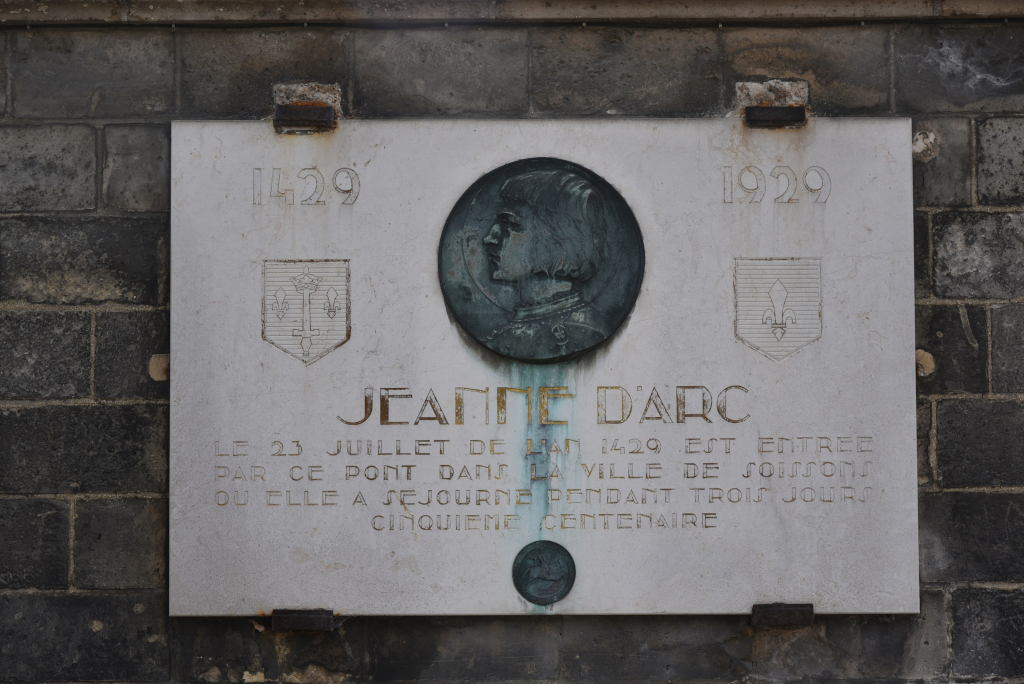
Soissons
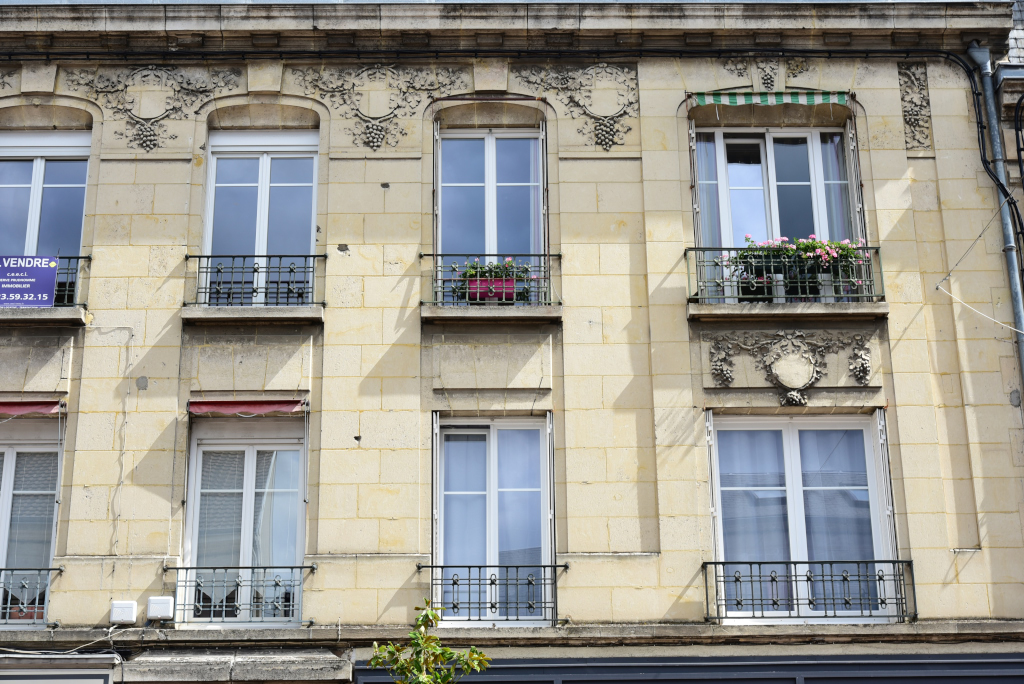
Soissons
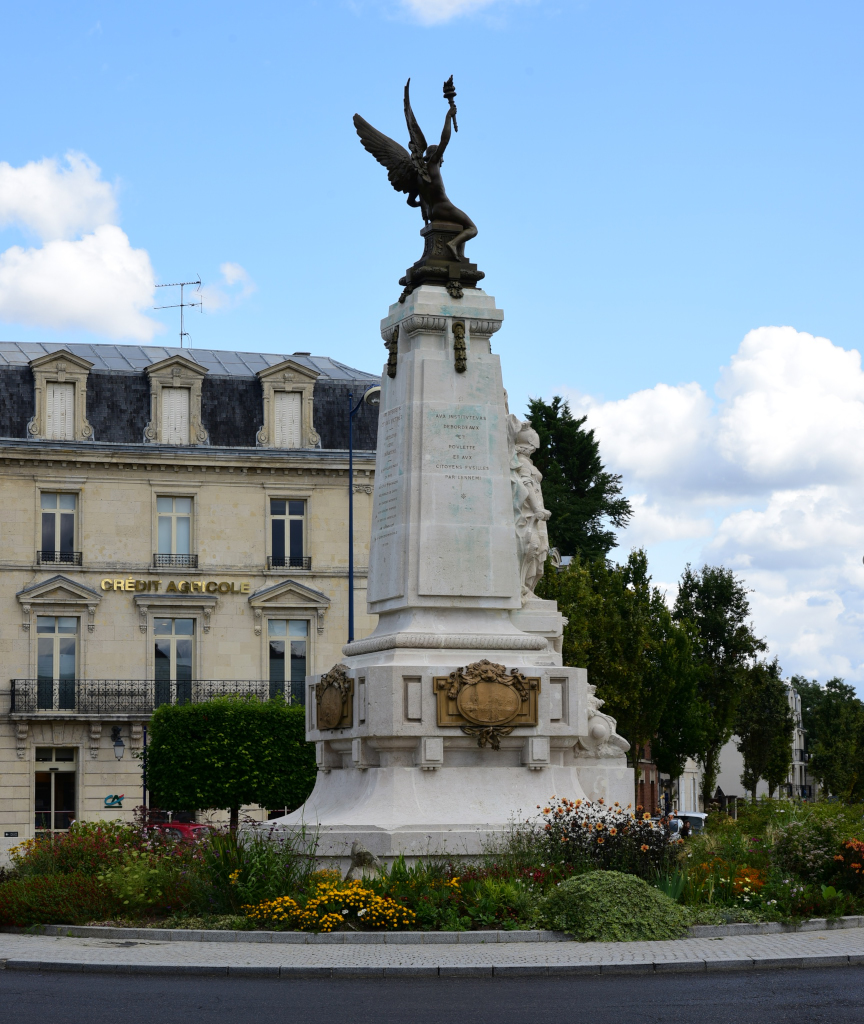
Soissons
Part of the Frankish territory of Neustria, the Soissons region played an important political part during the rule of the Merovingian kings (A.D. 447–751). After the death of Clovis I in 511, Soissons was made the capital of one of the four kingdoms into which his states were divided. Eventually, the kingdom of Soissons disappeared in 613 when the Frankish lands were amalgamated under Chlothar II.

Soissons
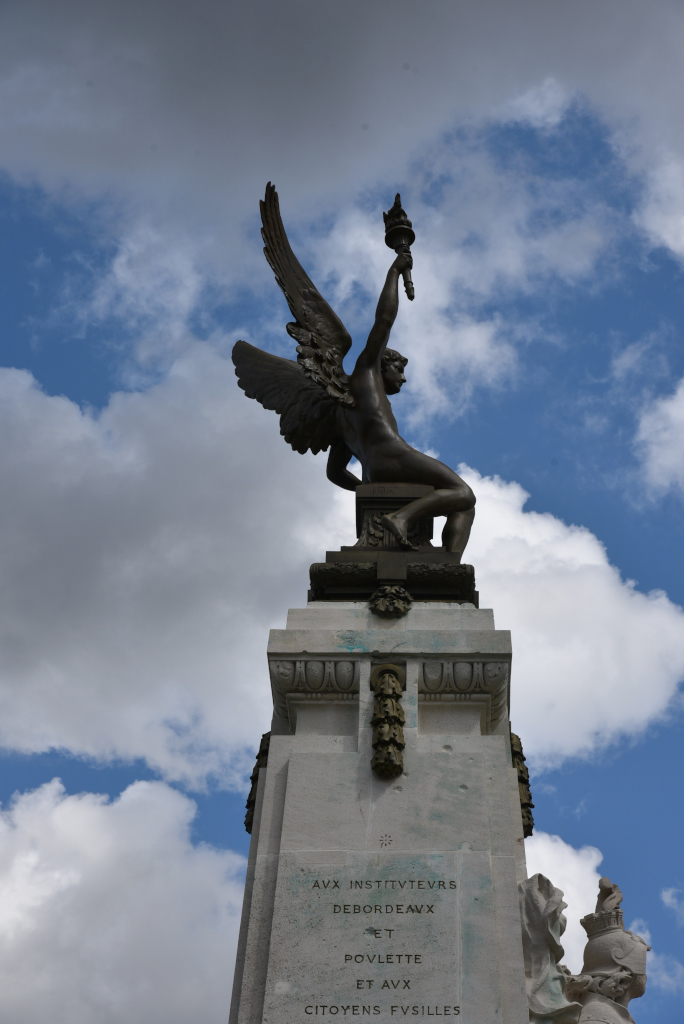
Soissons
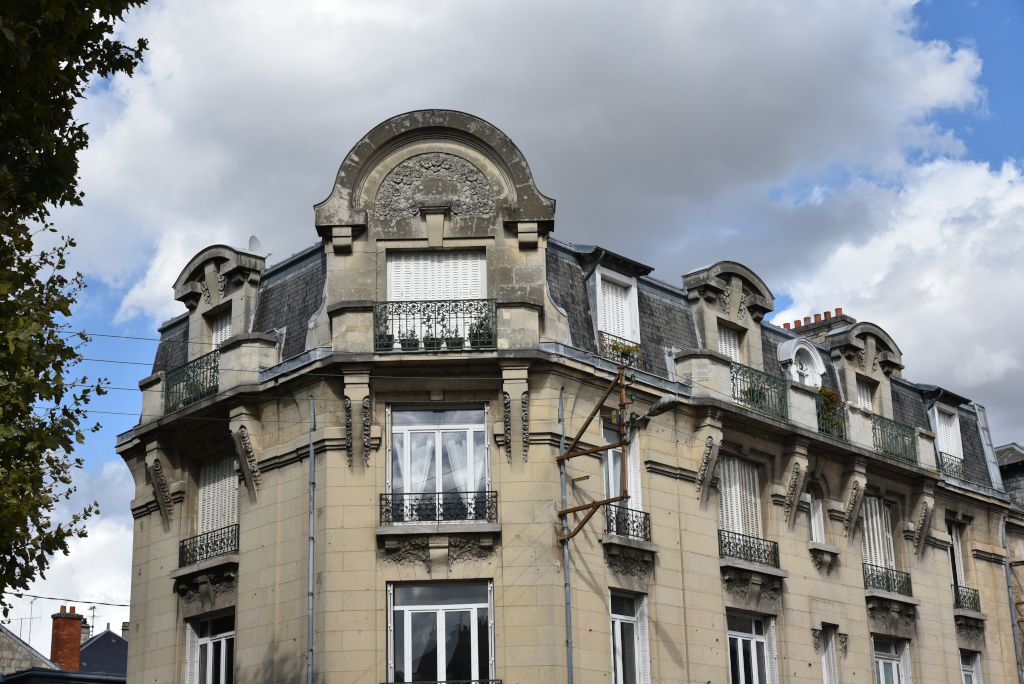
Soissons
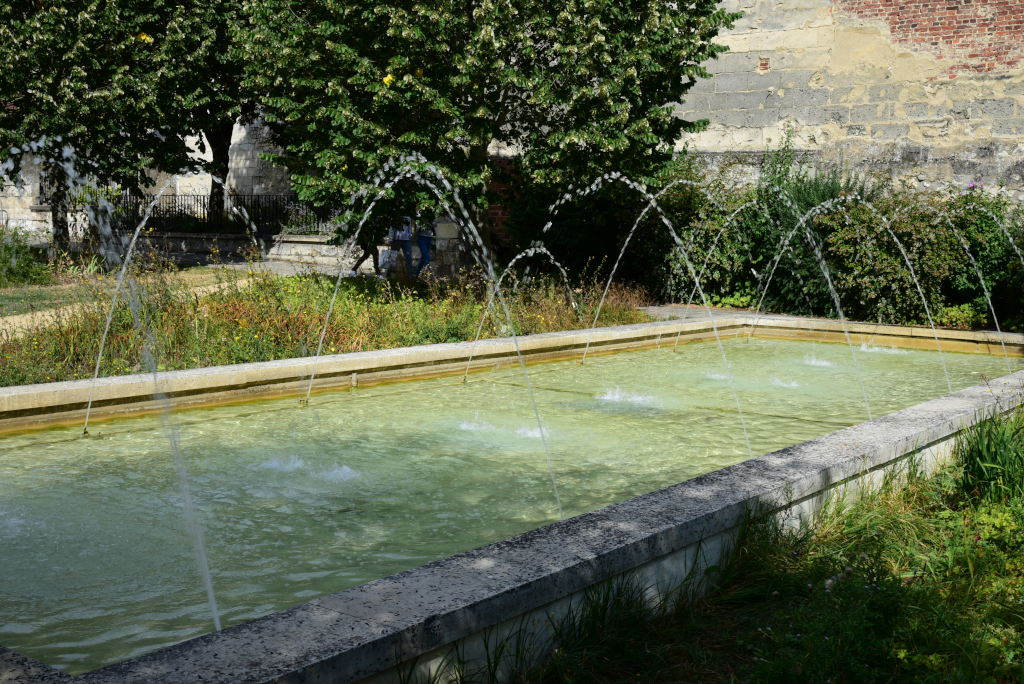
Soissons

Soissons

Soissons
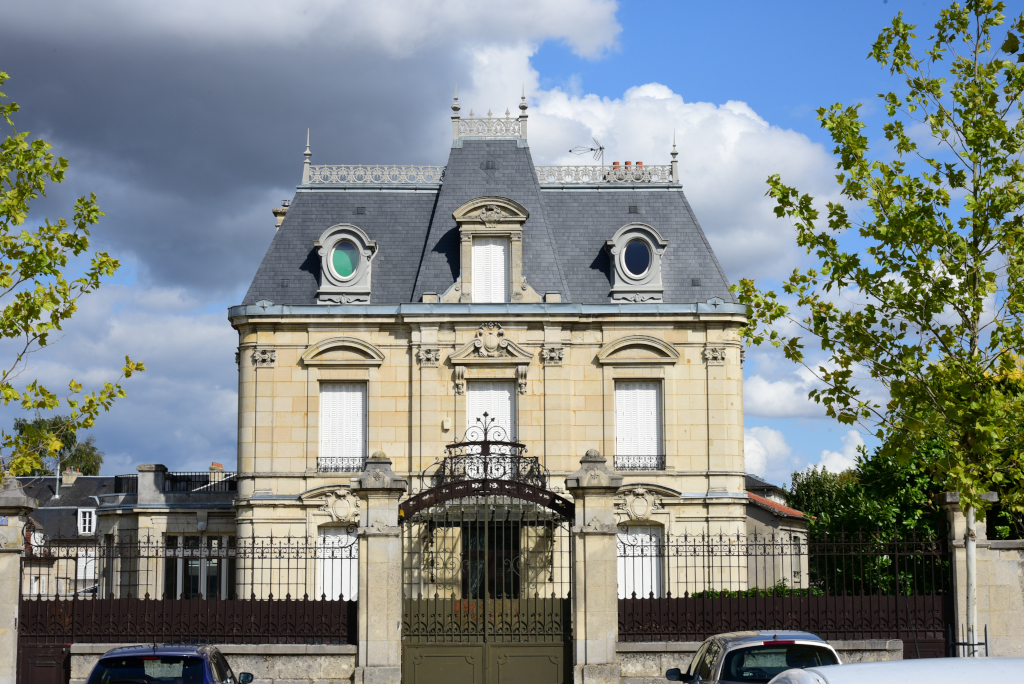
Soissons
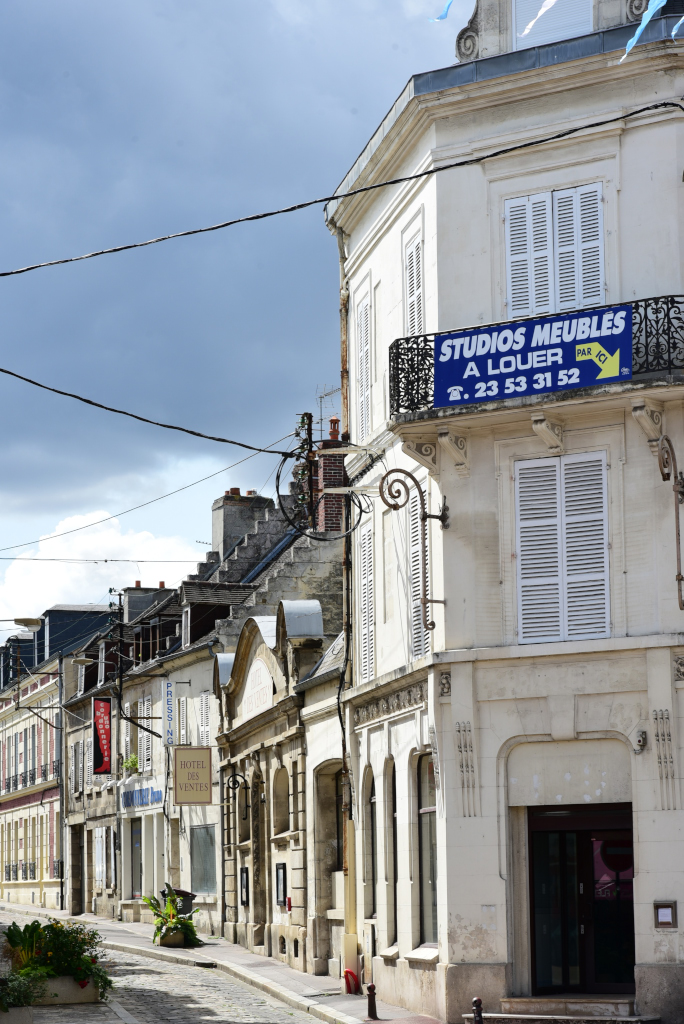
Soissons
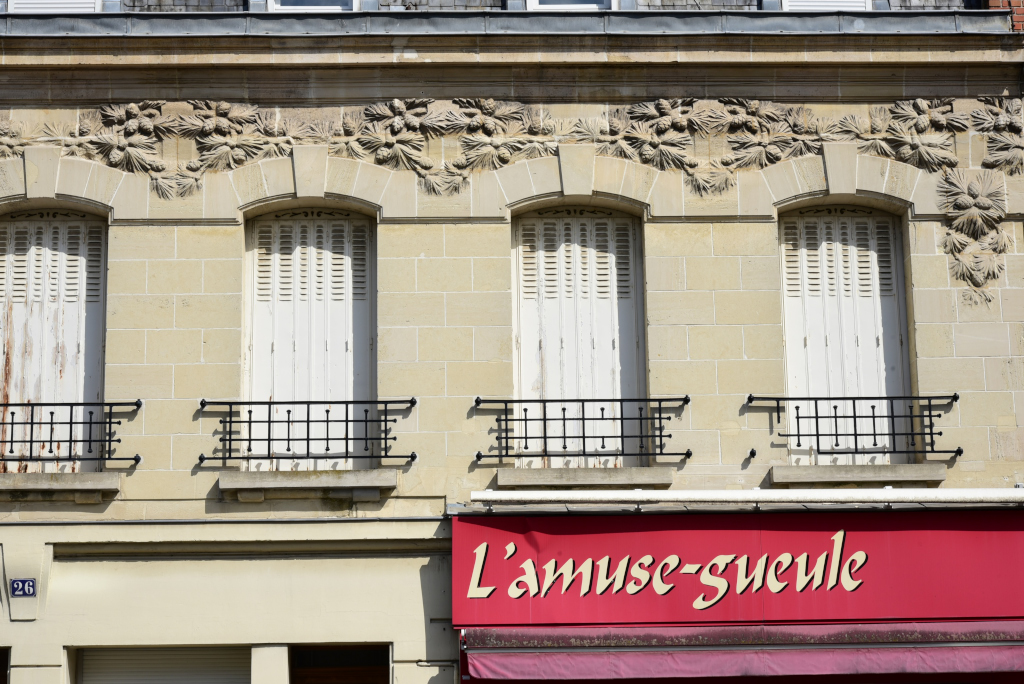
Soissons
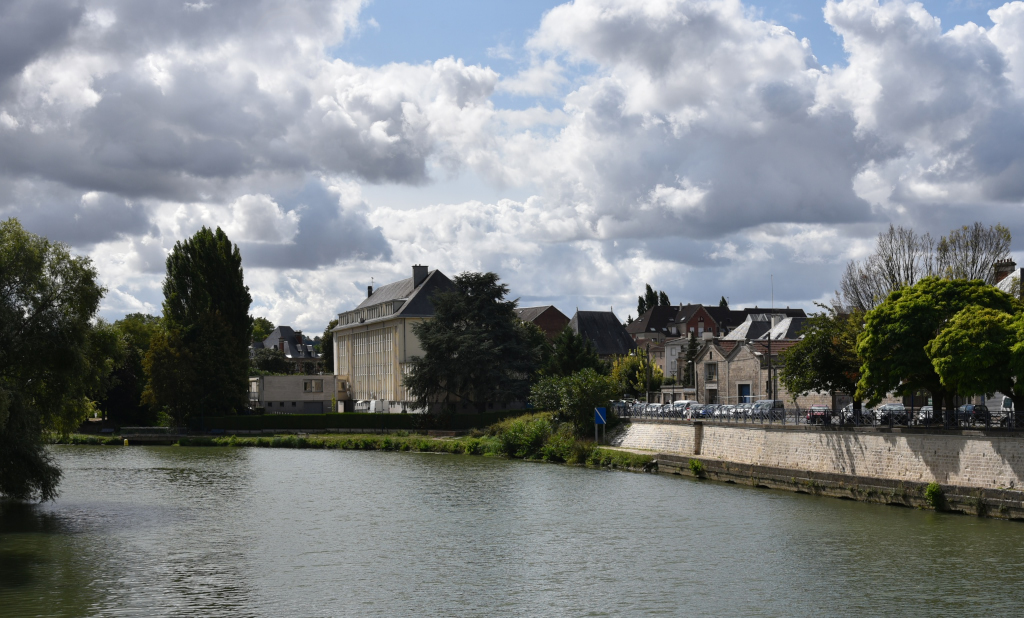
Soissons
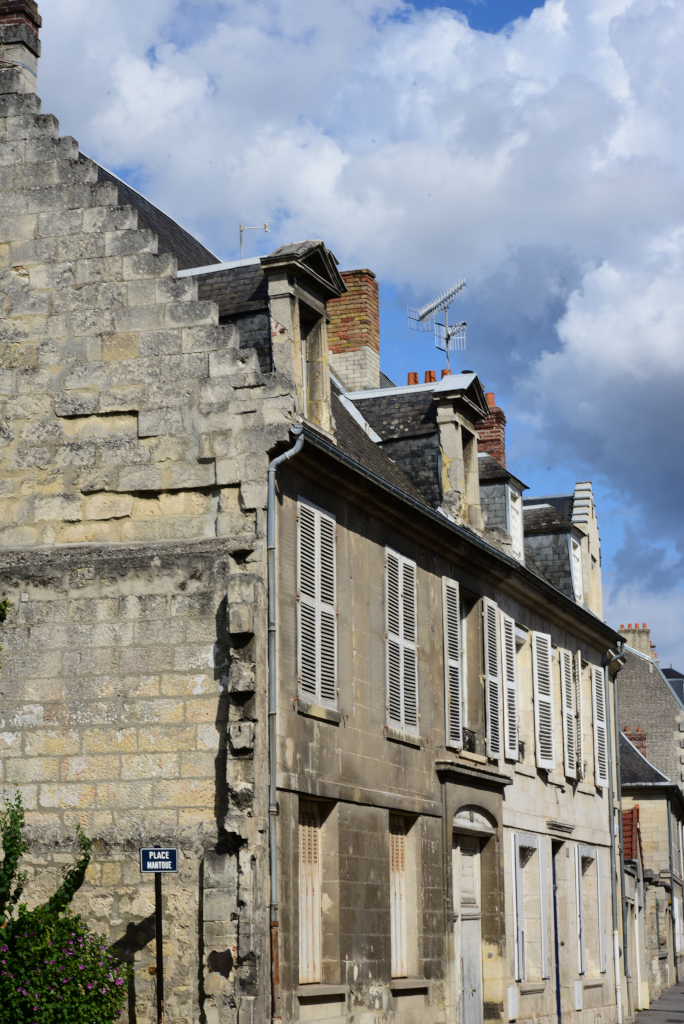
Soissons
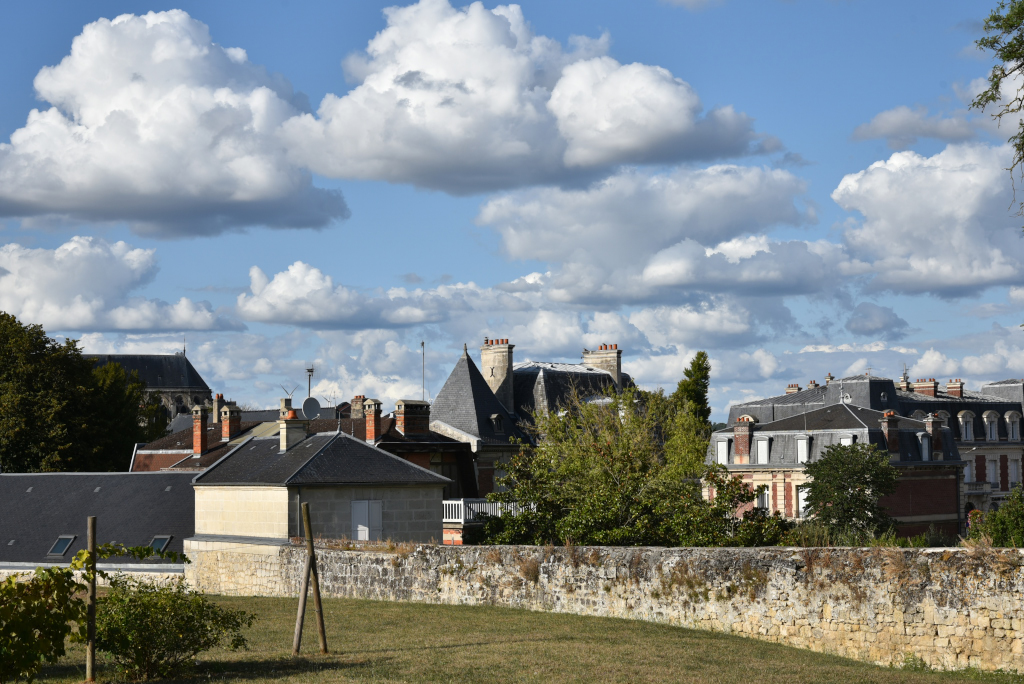
Arsenal Musee De Soissons
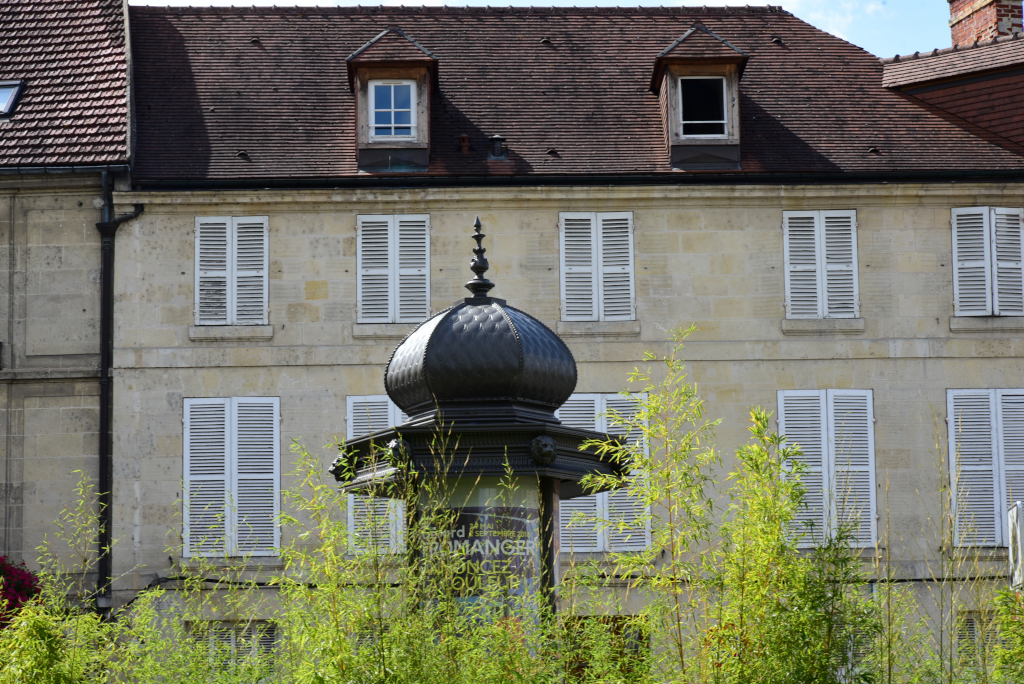
Soissons
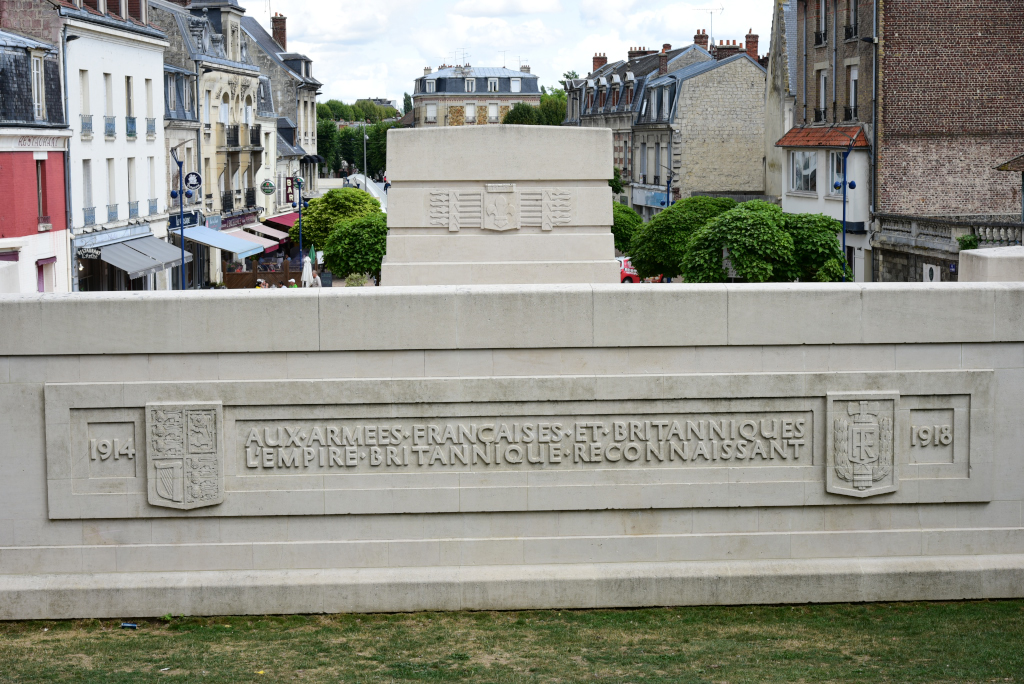
Soissons
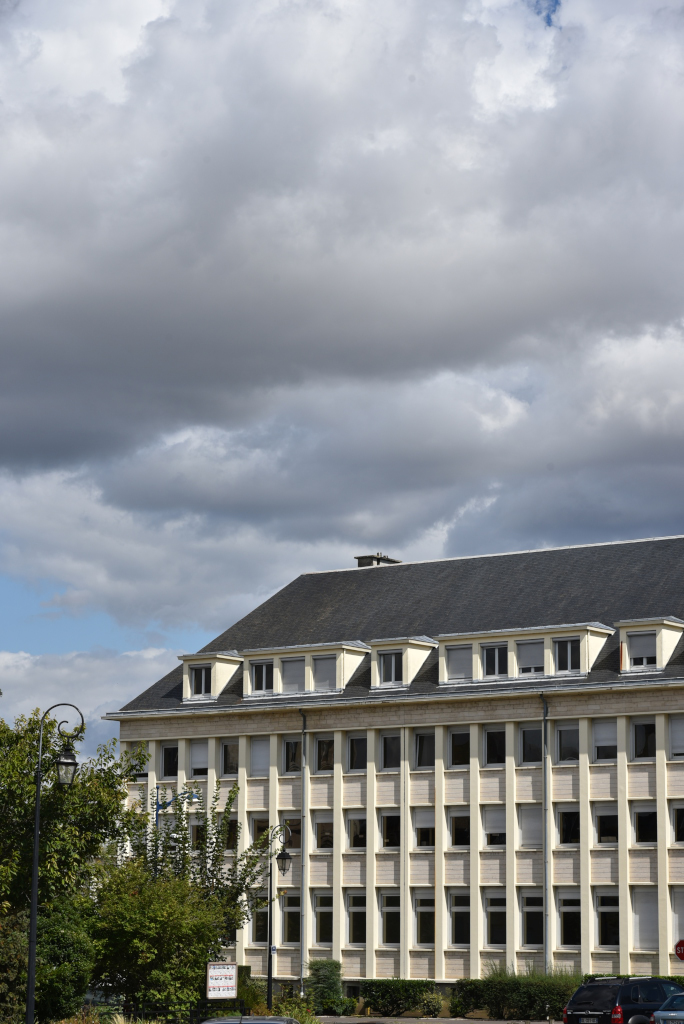
Soissons
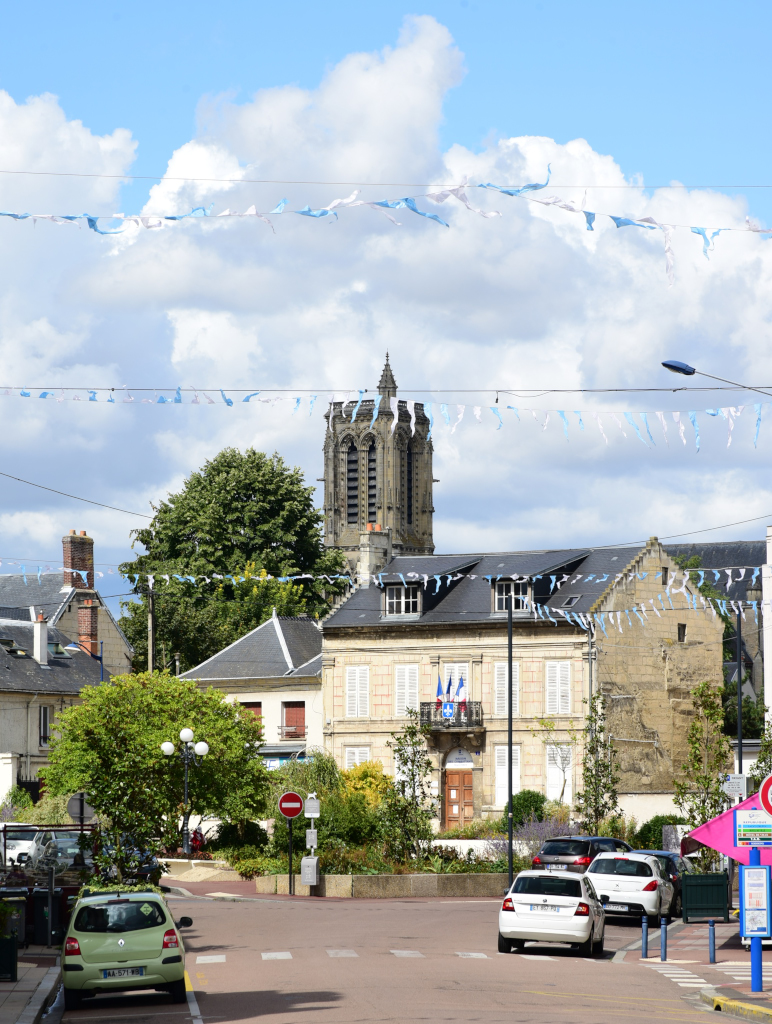
Soissons
During the Hundred Years’ War, French forces committed a notorious massacre of English archers stationed at the town’s garrison, in which many of the locals were raped and killed.The massacre of French citizens by French soldiers shocked Europe; Henry V of England, noting that the town of Soissons was dedicated to the saints Crispin and Crispinian, claimed to avenge the honour of the saints when he met the French forces at the Battle of Agincourt on Saint Crispin’s Day 1415.
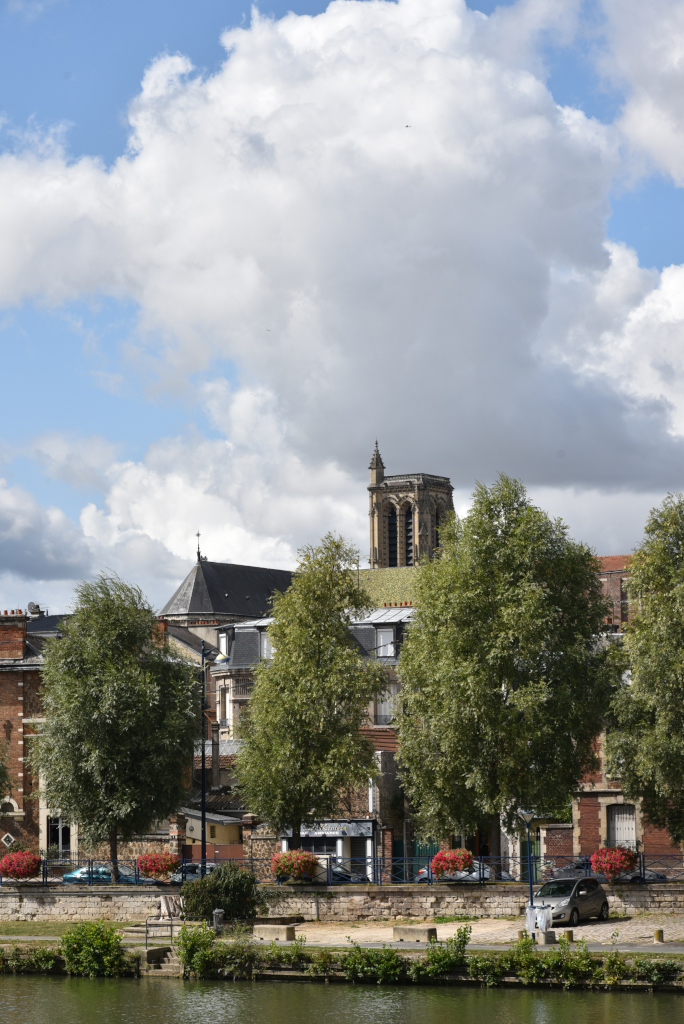
Soissons
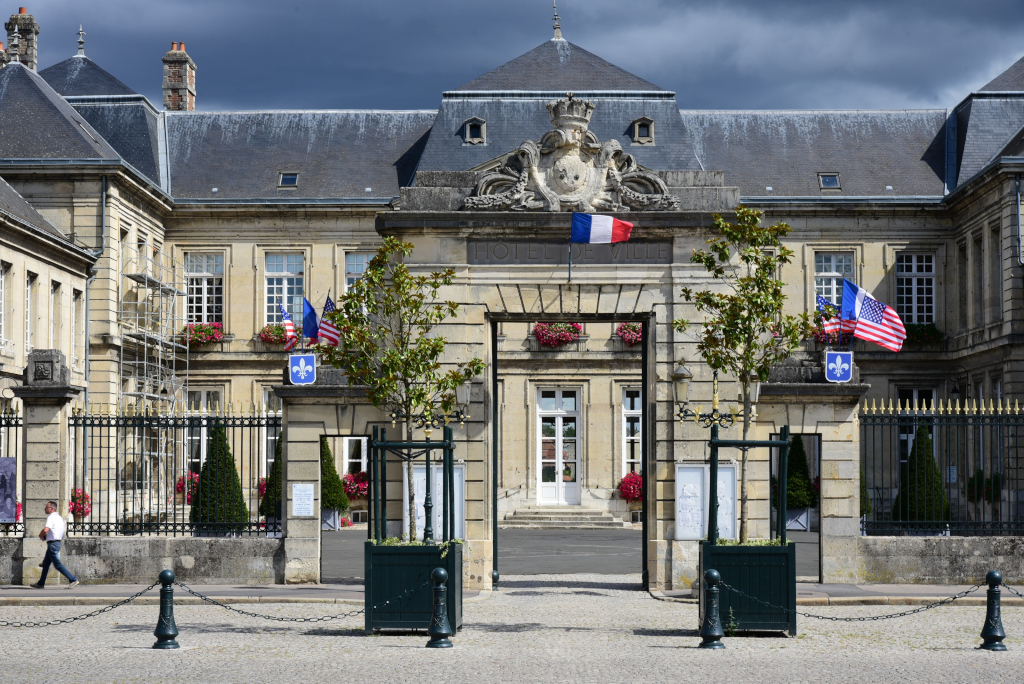
Mairie de Soissons
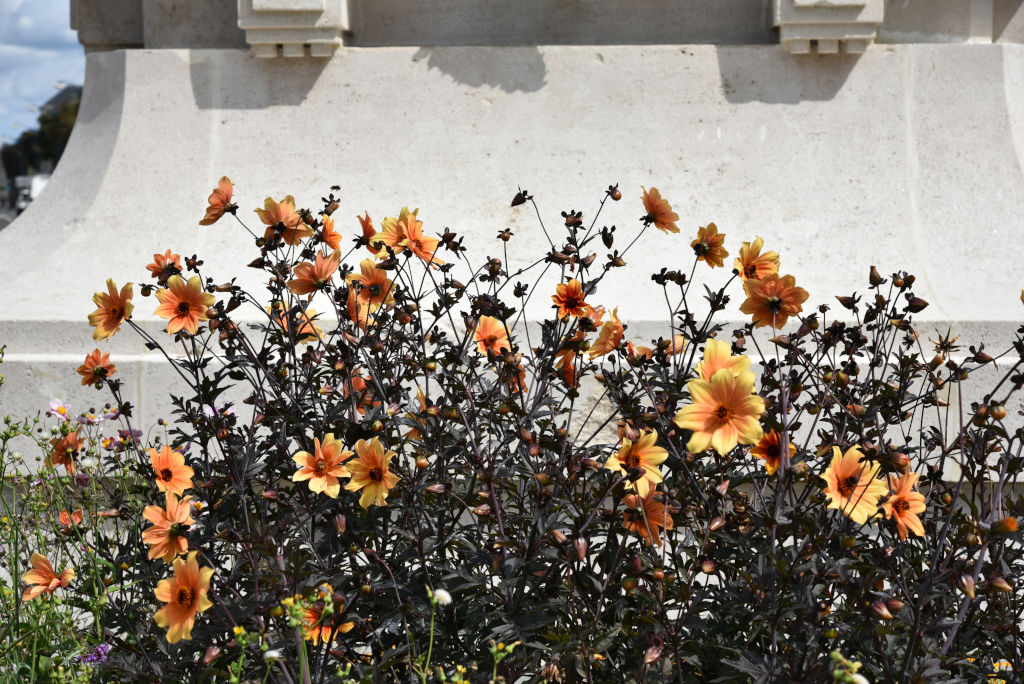
Soissons
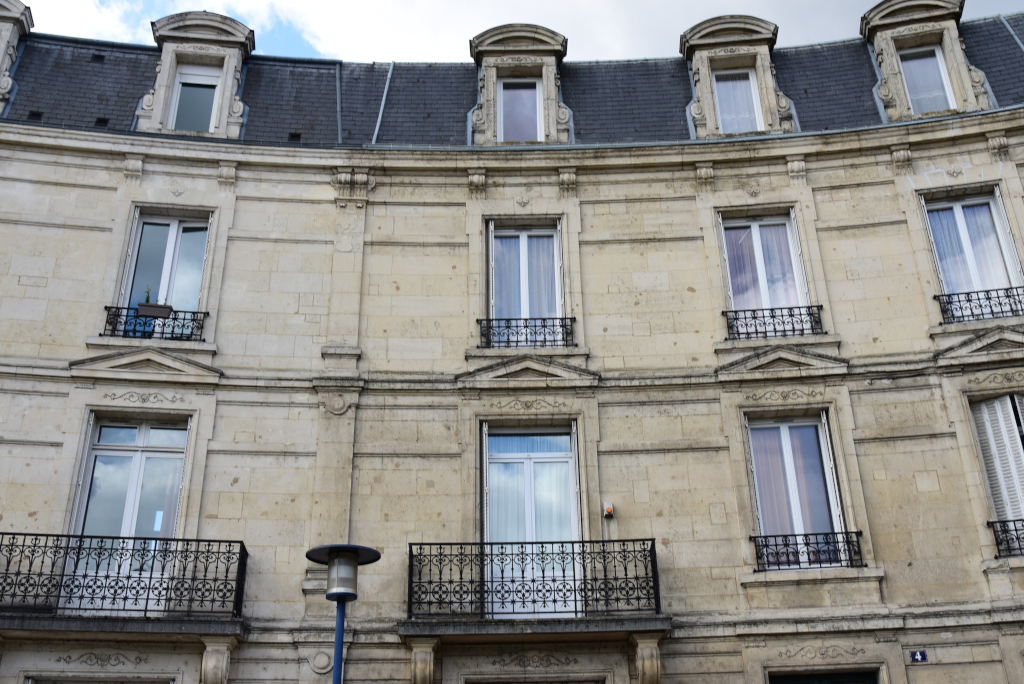
Soissons
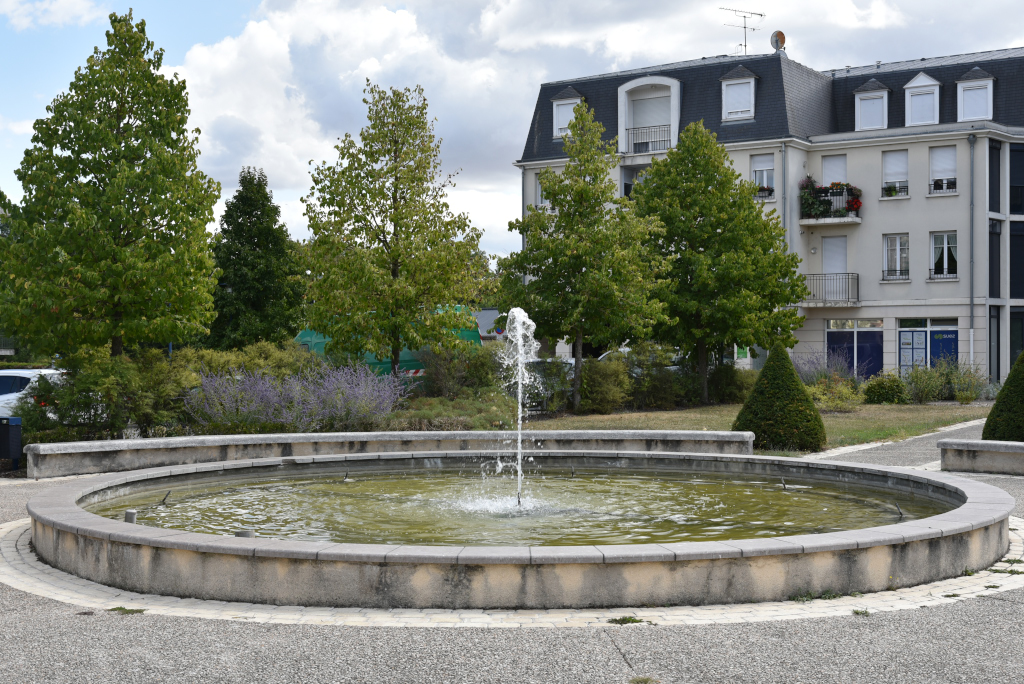
Soissons

Soissons

Soissons
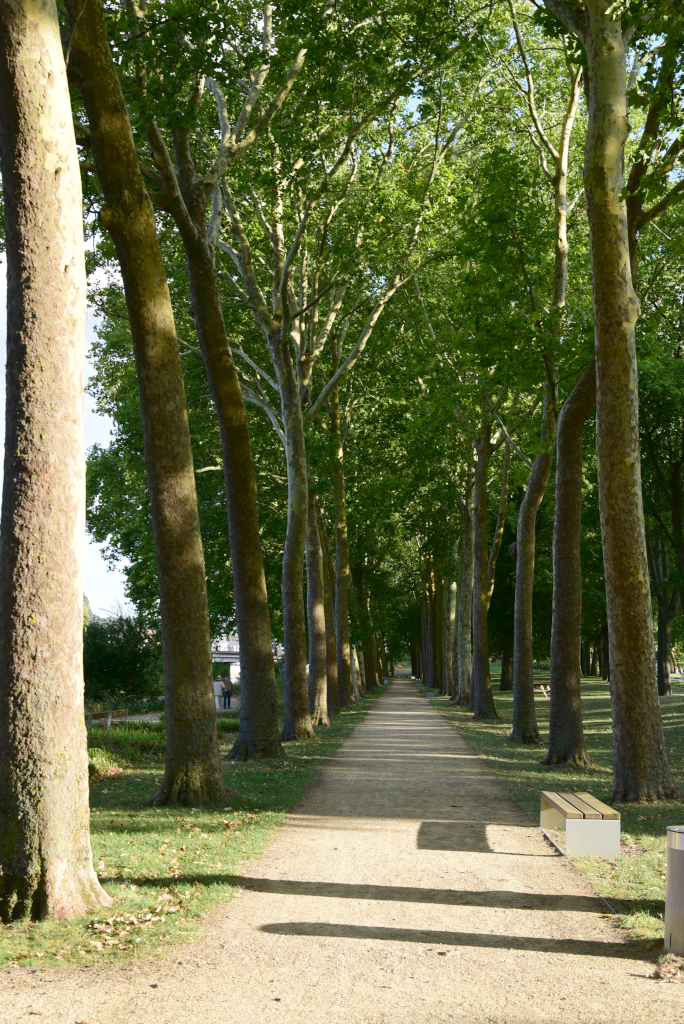
Soissons
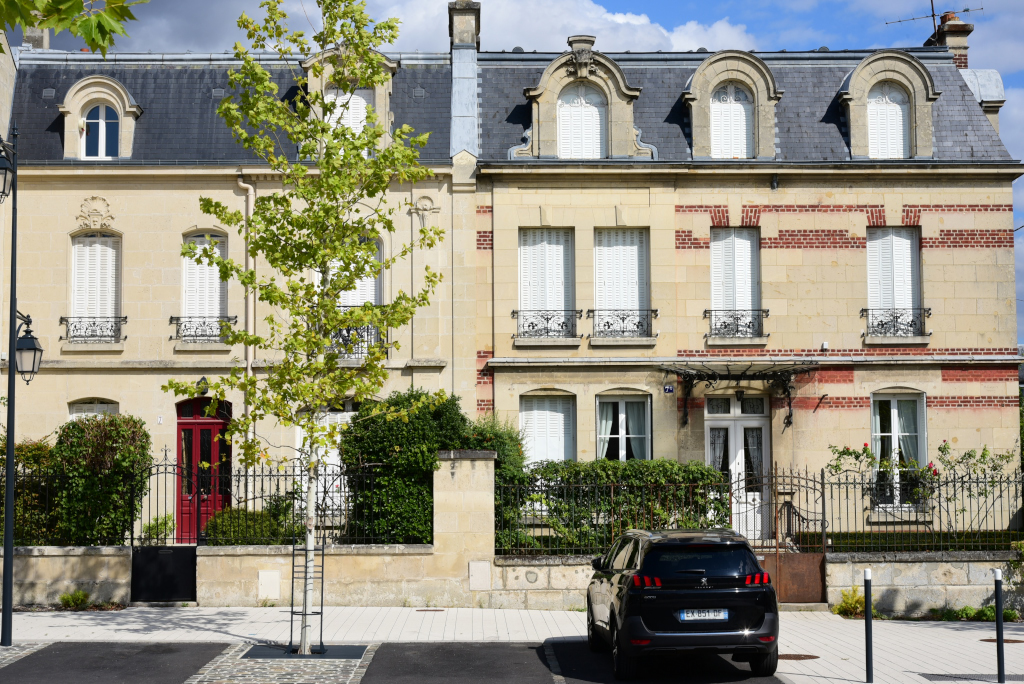
Soissons
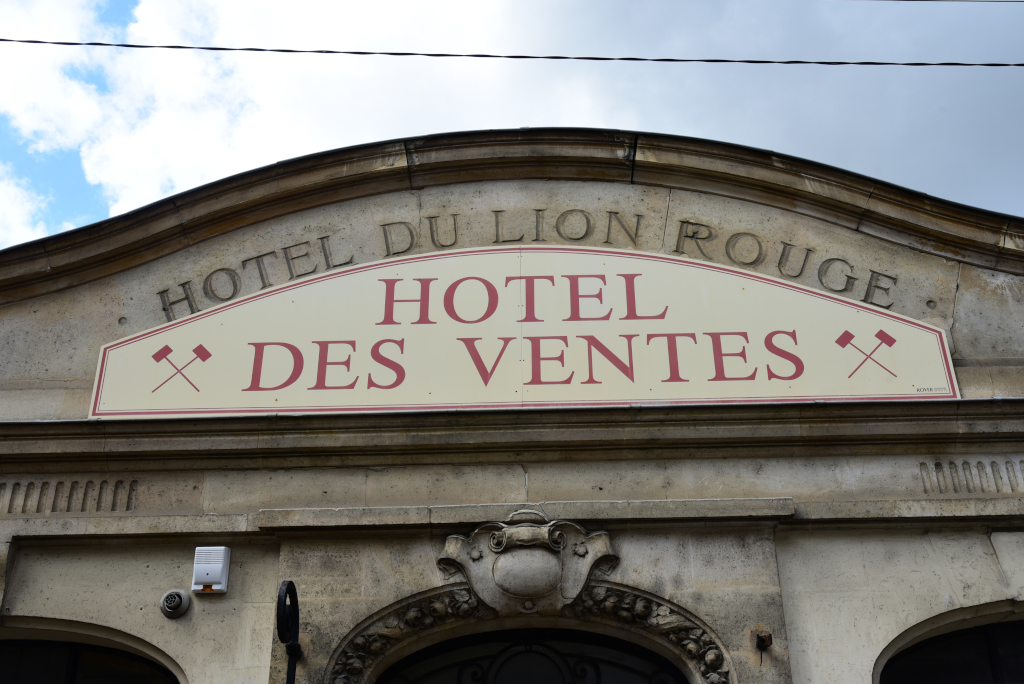
Soissons

Soissons
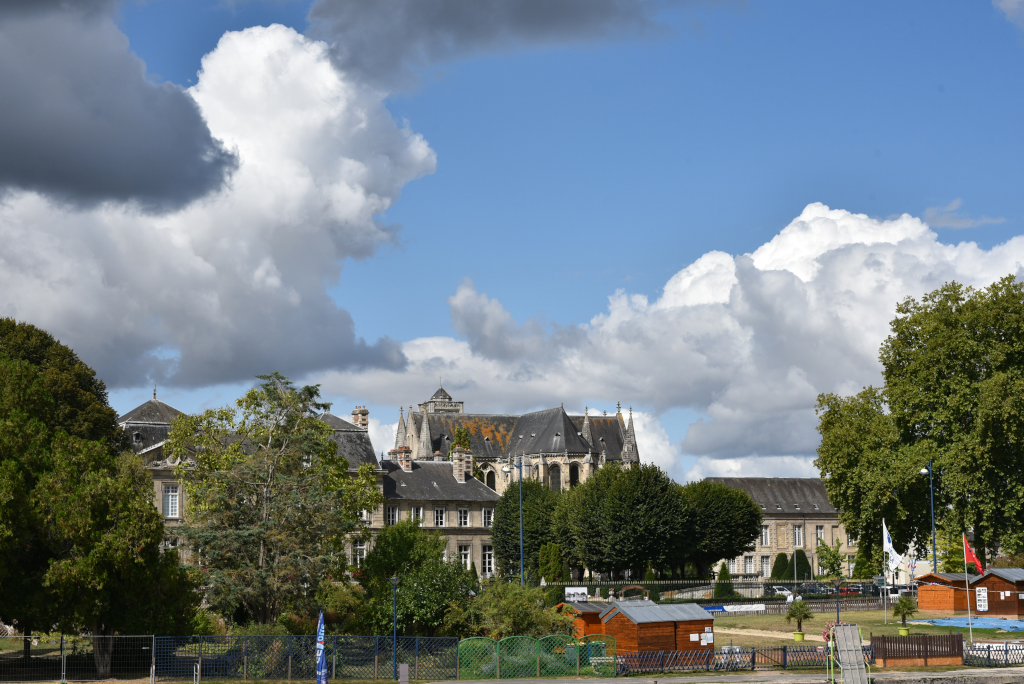
Soissons

Soissons
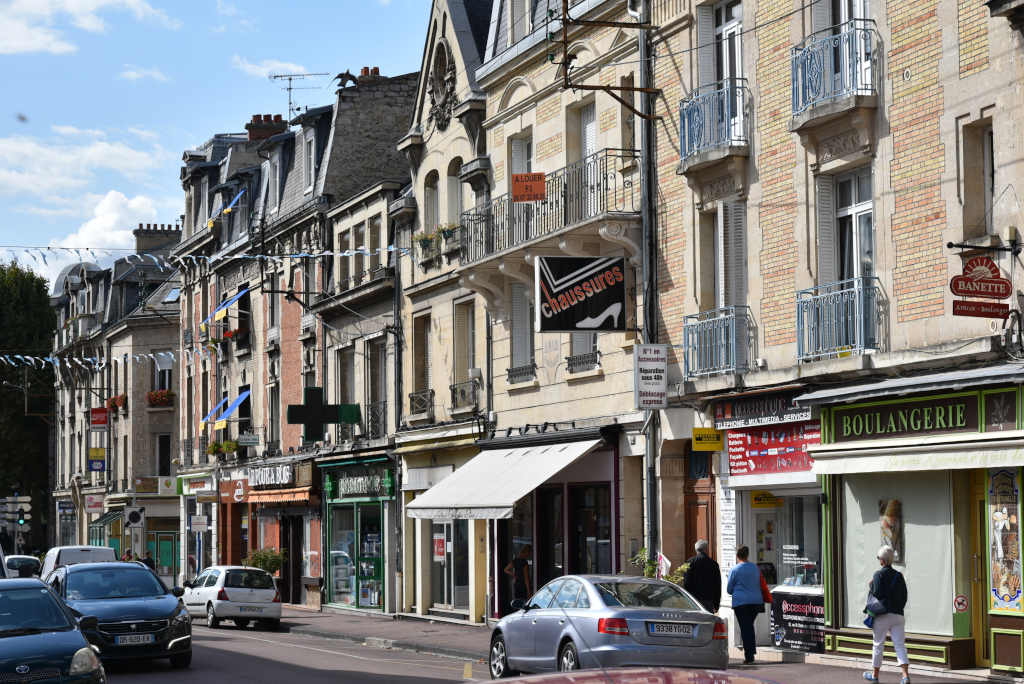
Soissons

Soissons
The Saint-Gervais-et-Saint-Protais cathedral is a masterpiece of the Gothic era, a basilica that is the seat of the Bishop of Soissons, Laon, and Saint-Quentin. The construction of the south transept was begun about 1177, and the lowest courses of the choir in 1182. The single western tower dates from the mid-13th century and is an imitation of those of Notre-Dame de Paris, which it equals in height (66 m, or 216 ft). The southern transept, the oldest portion of the whole edifice, terminates in an apse. The choir end of the cathedral has stained glass from the 13th century.
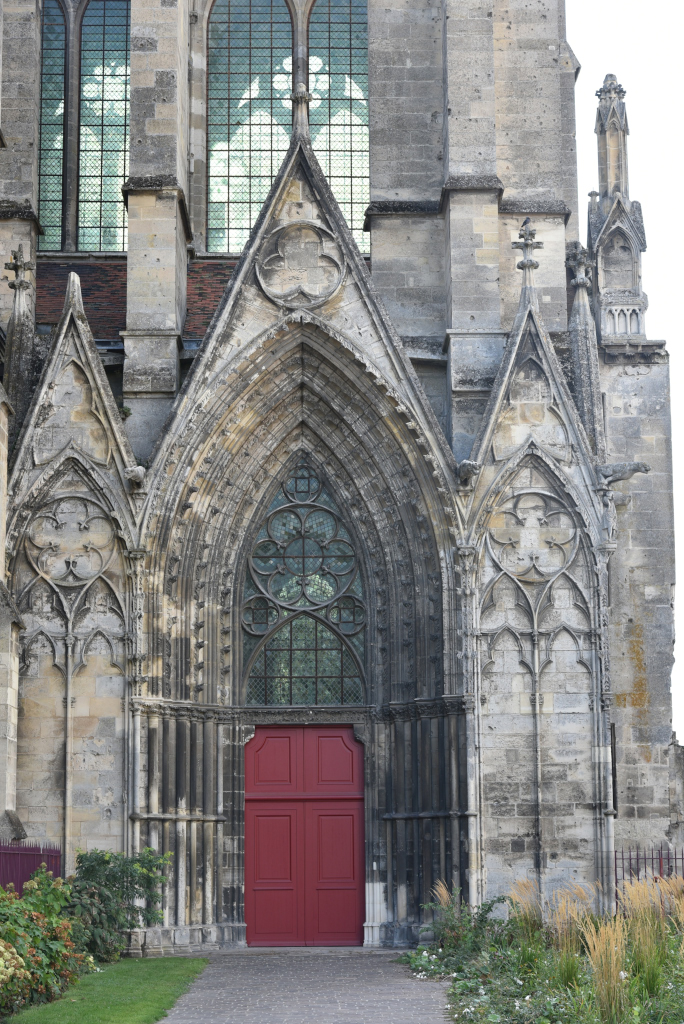
Cathédrale Saint-Gervais-et-Saint-Protais de Soissons
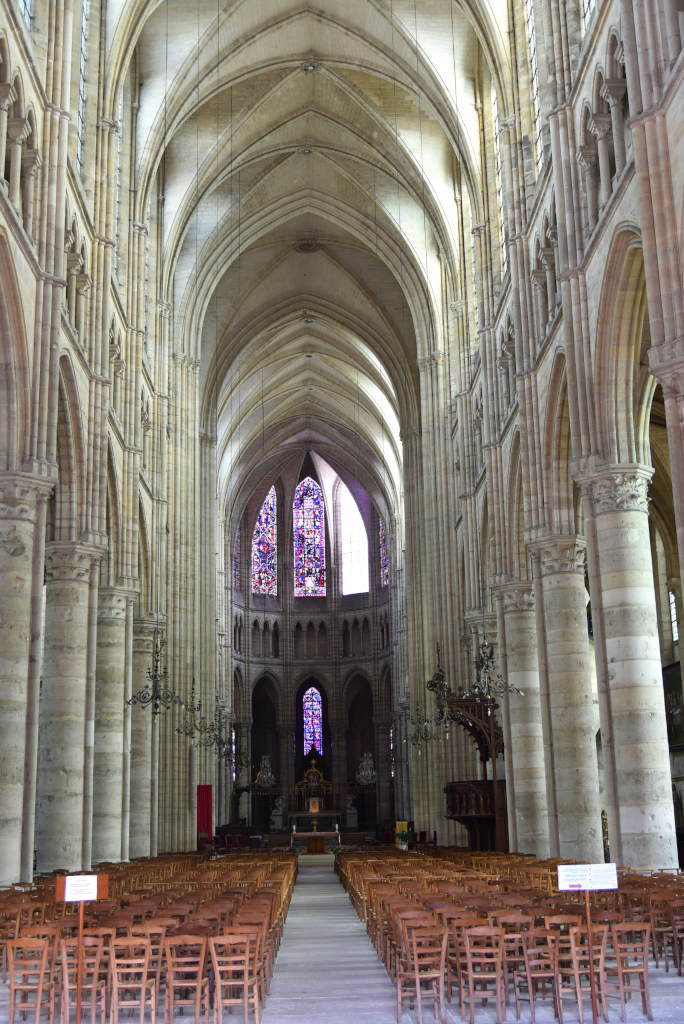
Cathédrale Saint-Gervais-et-Saint-Protais de Soissons

Cathédrale Saint-Gervais-et-Saint-Protais de Soissons
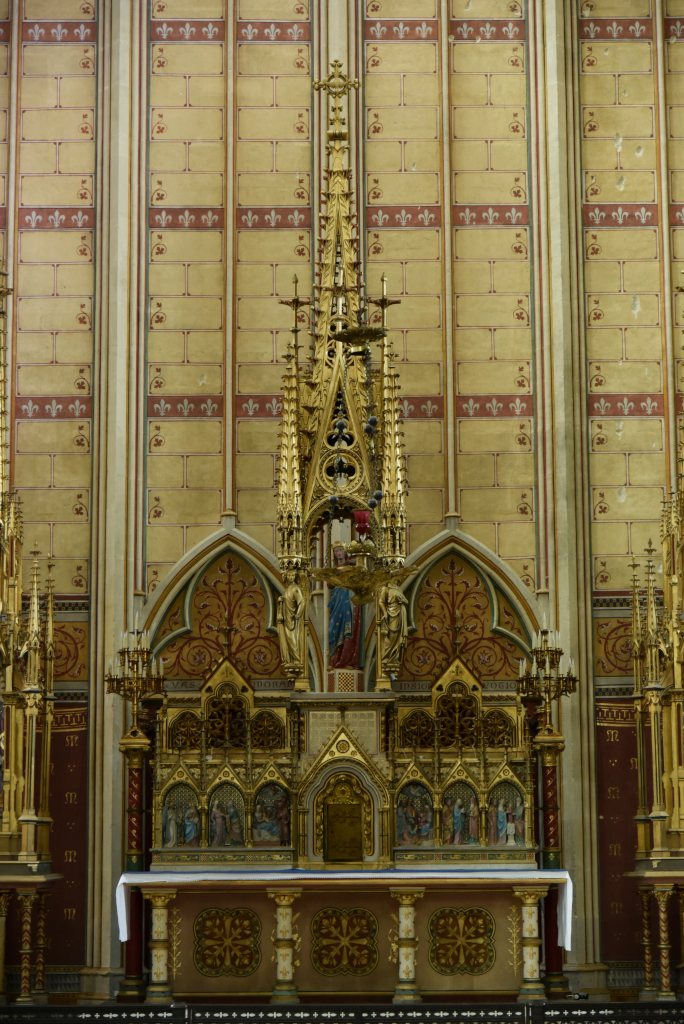
Cathédrale Saint-Gervais-et-Saint-Protais de Soissons
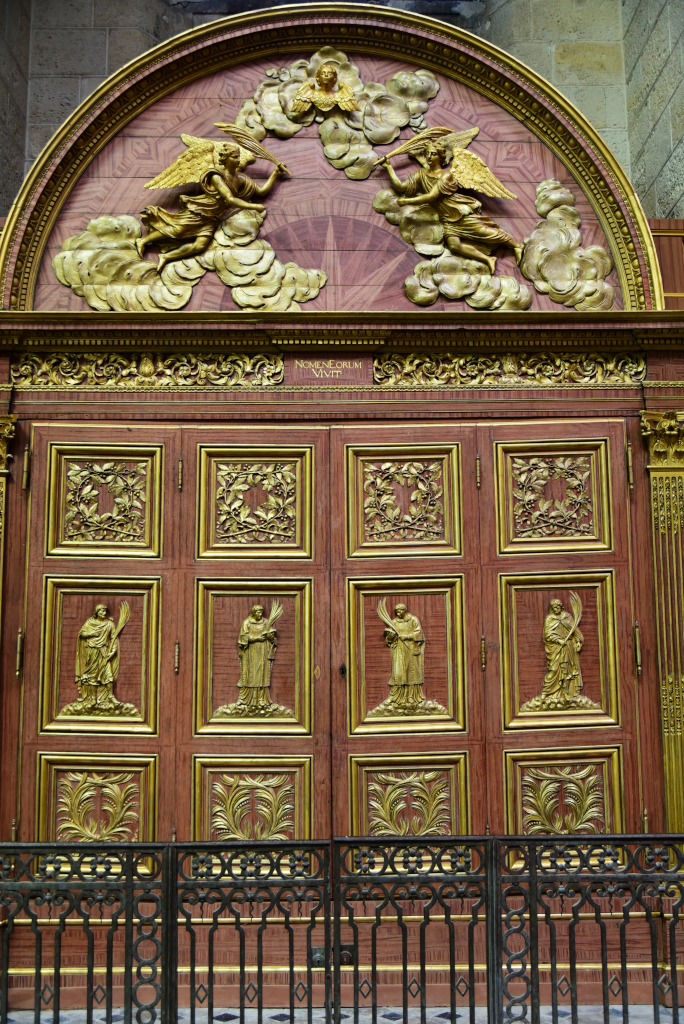
Cathédrale Saint-Gervais-et-Saint-Protais de Soissons
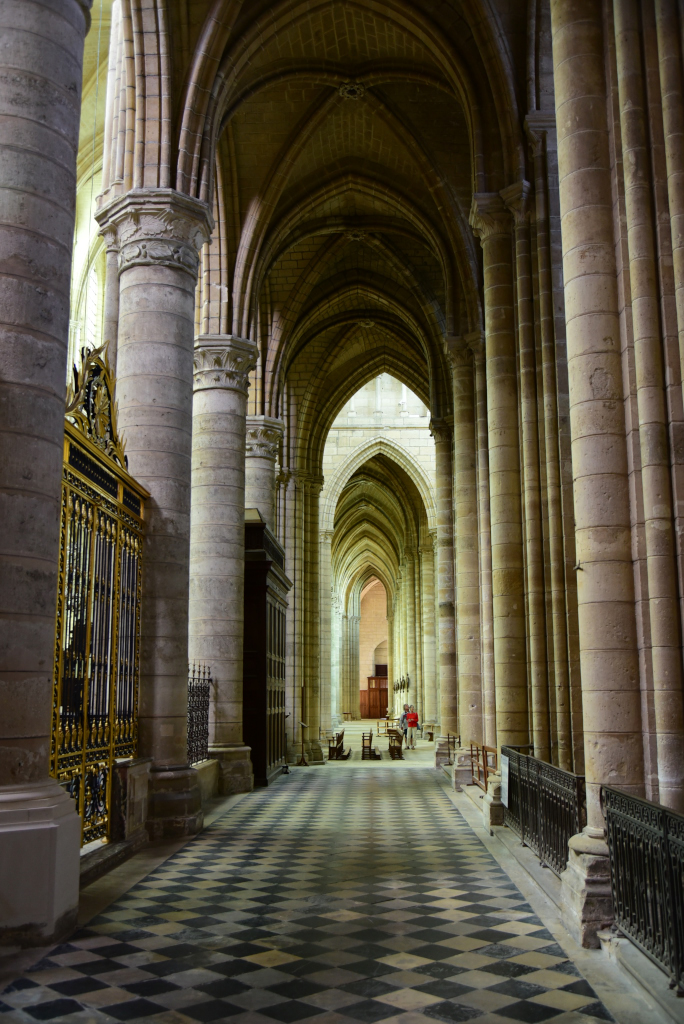
Cathédrale Saint-Gervais-et-Saint-Protais de Soissons
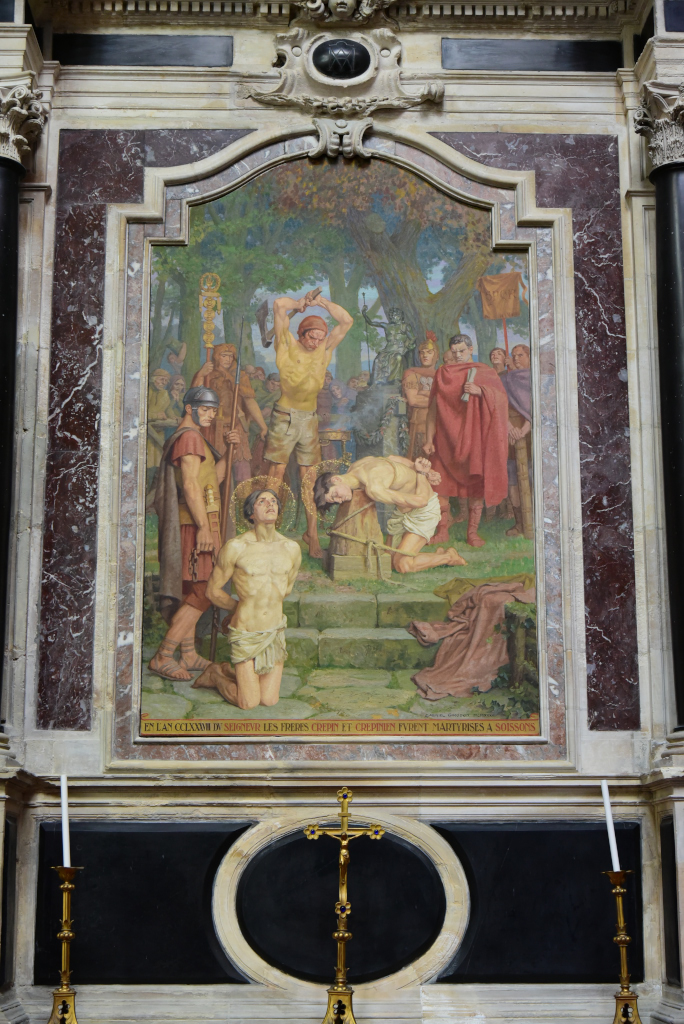
Cathédrale Saint-Gervais-et-Saint-Protais de Soissons
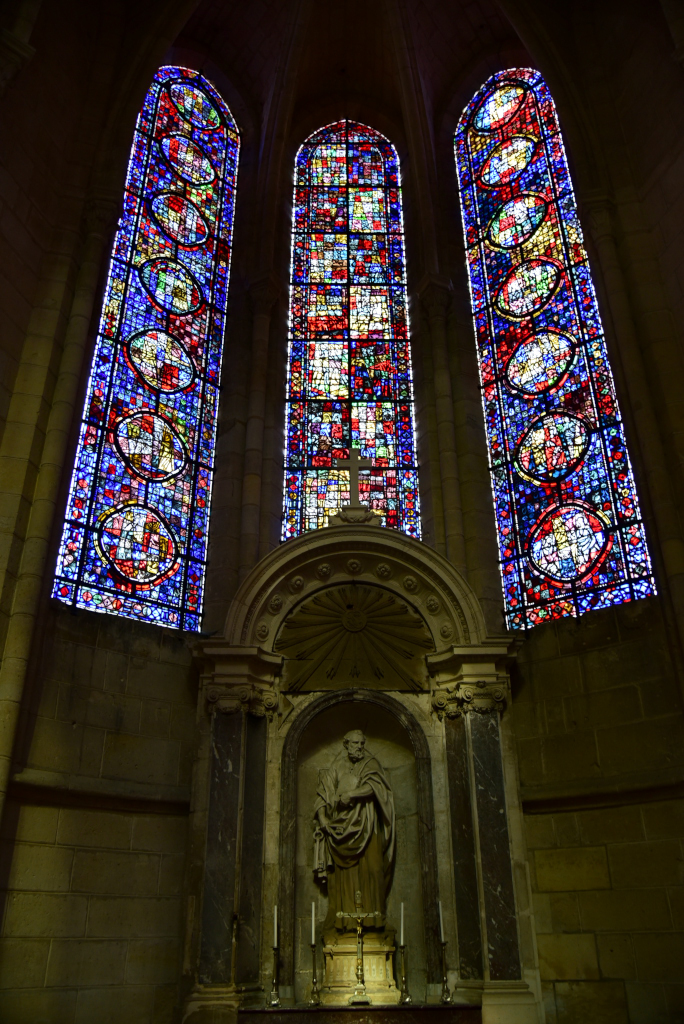
Cathédrale Saint-Gervais-et-Saint-Protais de Soissons

Cathédrale Saint-Gervais-et-Saint-Protais de Soissons
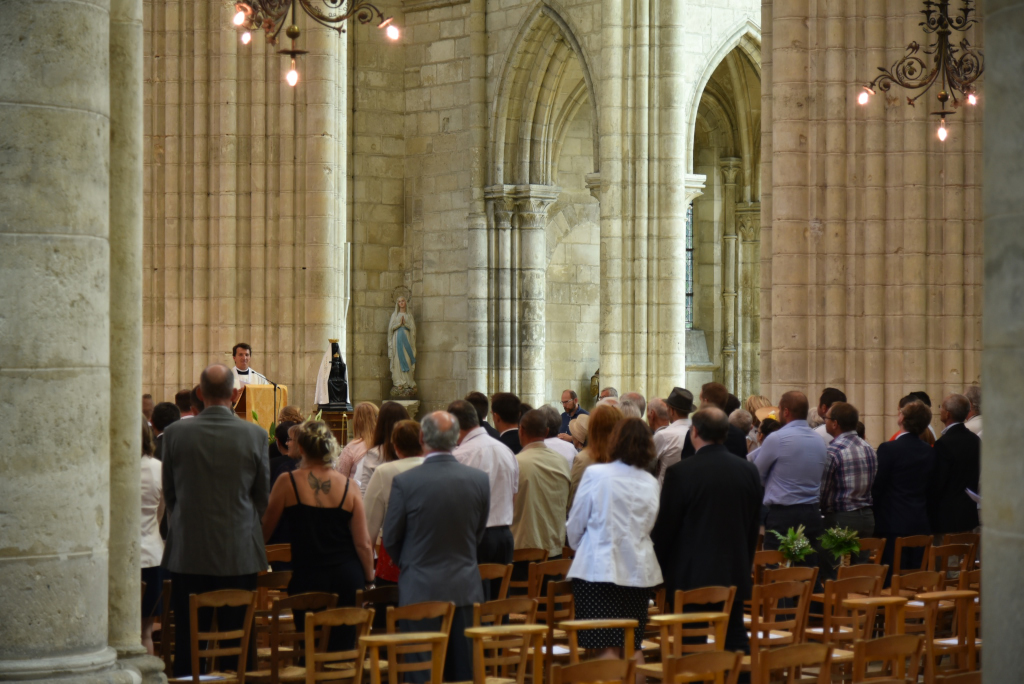
Cathédrale Saint-Gervais-et-Saint-Protais de Soissons
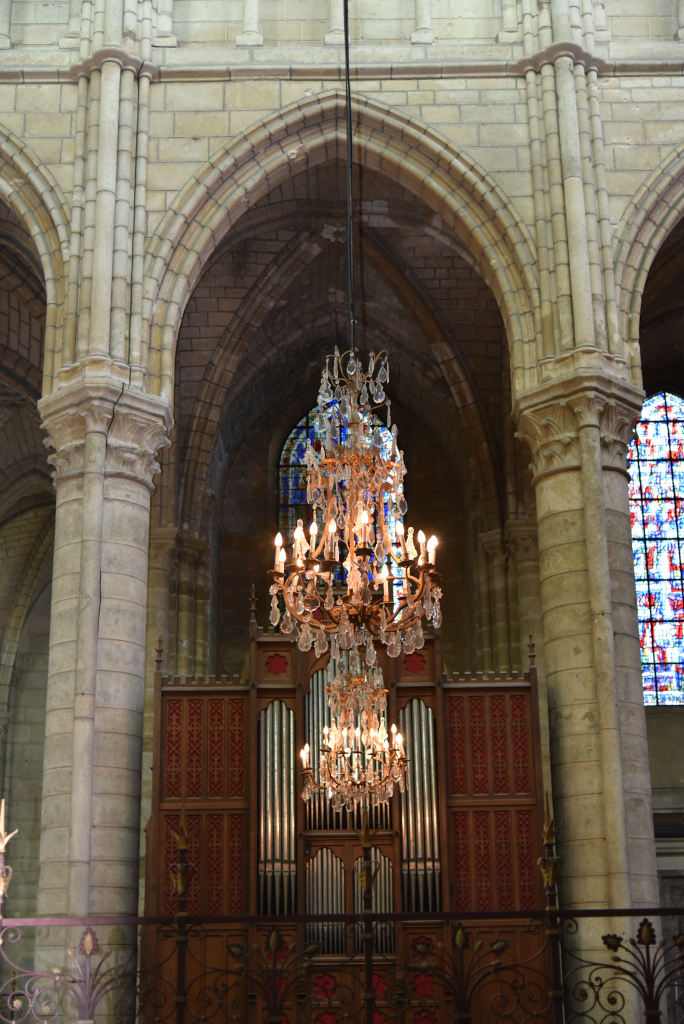
Cathédrale Saint-Gervais-et-Saint-Protais de Soissons
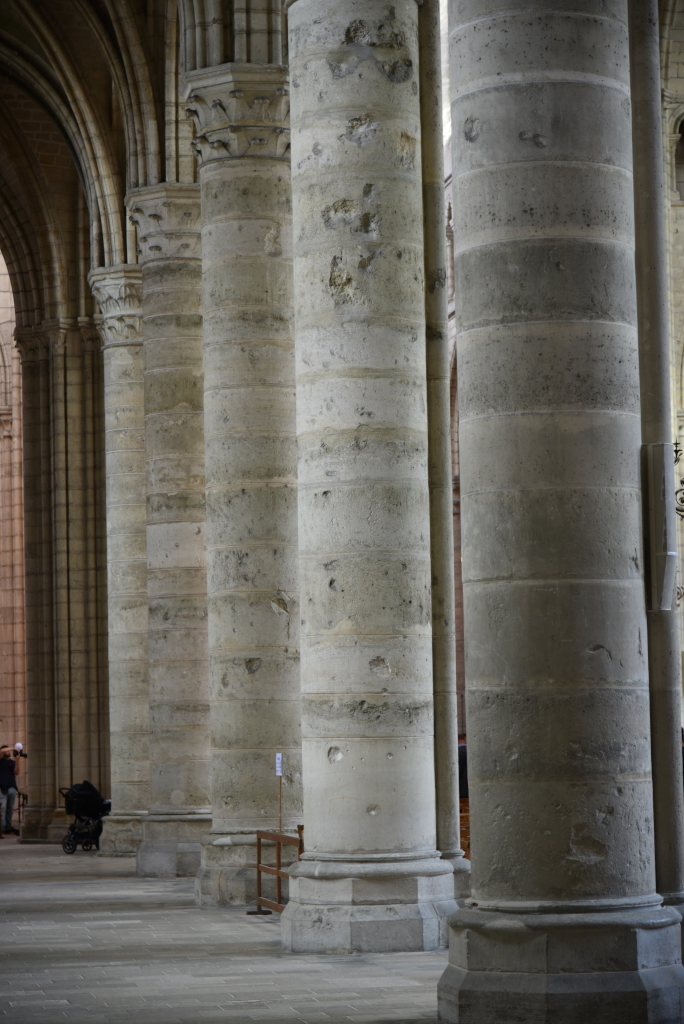
Cathédrale Saint-Gervais-et-Saint-Protais de Soissons
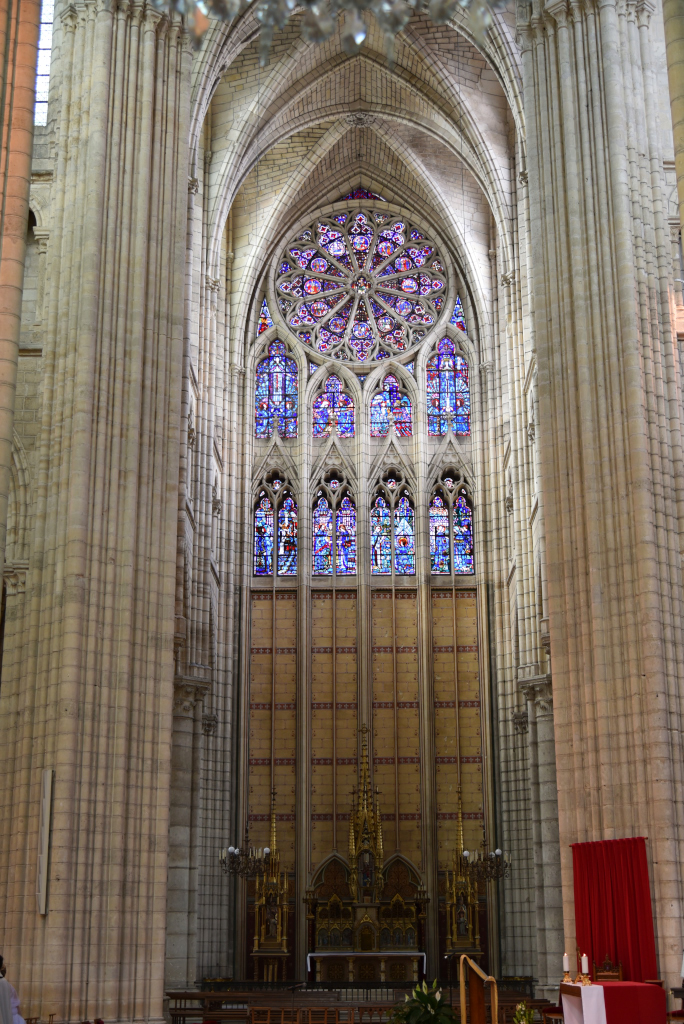
Cathédrale Saint-Gervais-et-Saint-Protais de Soissons
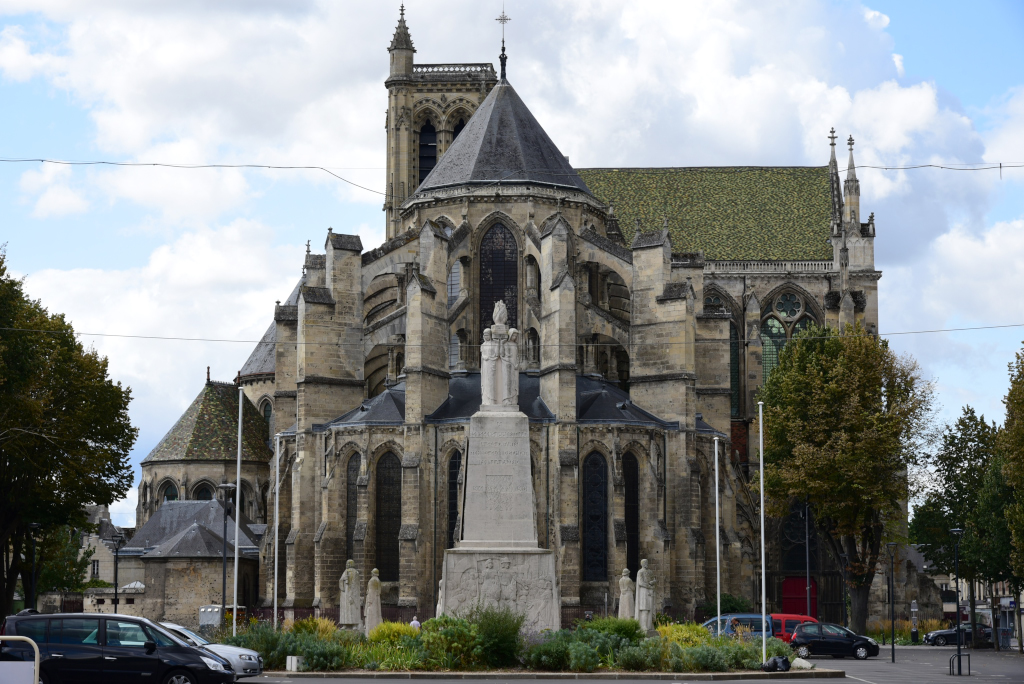
Cathédrale Saint-Gervais-et-Saint-Protais de Soissons
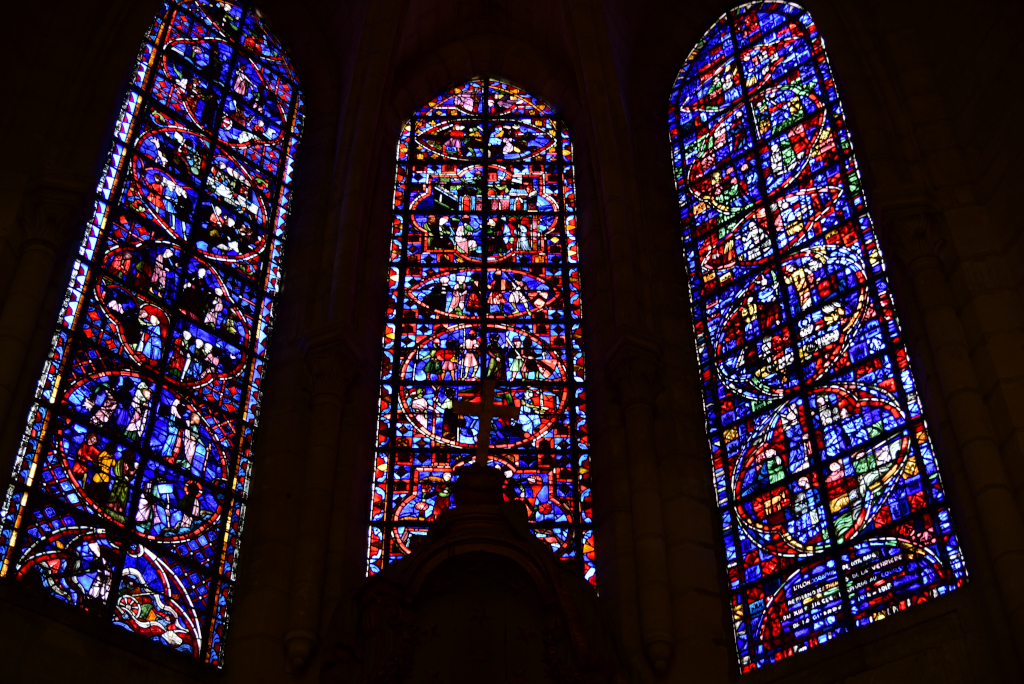
Cathédrale Saint-Gervais-et-Saint-Protais de Soissons

Cathédrale Saint-Gervais-et-Saint-Protais de Soissons
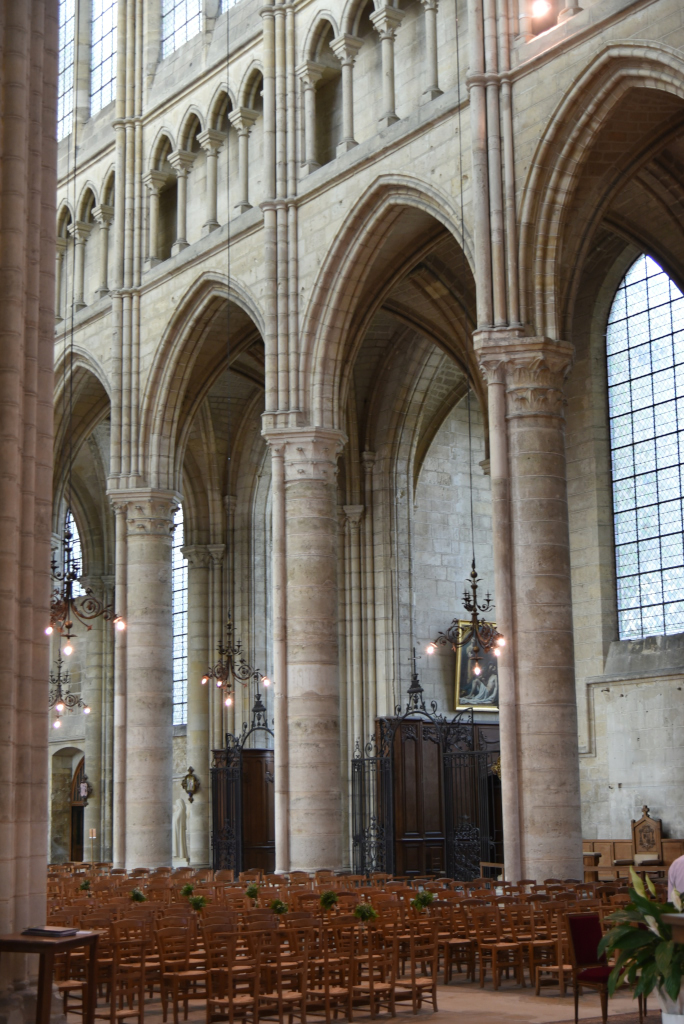
Cathédrale Saint-Gervais-et-Saint-Protais de Soissons
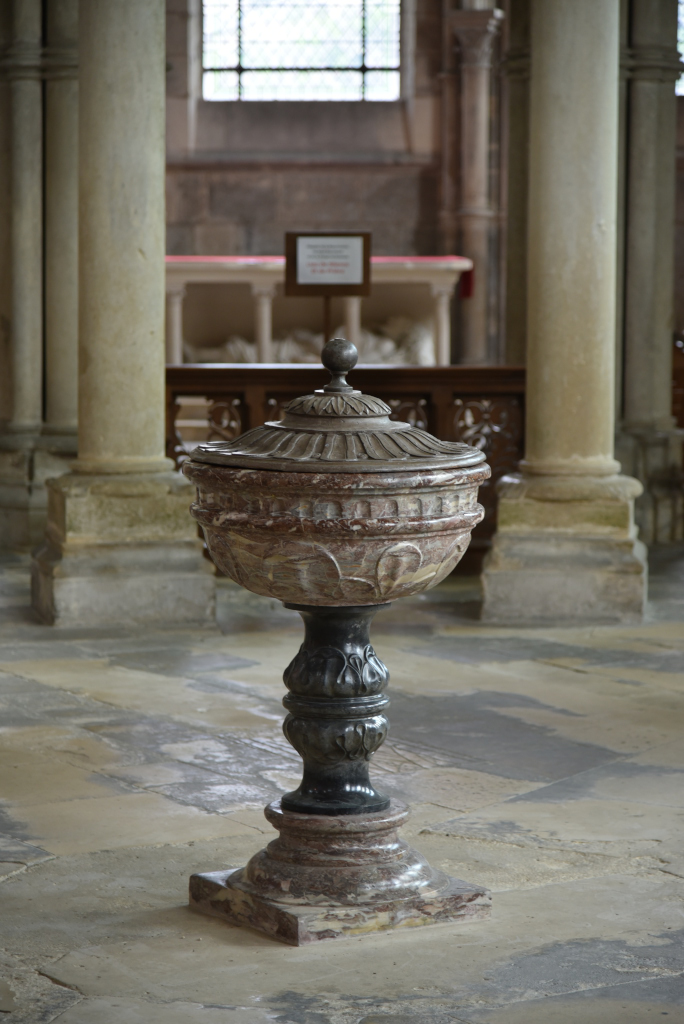
Cathédrale Saint-Gervais-et-Saint-Protais de Soissons
Notre-Dame de Soissons was a nunnery dedicated to the Virgin Mary in Soissons, and was founded during the Merovingian era, between 658 and 666. In the 660s, the nunnery received a monastic rule from the bishop of Soissons, Drauscius, combining elements of the Benedictine rule and the rule of Columban. During the Carolingian era, the nunnery came under royal control. Charlemagne’s daughter Rotrude (died 810) became a nun there, and his sister Gisela became abbess.
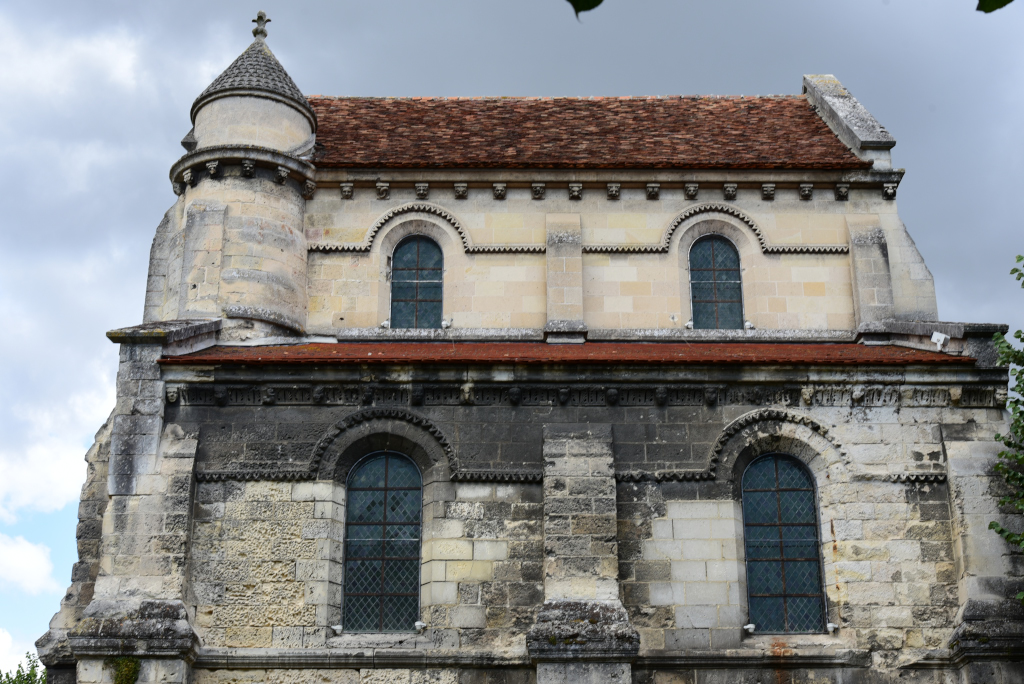
Abbaye Notre-Dame de Soissons
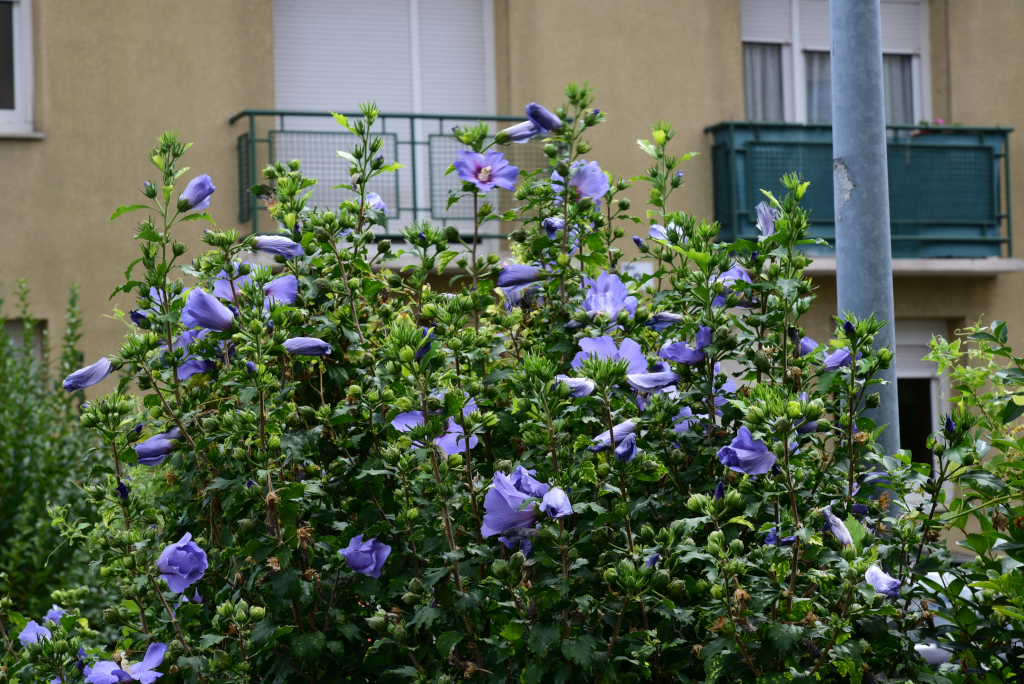
Soissons
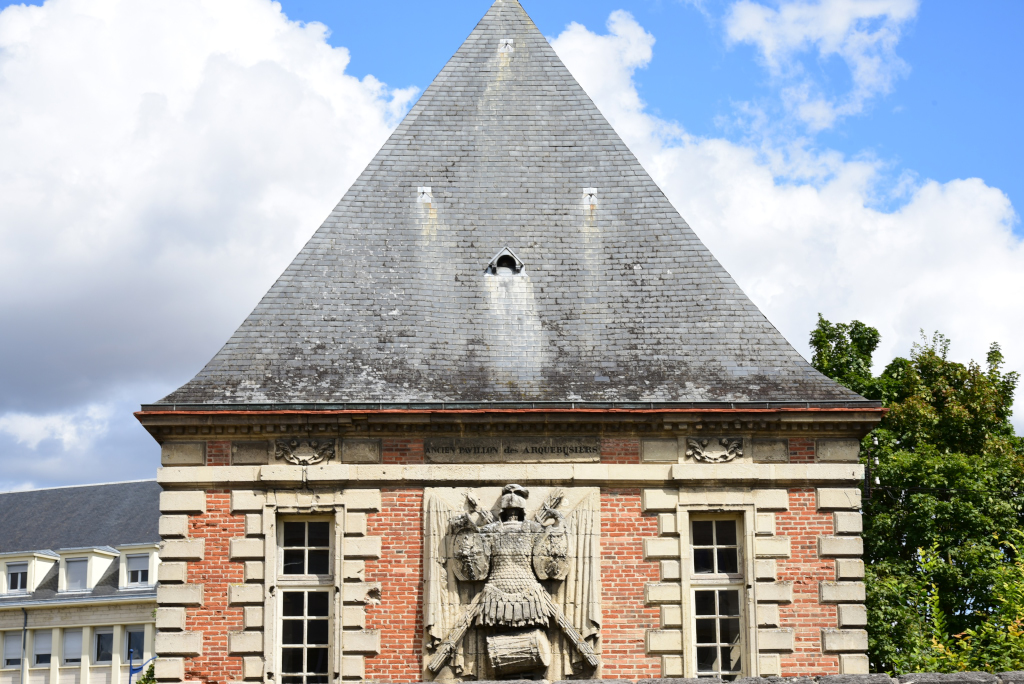
Soissons
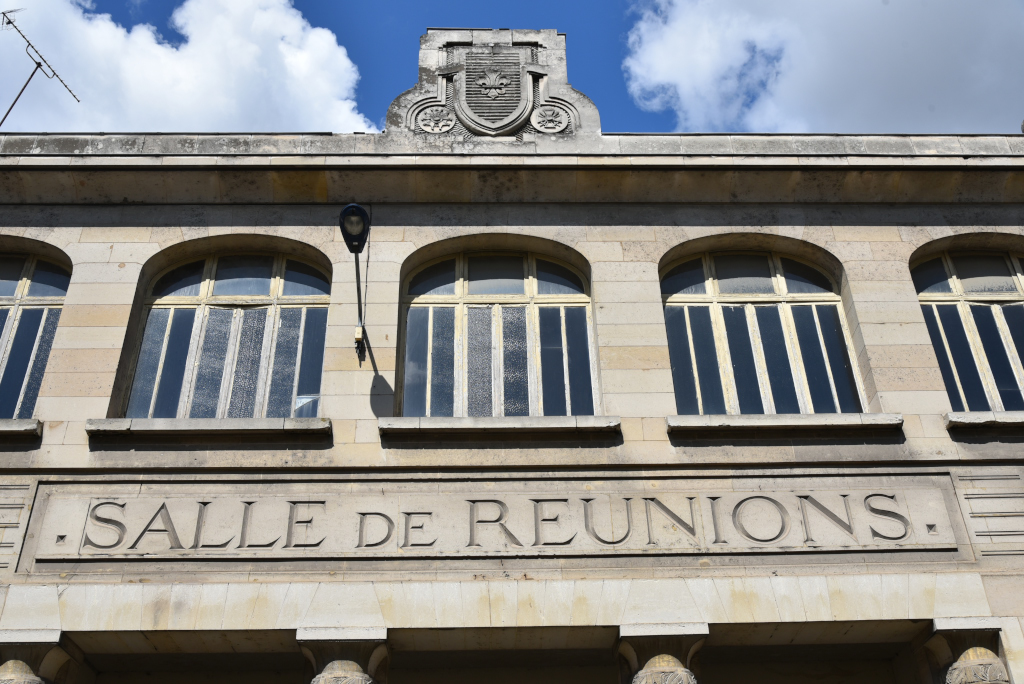
Soissons

Soissons
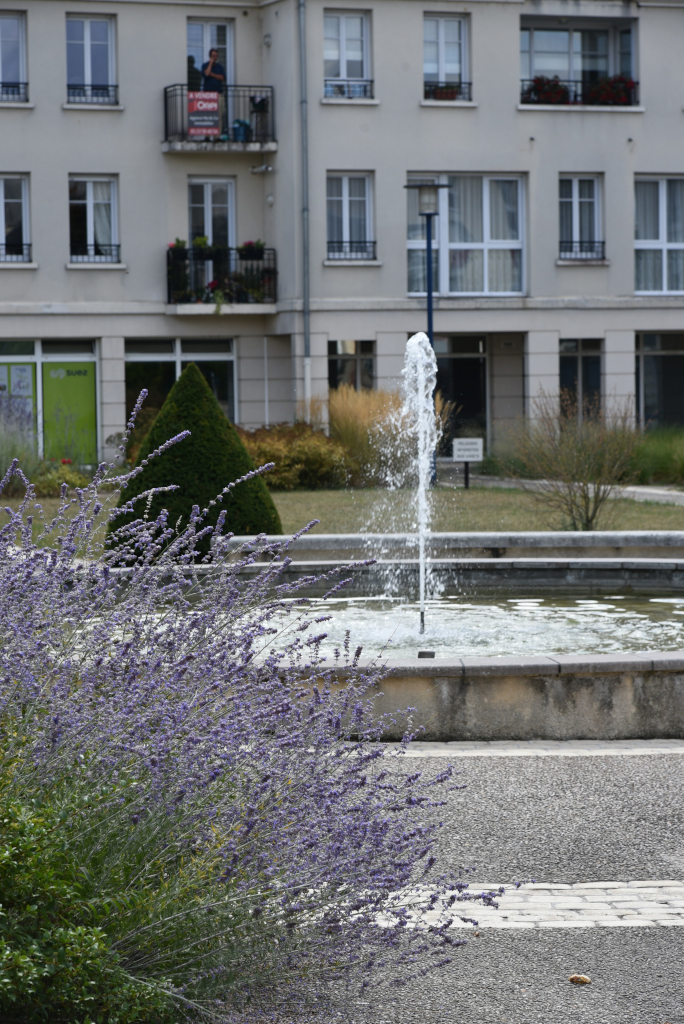
Soissons

Abbaye Notre-Dame de Soissons
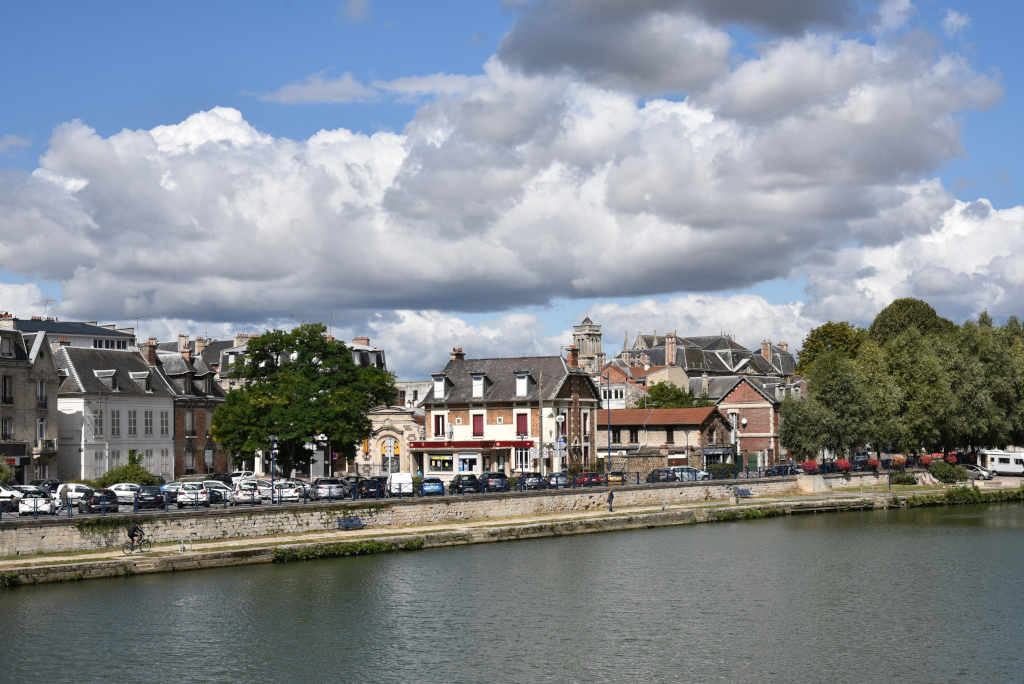
Soissons

Soissons
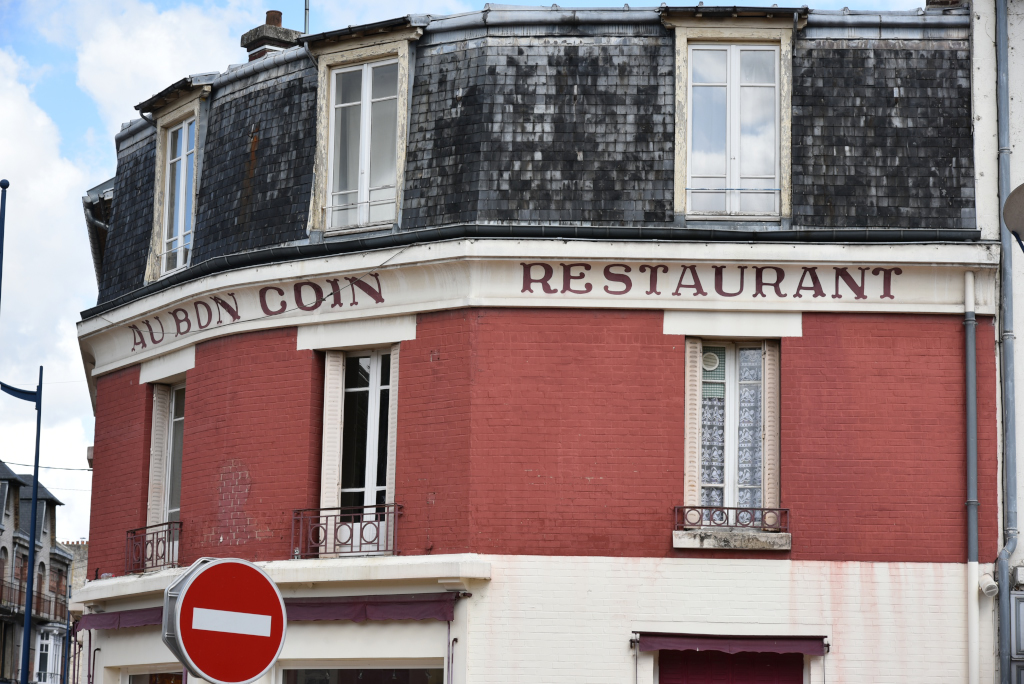
Soissons
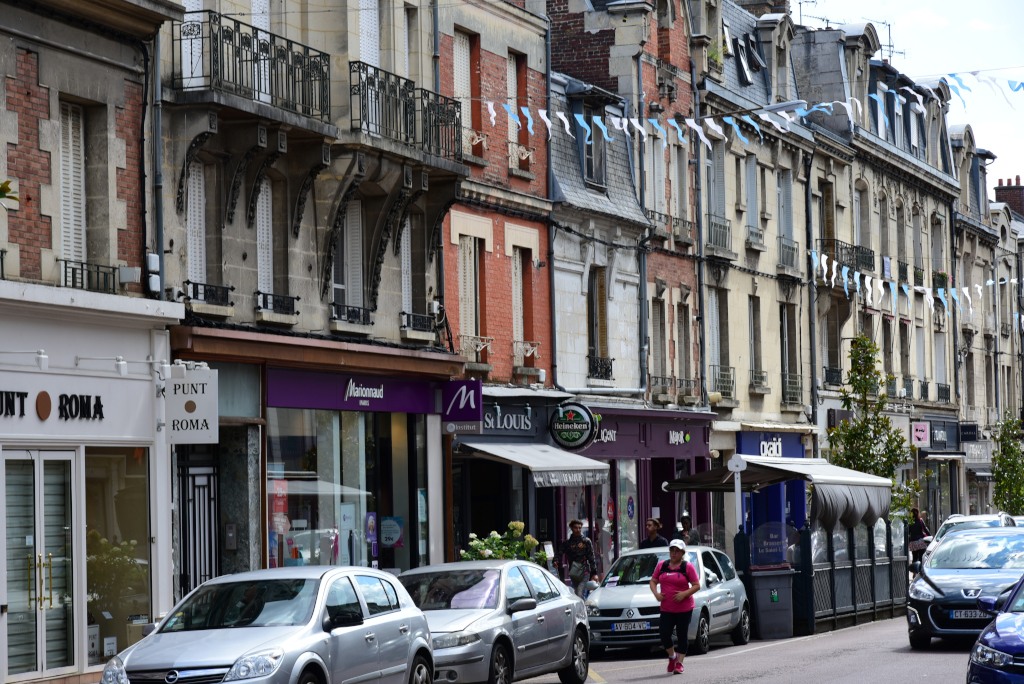
Soissons
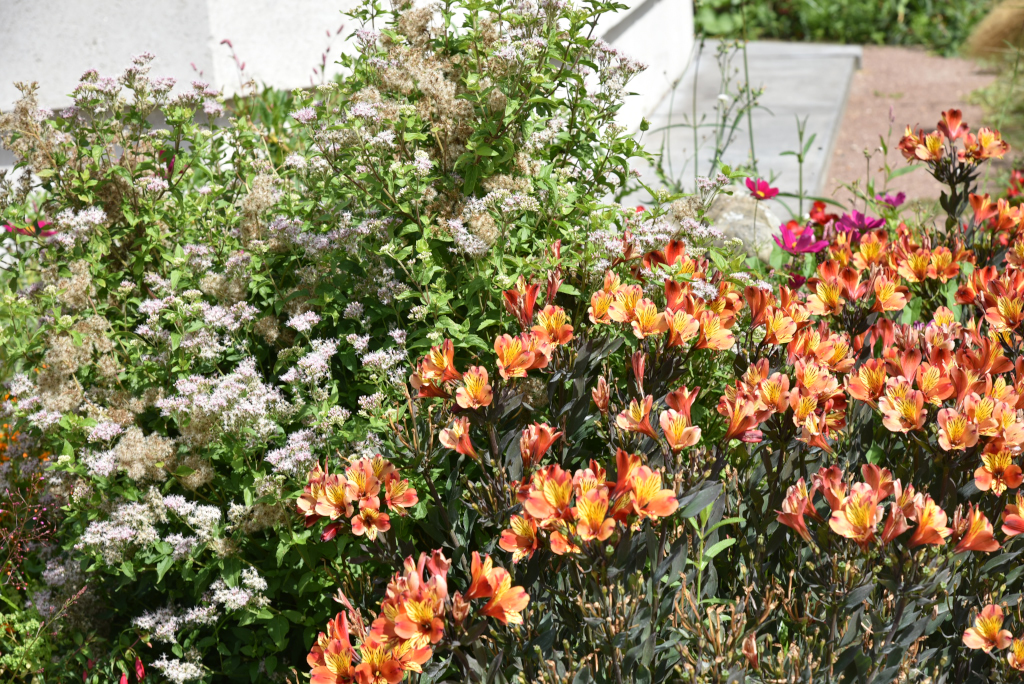
Soissons
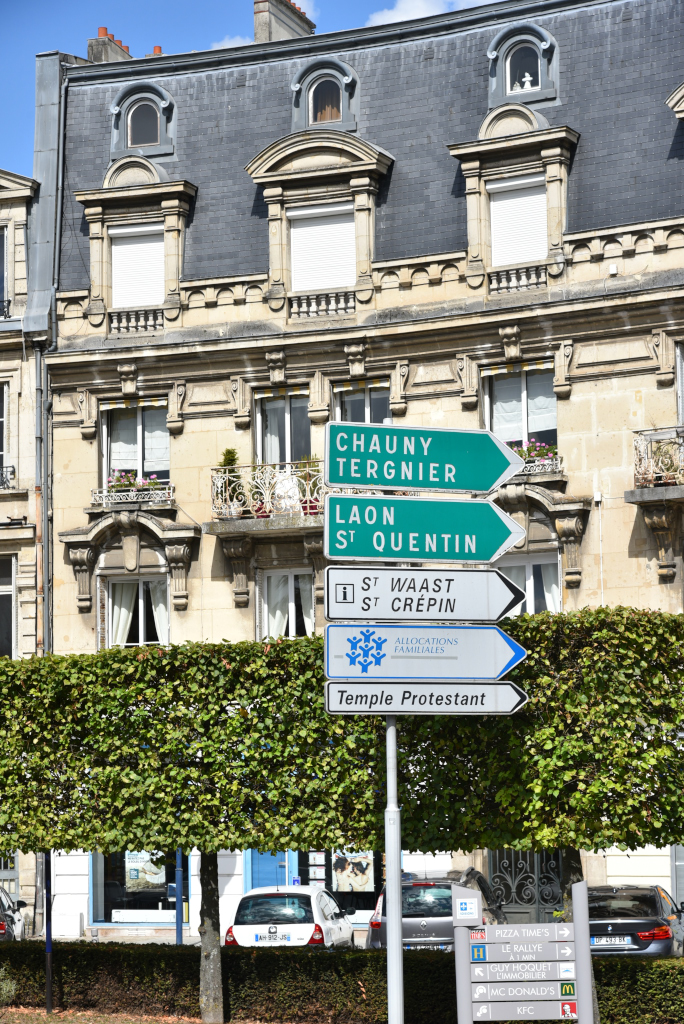
Soissons
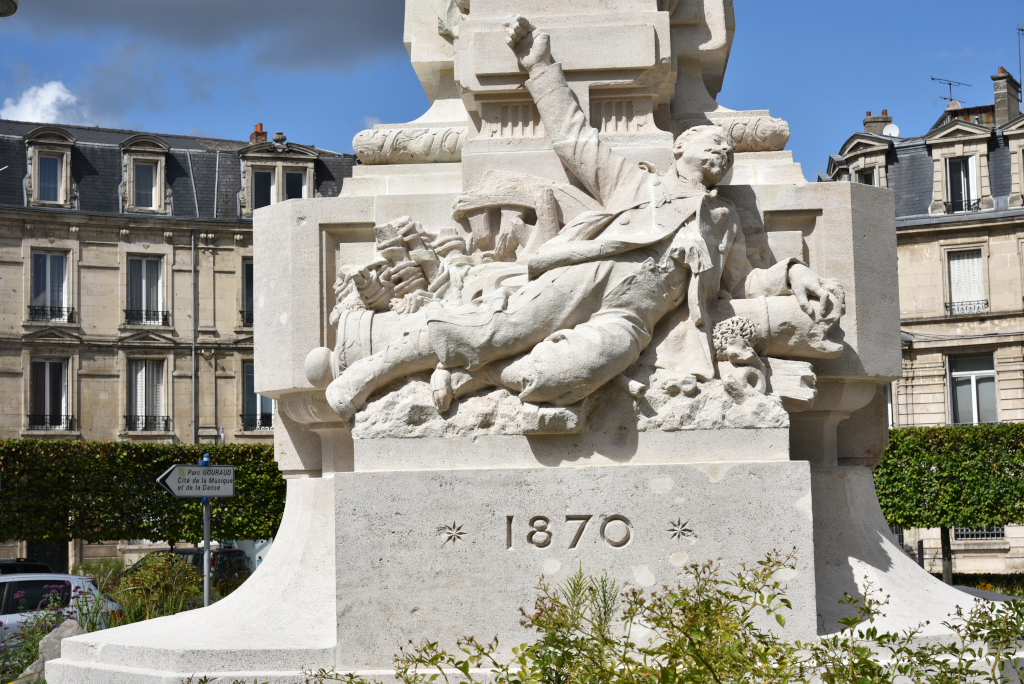
Soissons
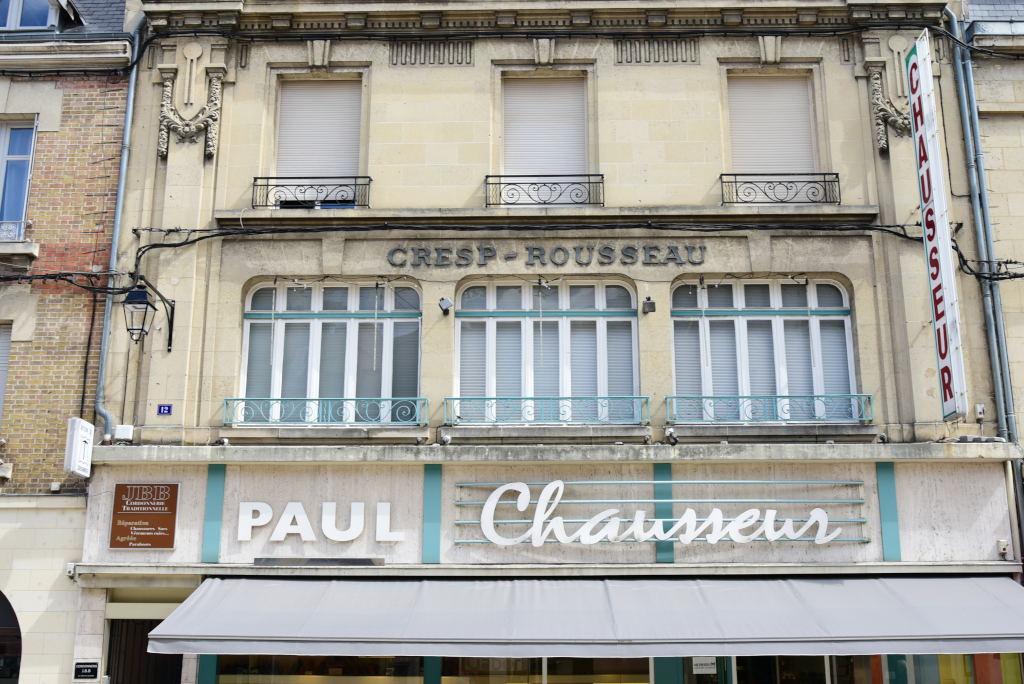
Soissons

Soissons
The most spectacular landmark of Soissons is the Abbaye Saint-Jean-des-Vignes, a landmark 13th century Gothic structure of which largely only the enormous facade remains, eerily towering over the adjacent field, reminiscent of the visual and atmospheric power of Glastonbury tor in Somerset, England.

Soissons – Abbaye Saint-Jean-des-Vignes
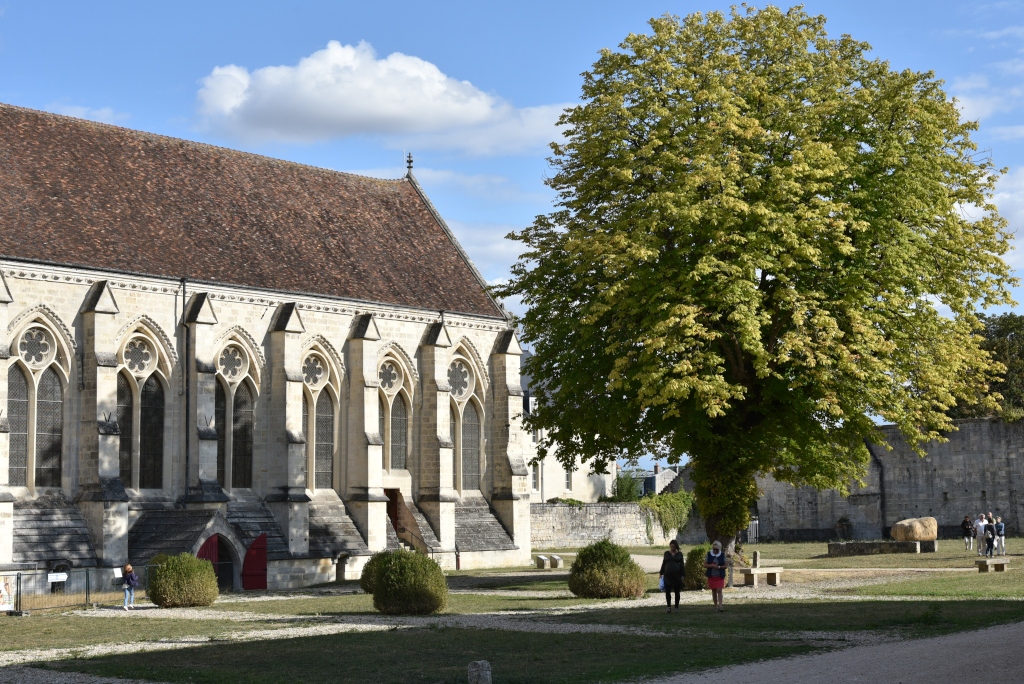
Soissons – Abbaye Saint-Jean-des-Vignes
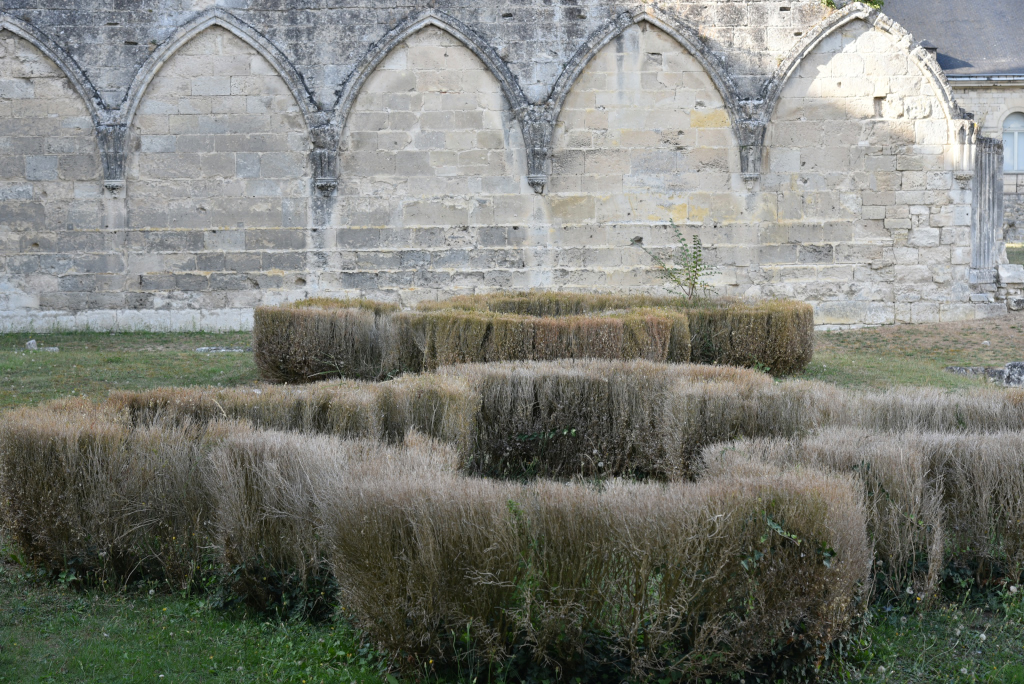
Soissons – Abbaye Saint-Jean-des-Vignes

Soissons – Abbaye Saint-Jean-des-Vignes
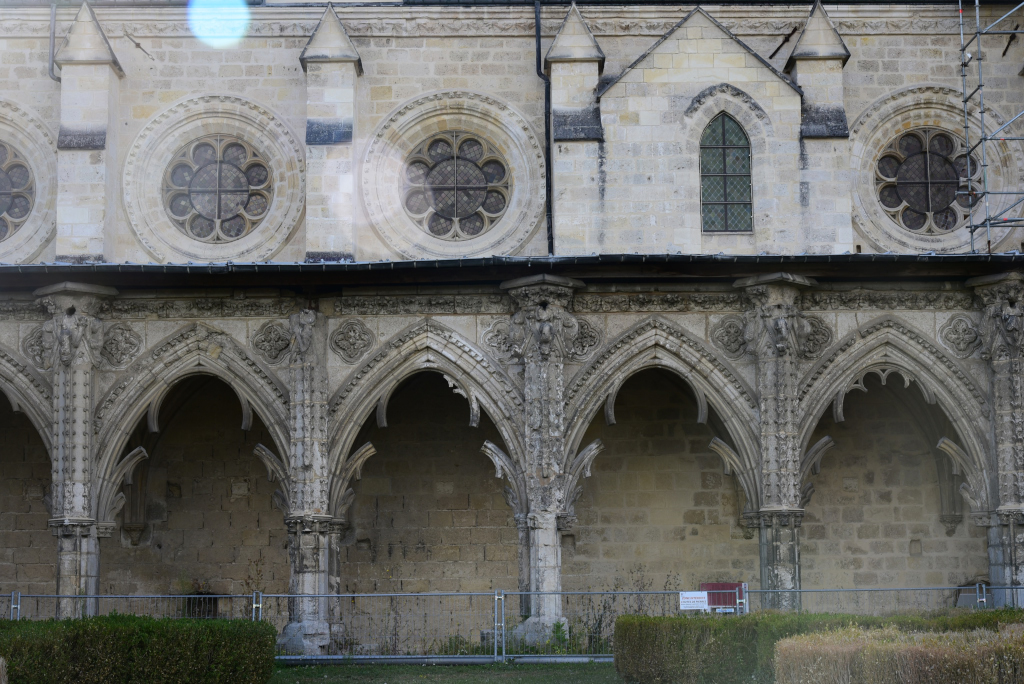
Soissons – Abbaye Saint-Jean-des-Vignes
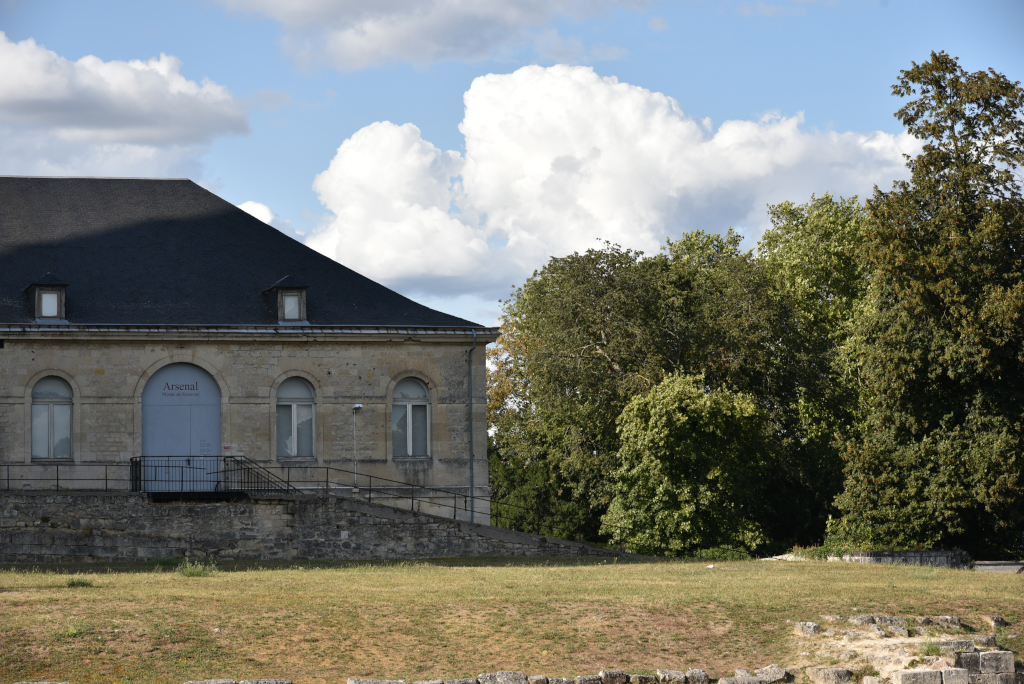
Arsenal Musee De Soissons

Soissons – Abbaye Saint-Jean-des-Vignes
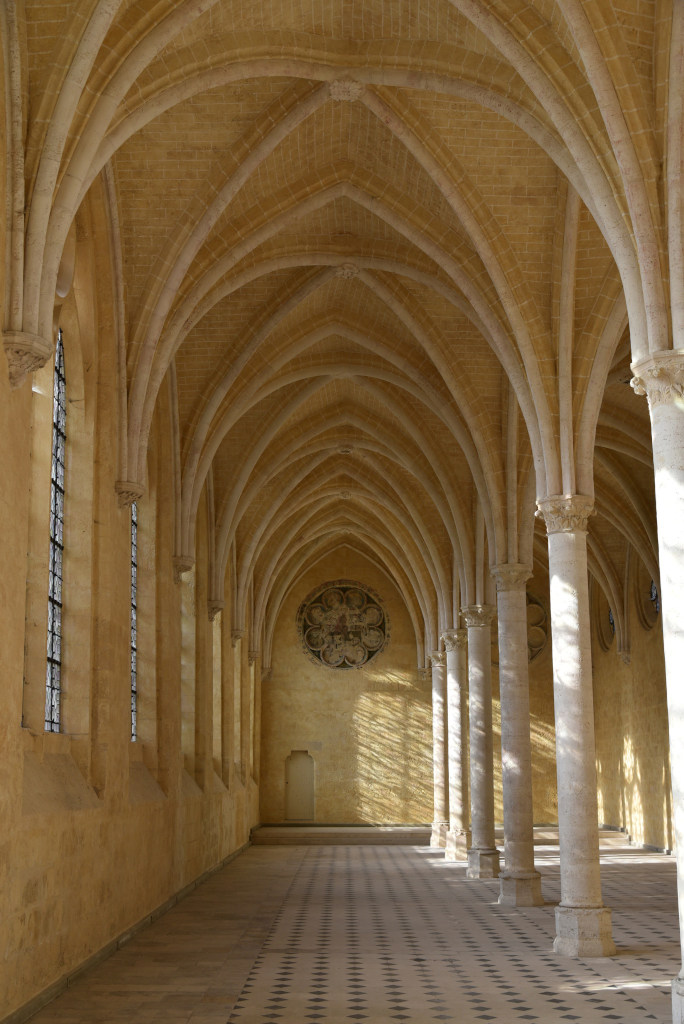
Soissons – Abbaye Saint-Jean-des-Vignes
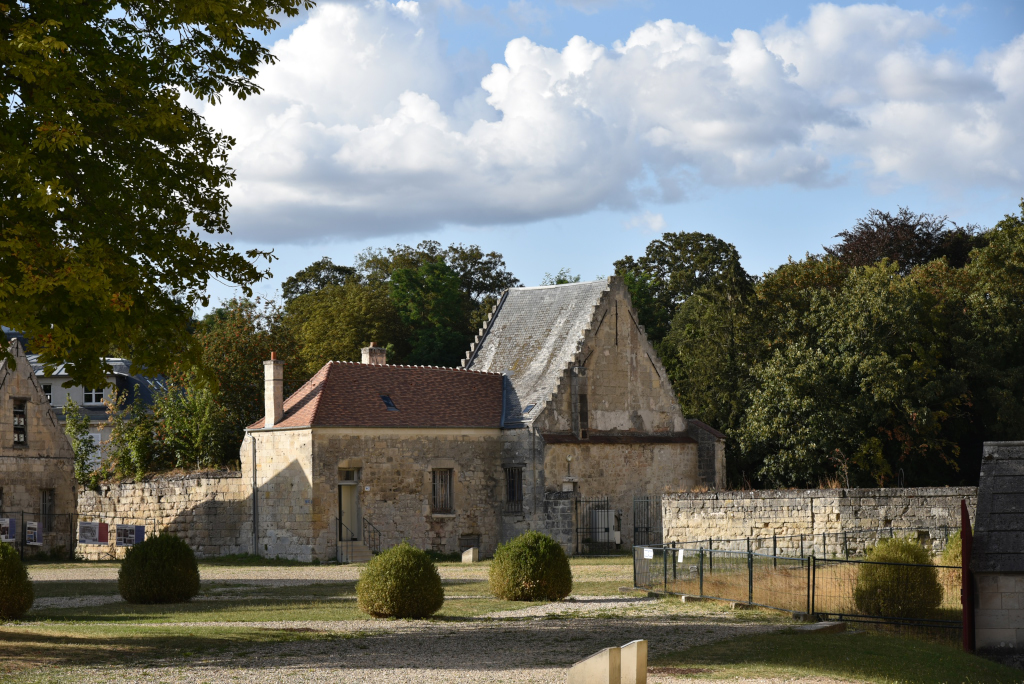
Arsenal Musee De Soissons
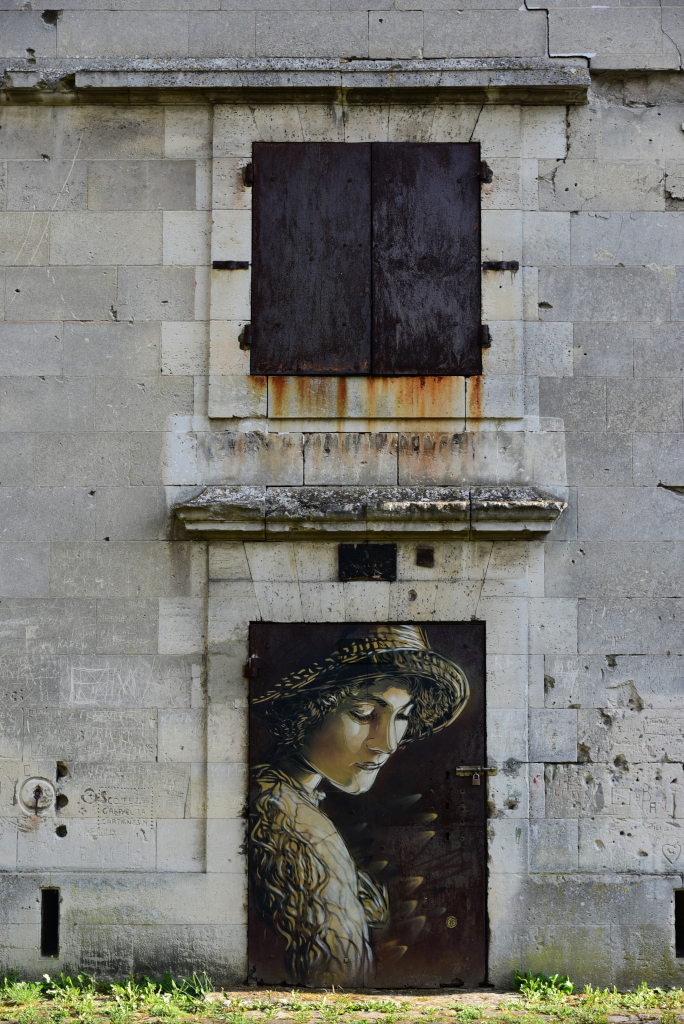
Arsenal Musee De Soissons
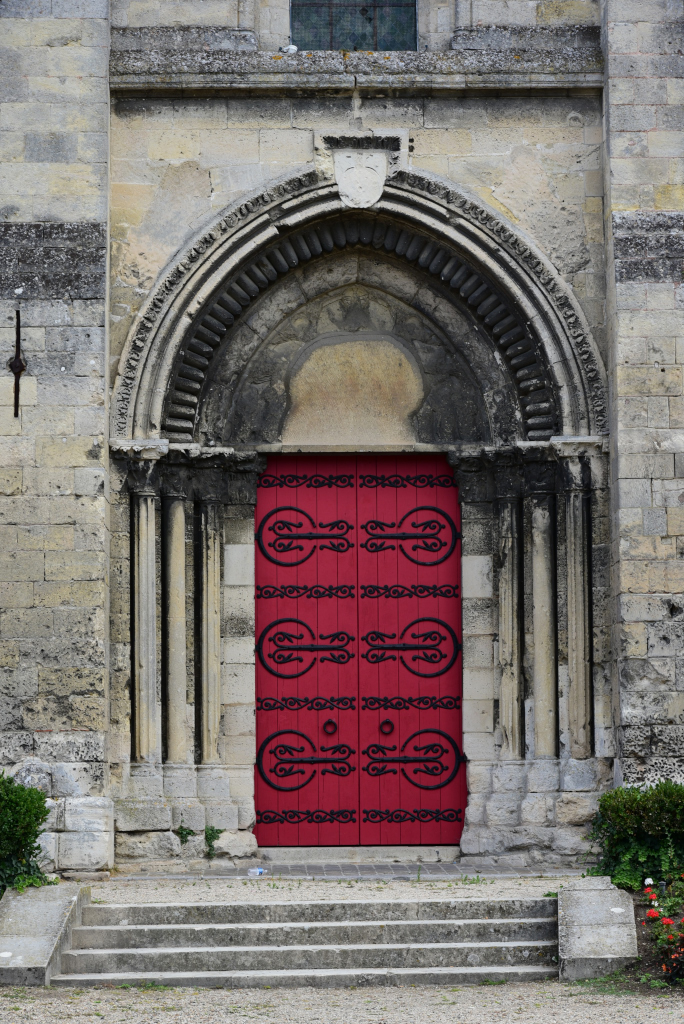
Cathédrale Saint-Gervais-et-Saint-Protais de Soissons
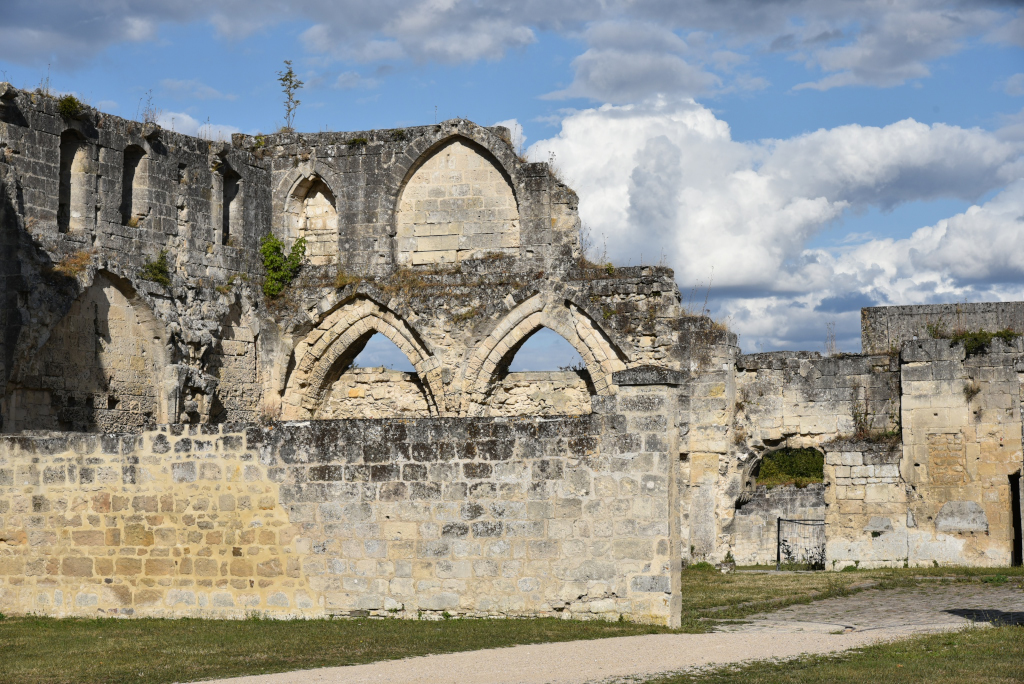
Soissons – Abbaye Saint-Jean-des-Vignes
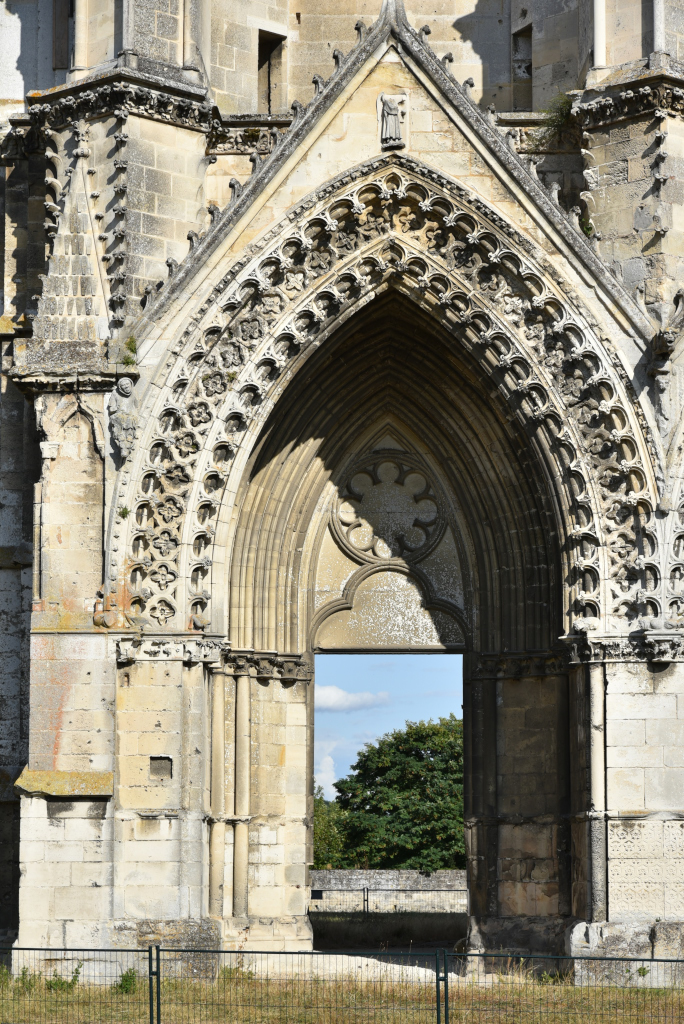
Soissons – Abbaye Saint-Jean-des-Vignes
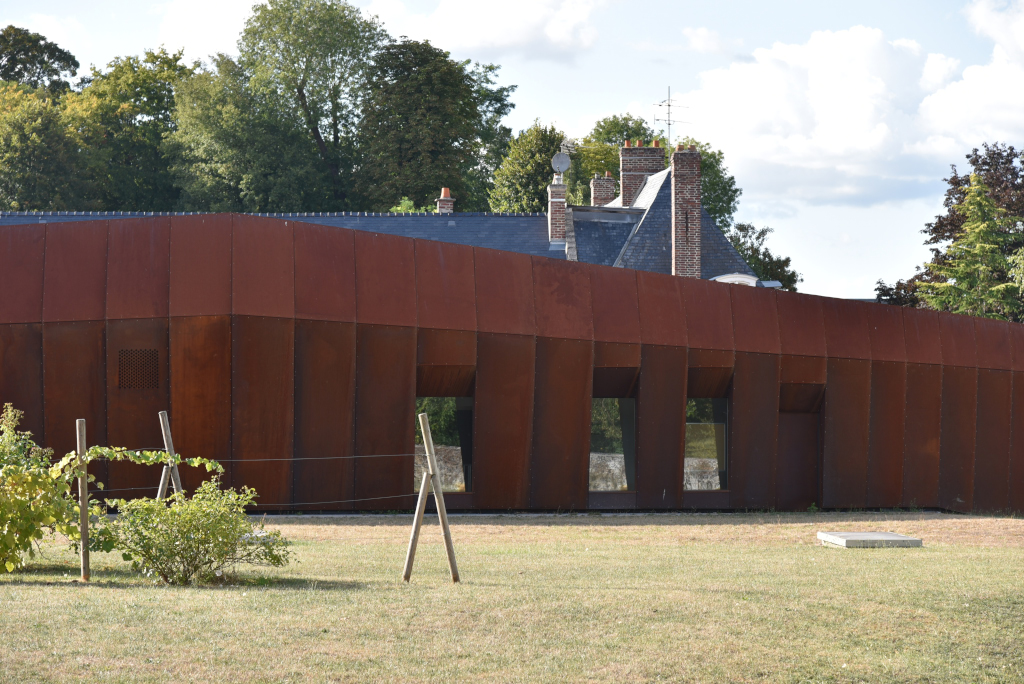
Arsenal Musee De Soissons
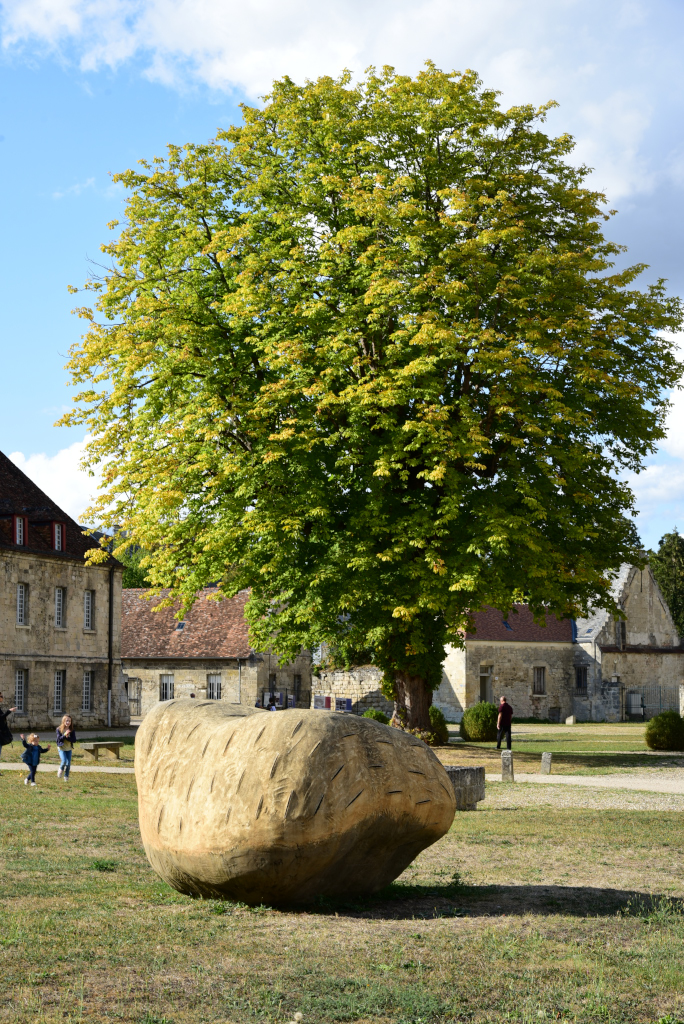
Abbaye Saint-Jean-des-Vignes
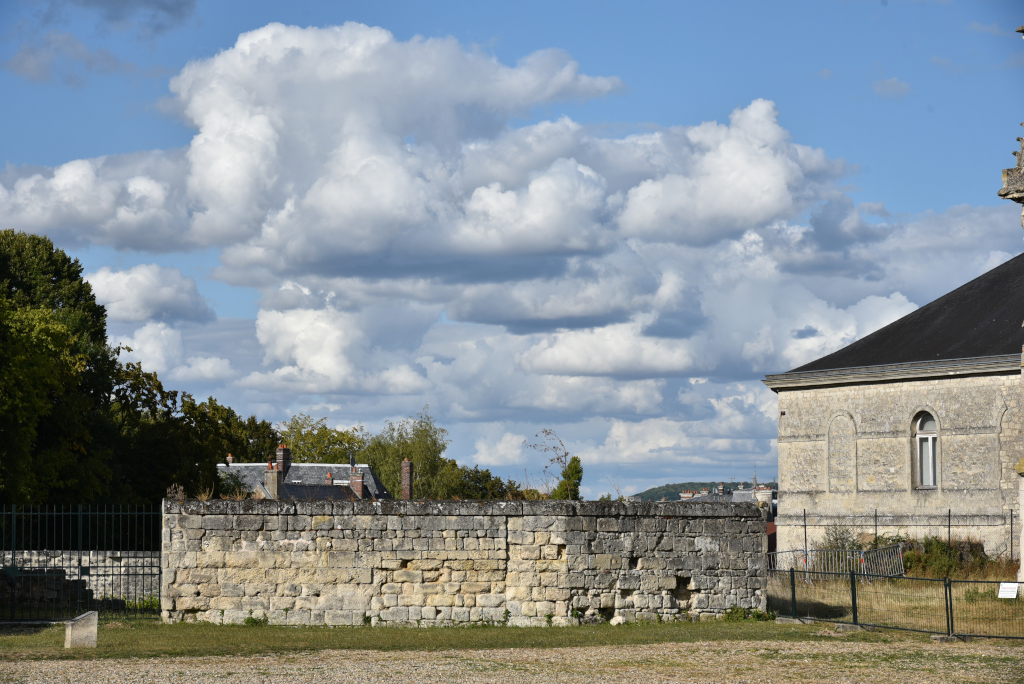
Arsenal Musee De Soissons
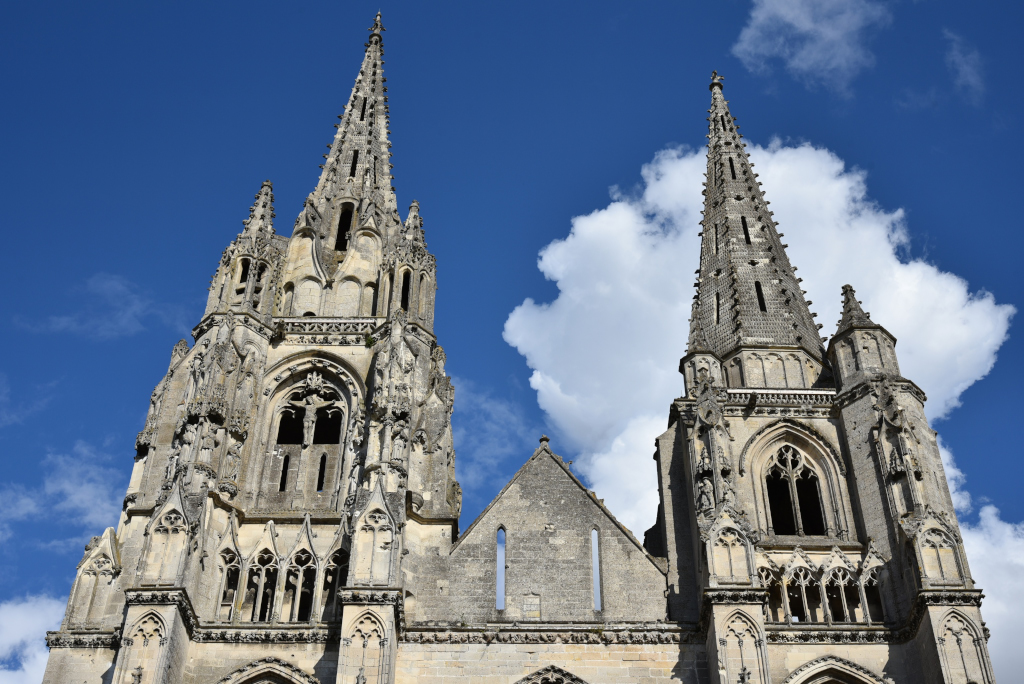
Soissons – Abbaye Saint-Jean-des-Vignes
Saint-Jean-des-Vignes was founded on St. John’s hill in 1076 by Hughes Le Blanc for a community of Augustinian Canons. Initially built in Romanesque style, the first buildings were replaced at the end of the 12th century by those visible today. The west front was begun in the 12th century, although not finished until the 16th. The refectory and cellar date from the 13th century, parts of the cloisters from the end of the 13th century, while other parts are from the 16th century, as is the abbot’s lodging.
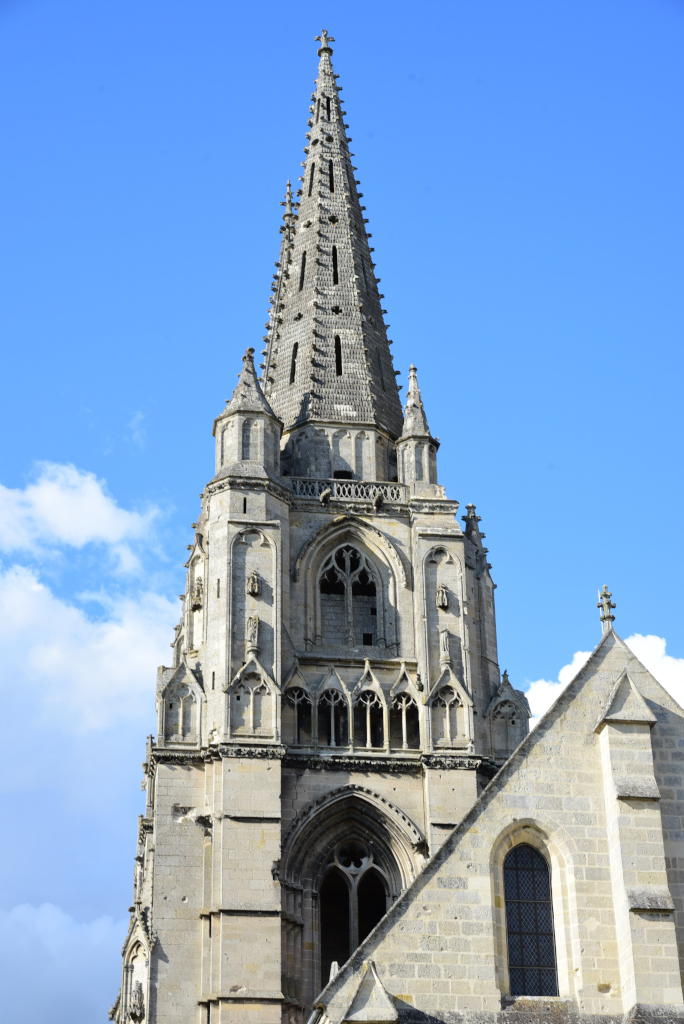
Soissons – Abbaye Saint-Jean-des-Vignes
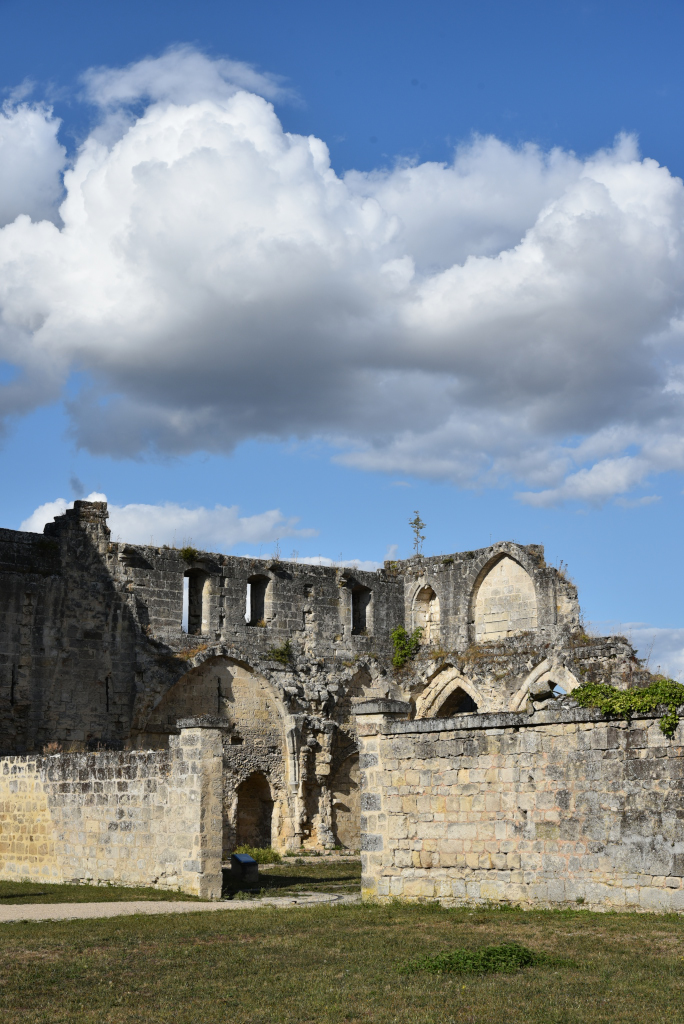
Soissons – Abbaye Saint-Jean-des-Vignes
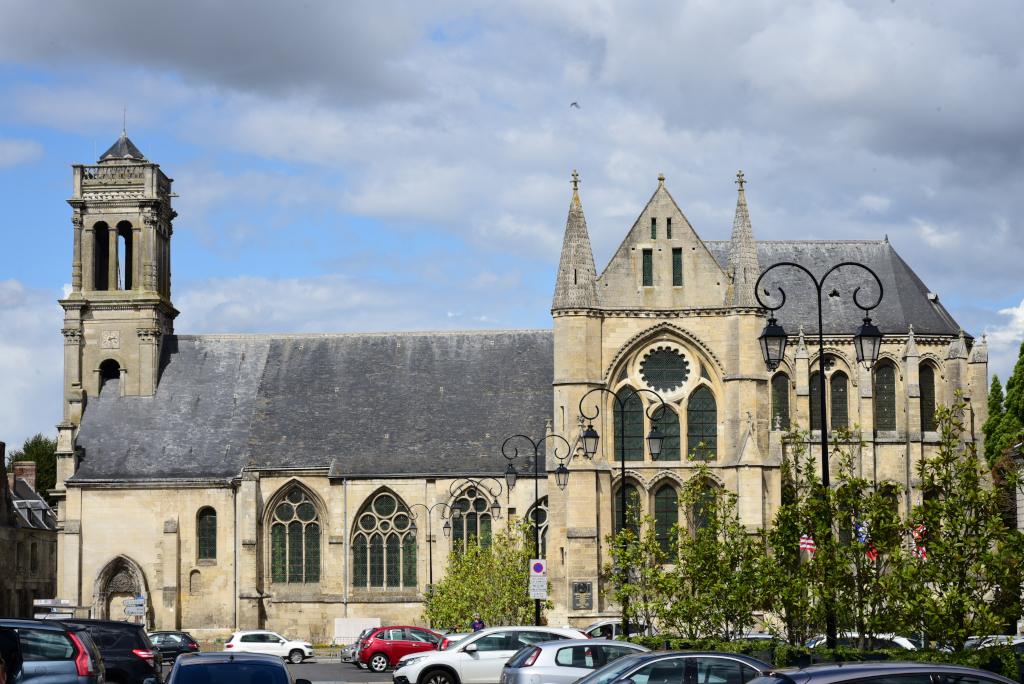
Cathédrale Saint-Gervais-et-Saint-Protais de Soissons

Cathédrale Saint-Gervais-et-Saint-Protais de Soissons
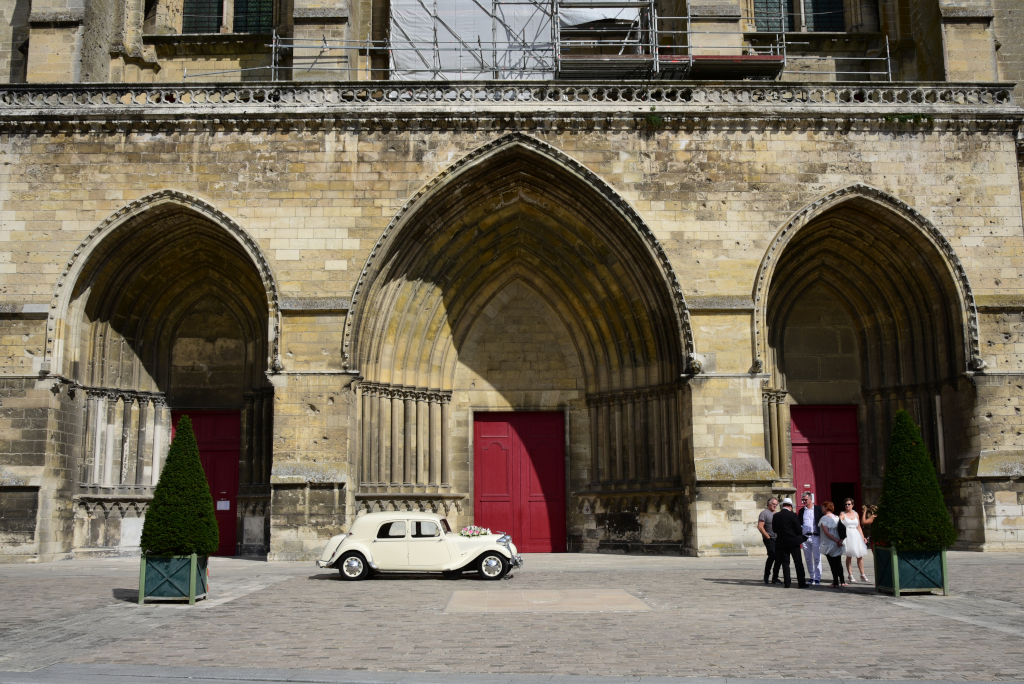
Cathédrale Saint-Gervais-et-Saint-Protais de Soissons
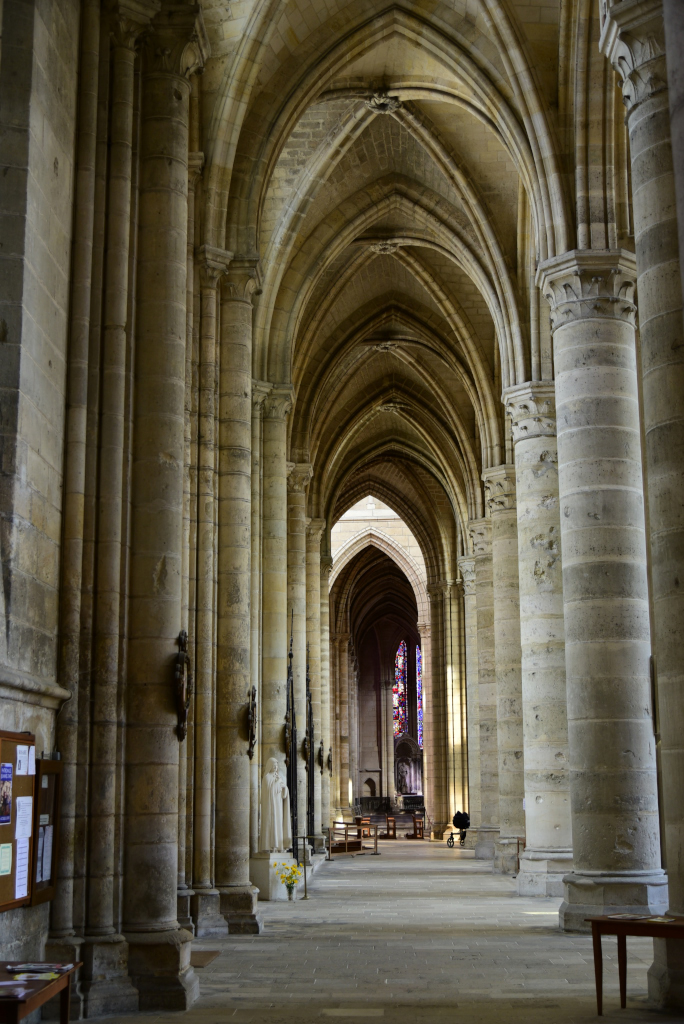
Cathédrale Saint-Gervais-et-Saint-Protais de Soissons

Cathédrale Saint-Gervais-et-Saint-Protais de Soissons
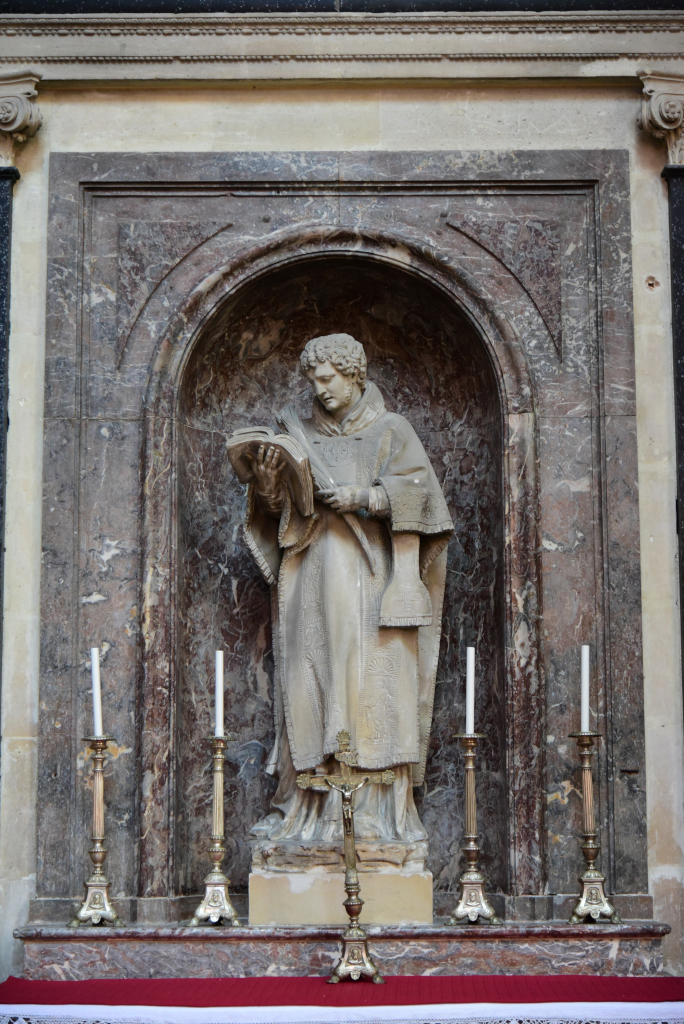
Cathédrale Saint-Gervais-et-Saint-Protais de Soissons
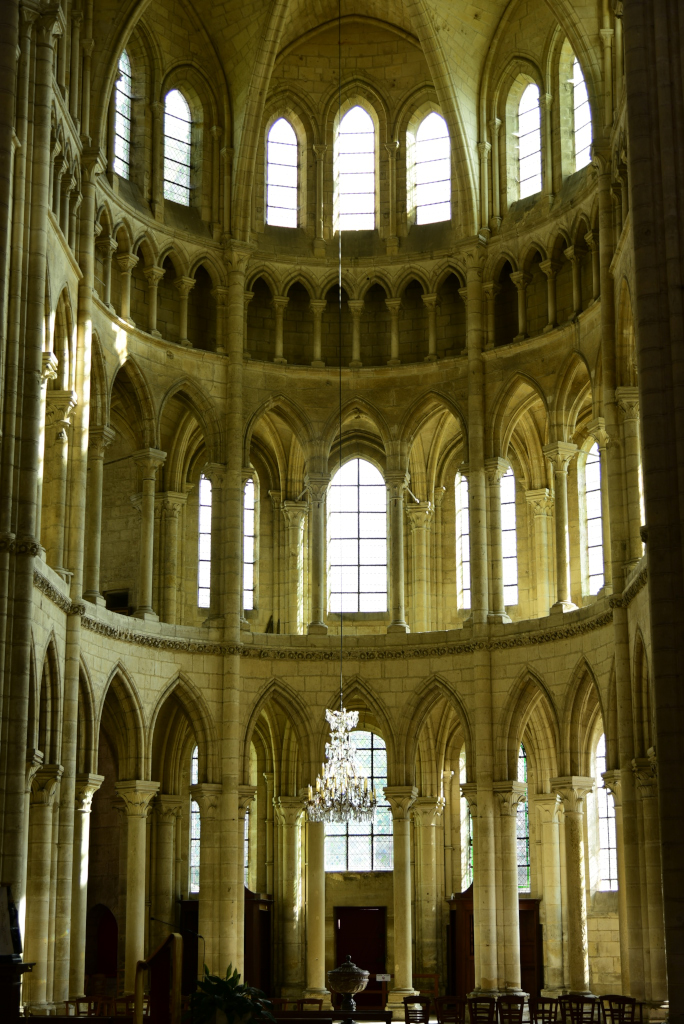
Cathédrale Saint-Gervais-et-Saint-Protais de Soissons
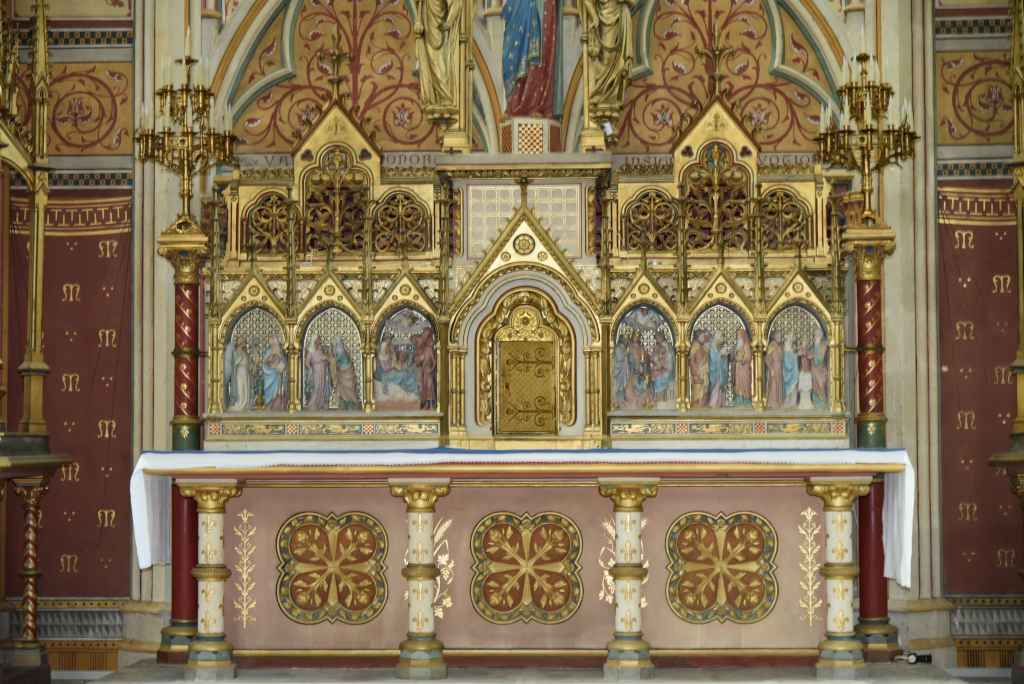
Cathédrale Saint-Gervais-et-Saint-Protais de Soissons
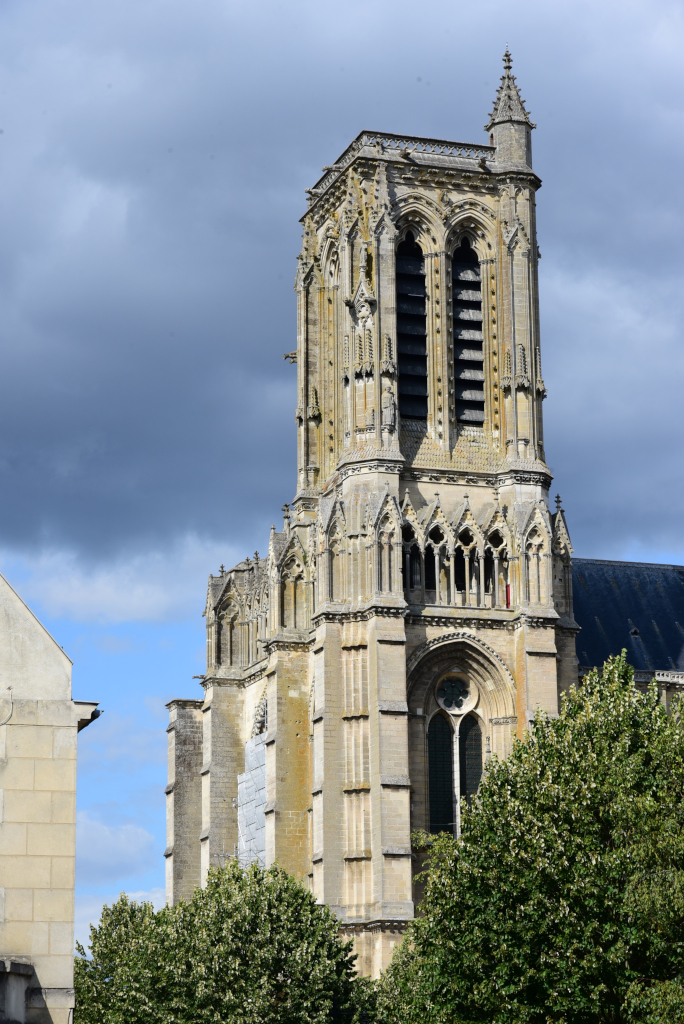
Cathédrale Saint-Gervais-et-Saint-Protais de Soissons
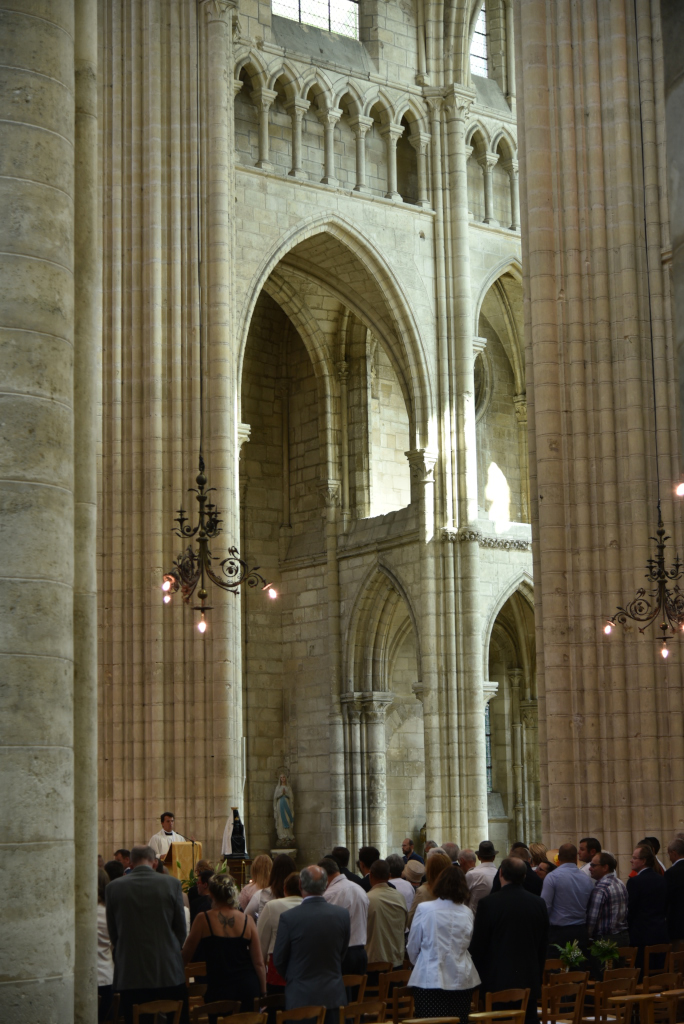
Cathédrale Saint-Gervais-et-Saint-Protais de Soissons
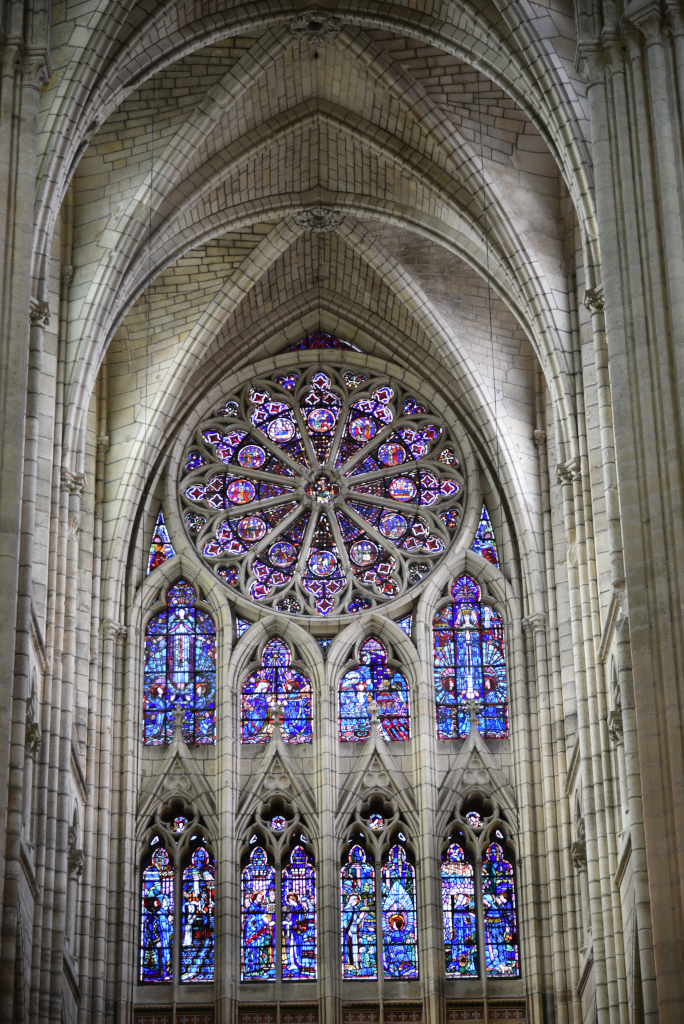
Cathédrale Saint-Gervais-et-Saint-Protais de Soissons
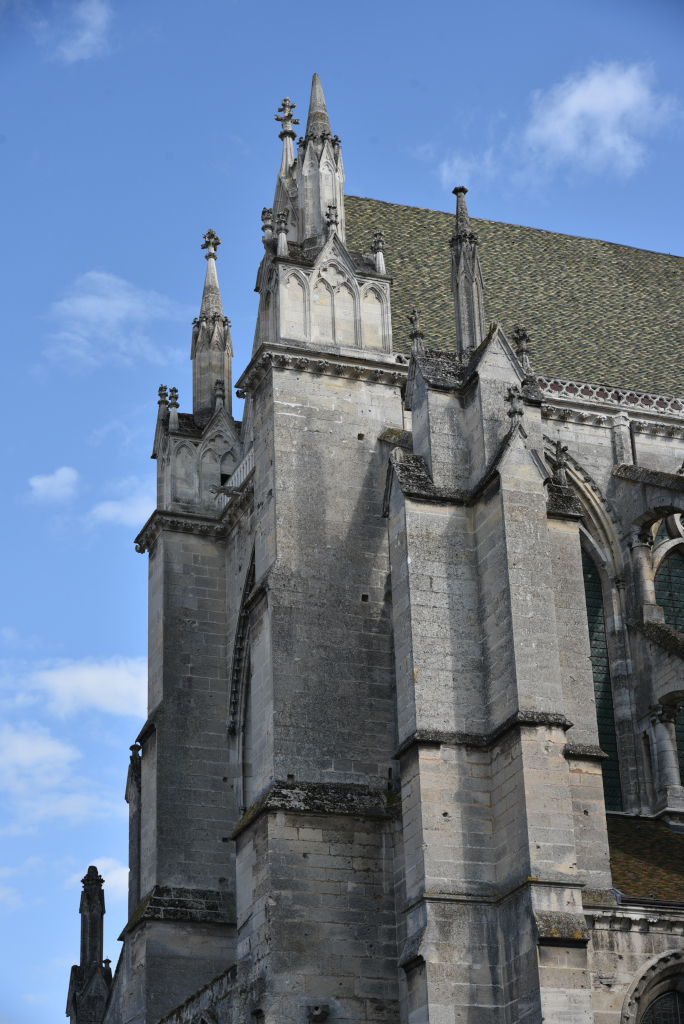
Cathédrale Saint-Gervais-et-Saint-Protais de Soissons
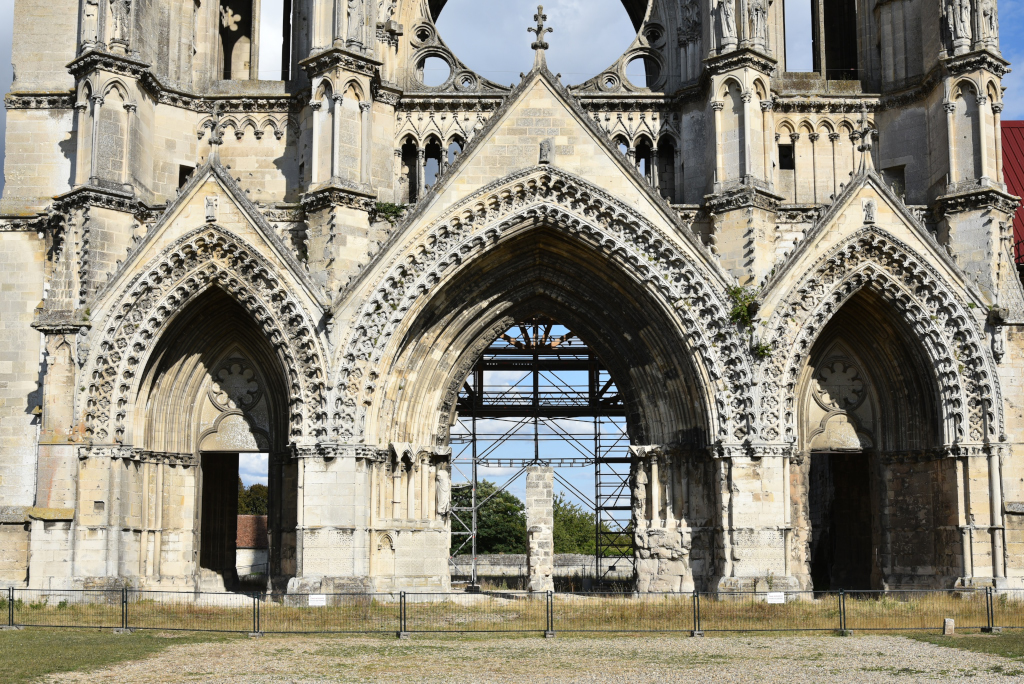
Soissons – Abbaye Saint-Jean-des-Vignes
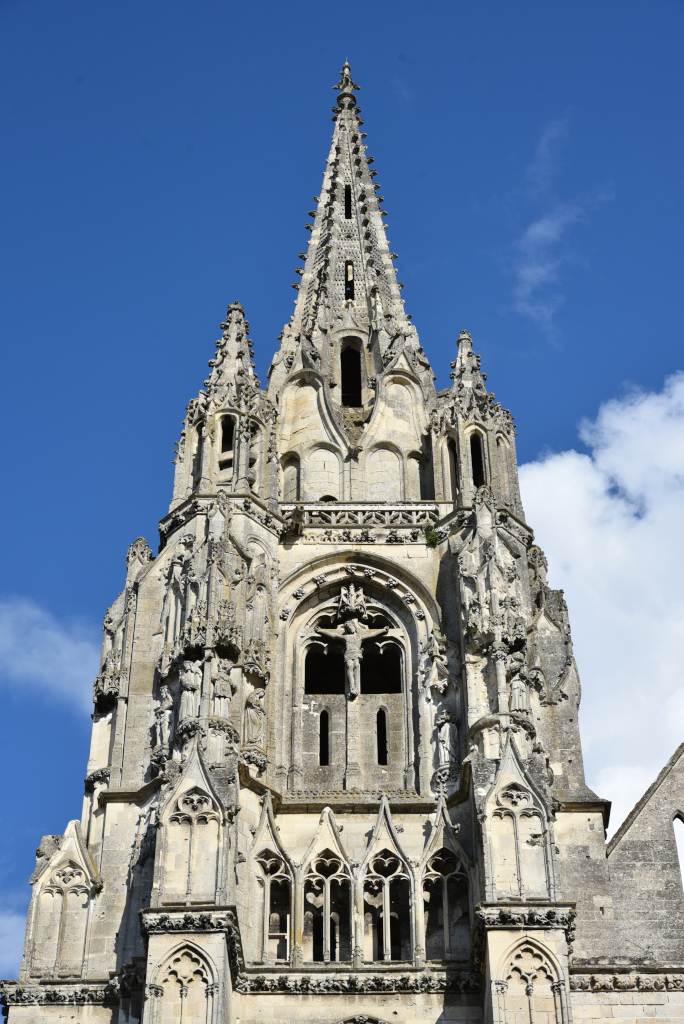
Soissons – Abbaye Saint-Jean-des-Vignes
The abbey consisted of the chapel of Saint-Jean-du-Mont as well as a Romanesque church. The abbey became the seat of the Augustine order, with some 90 canons, and 30 monks. The monks were doctors and treated by the mixture of all kinds of plants diseases such as aches or epilepsy, which is supported by the abundance of the floral decoration of the abbey.
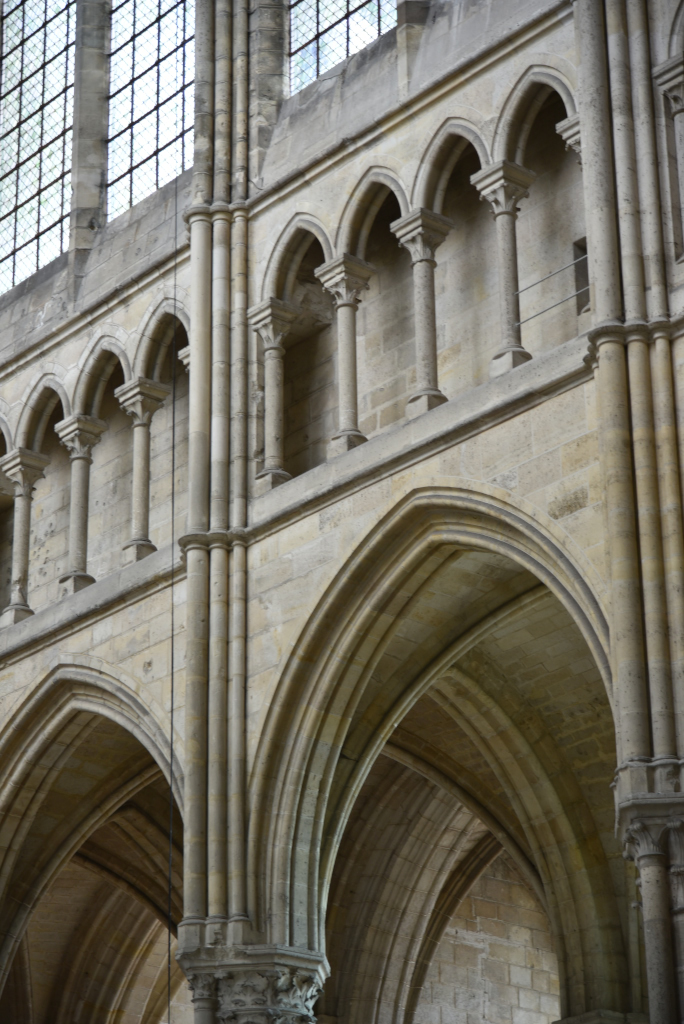
Cathédrale Saint-Gervais-et-Saint-Protais de Soissons
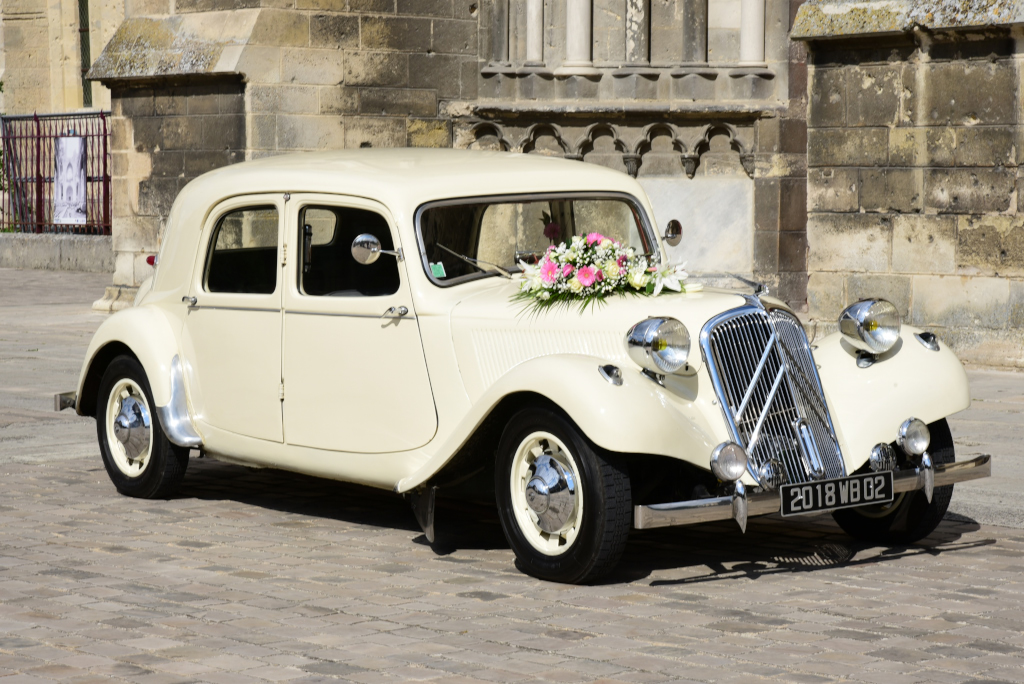
Soissons

Cathédrale Saint-Gervais-et-Saint-Protais de Soissons
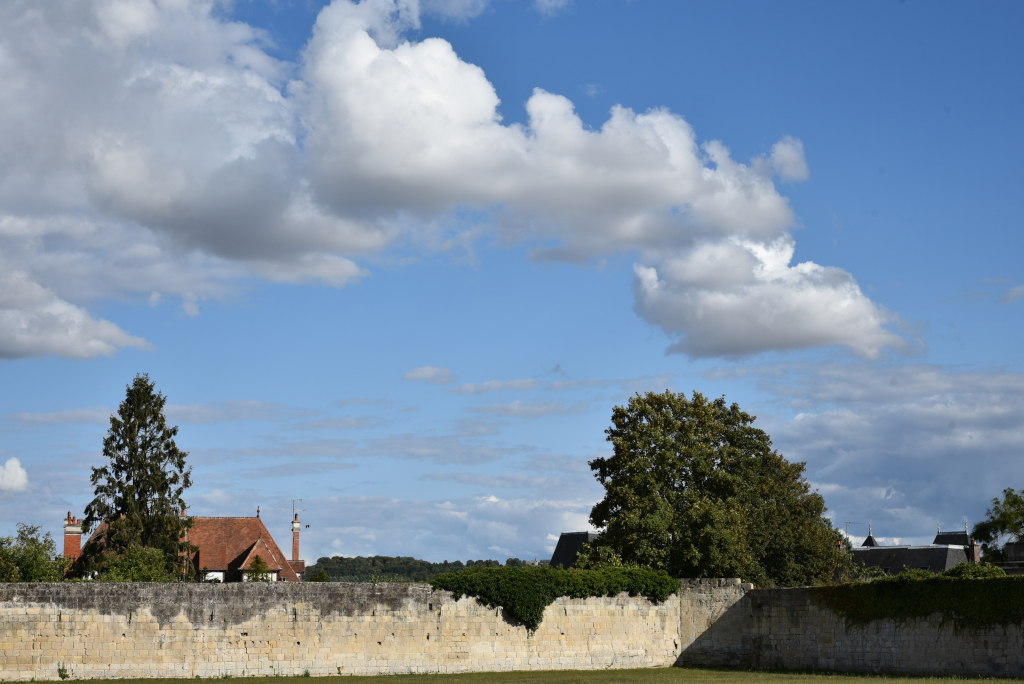
Arsenal Musee De Soissons
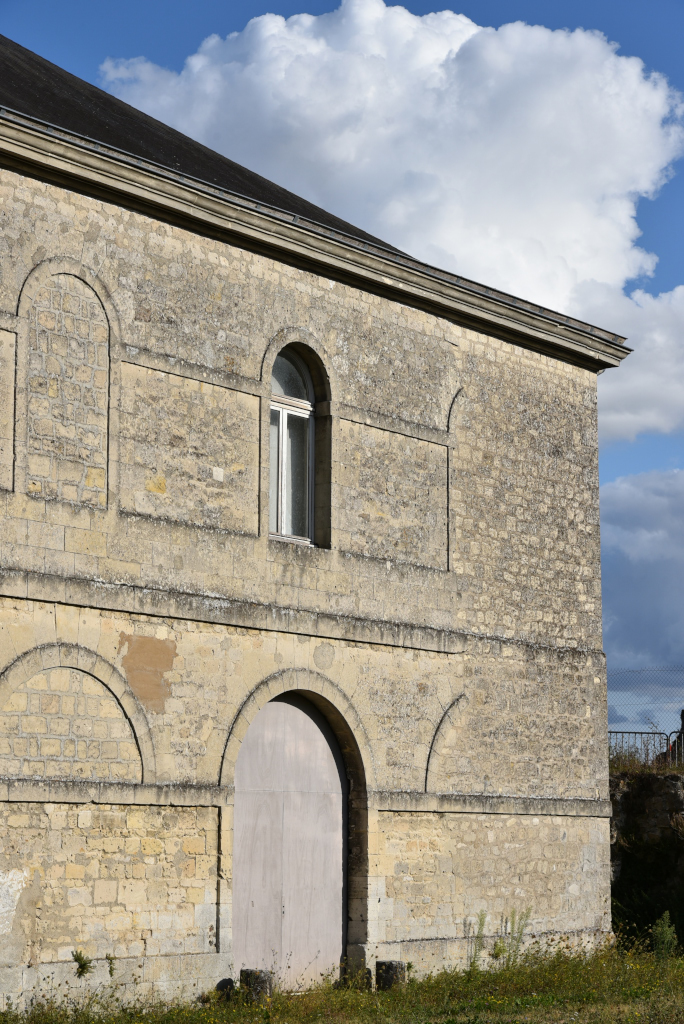
Arsenal Musee De Soissons
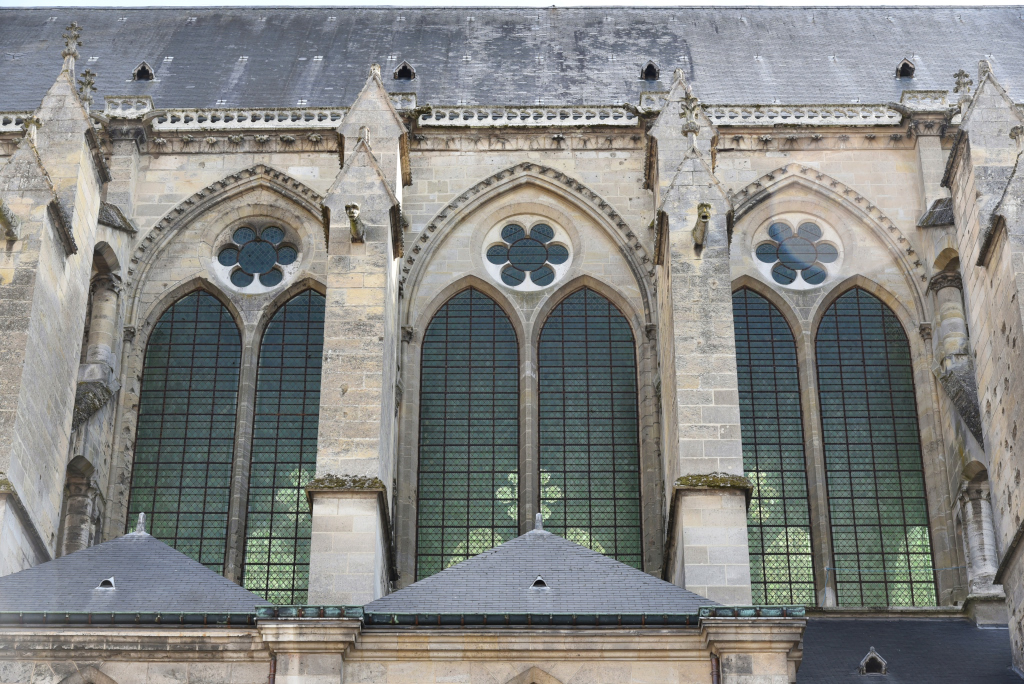
Cathédrale Saint-Gervais-et-Saint-Protais de Soissons
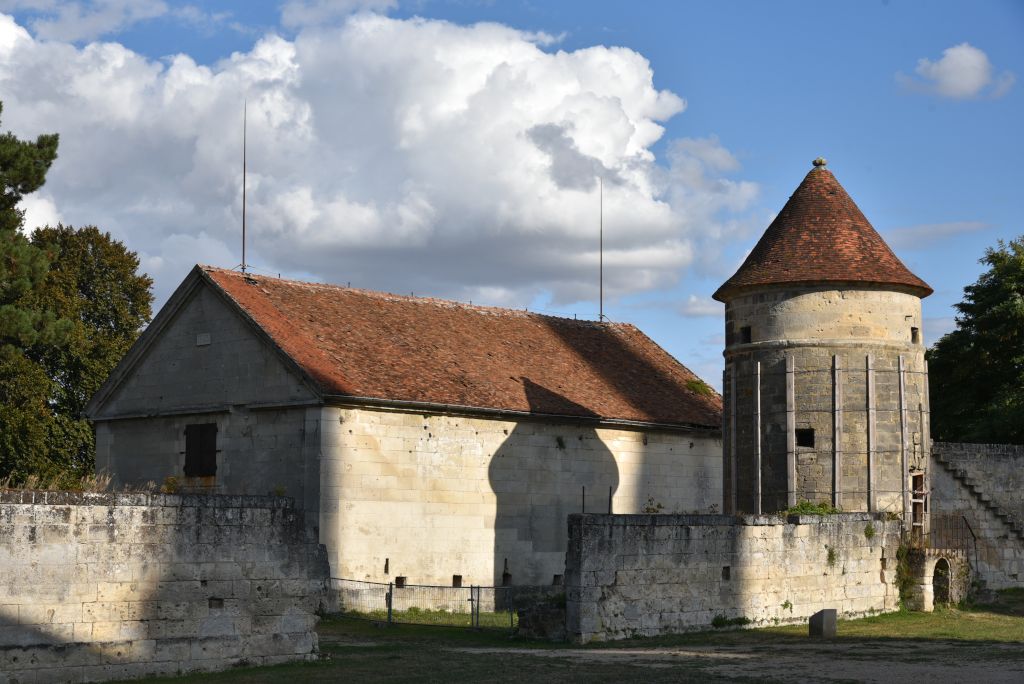
Arsenal Musee De Soissons
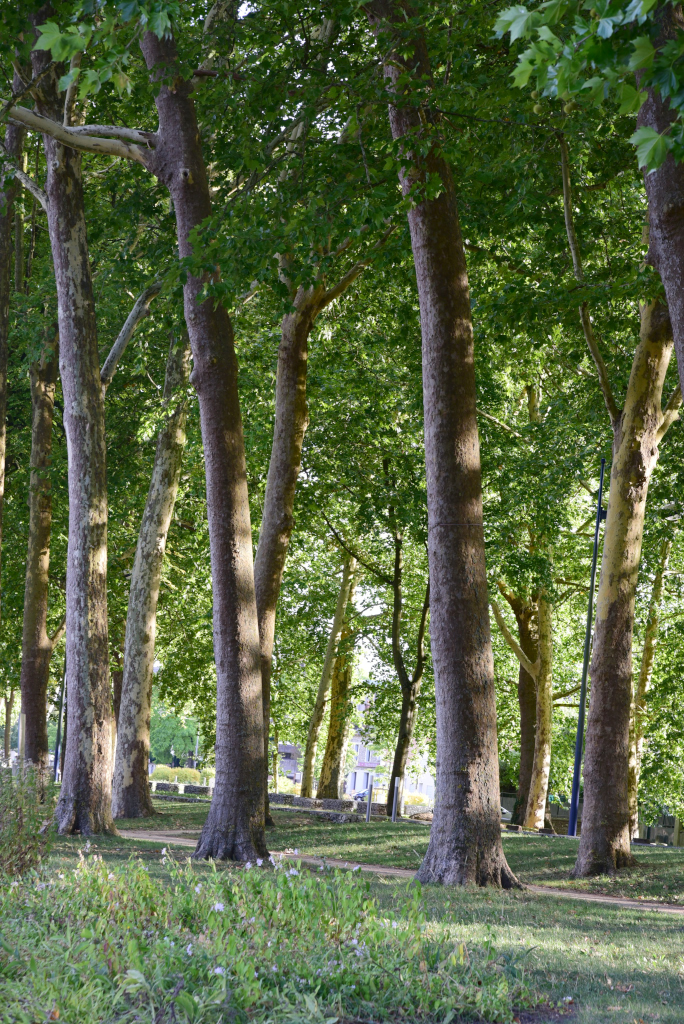
Soissons
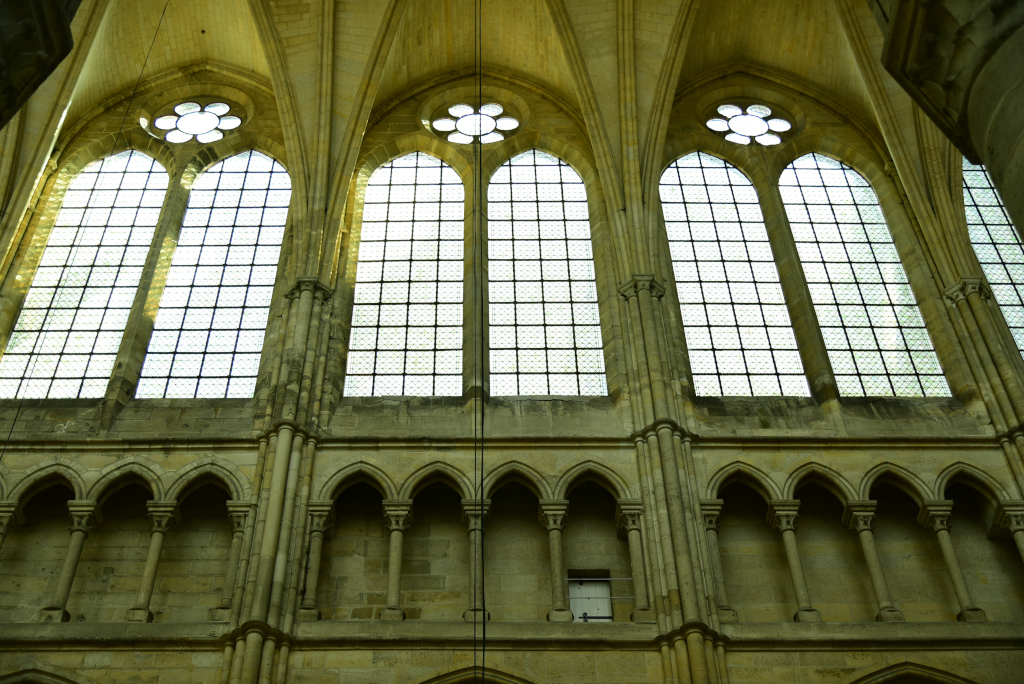
Cathédrale Saint-Gervais-et-Saint-Protais de Soissons
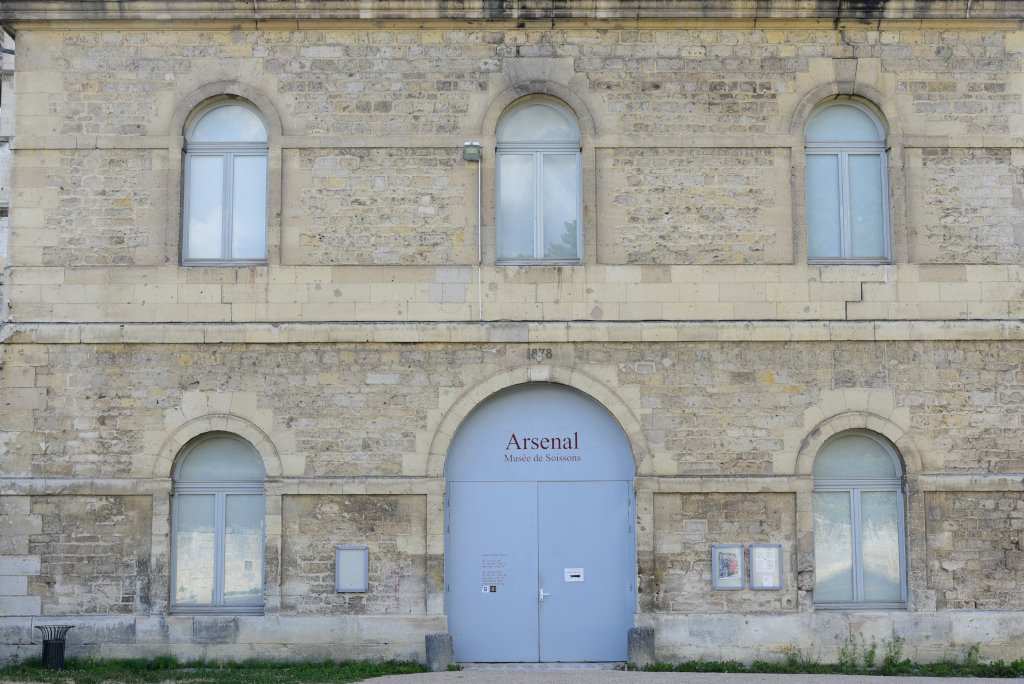
Arsenal Musee De Soissons
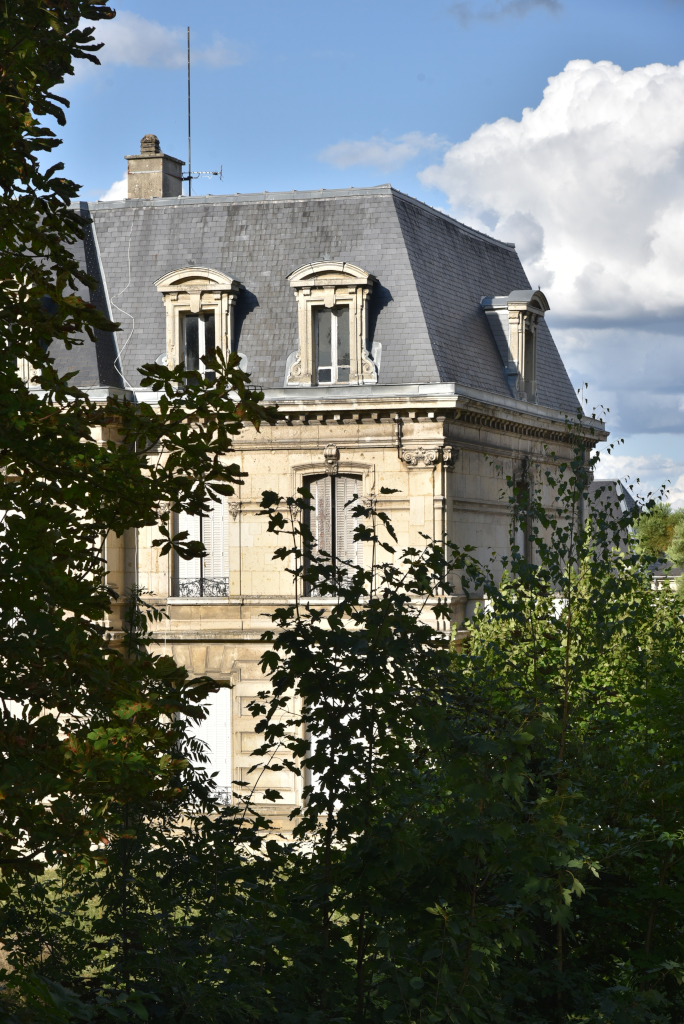
Soissons

Soissons

Cathédrale Saint-Gervais-et-Saint-Protais de Soissons
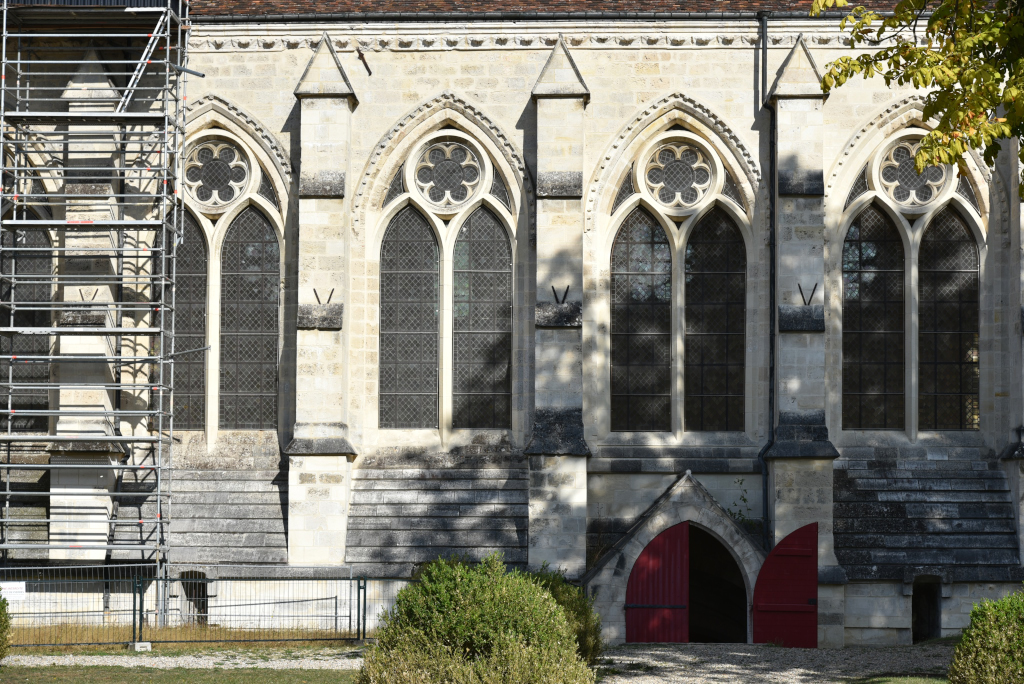
Soissons – Abbaye Saint-Jean-des-Vignes
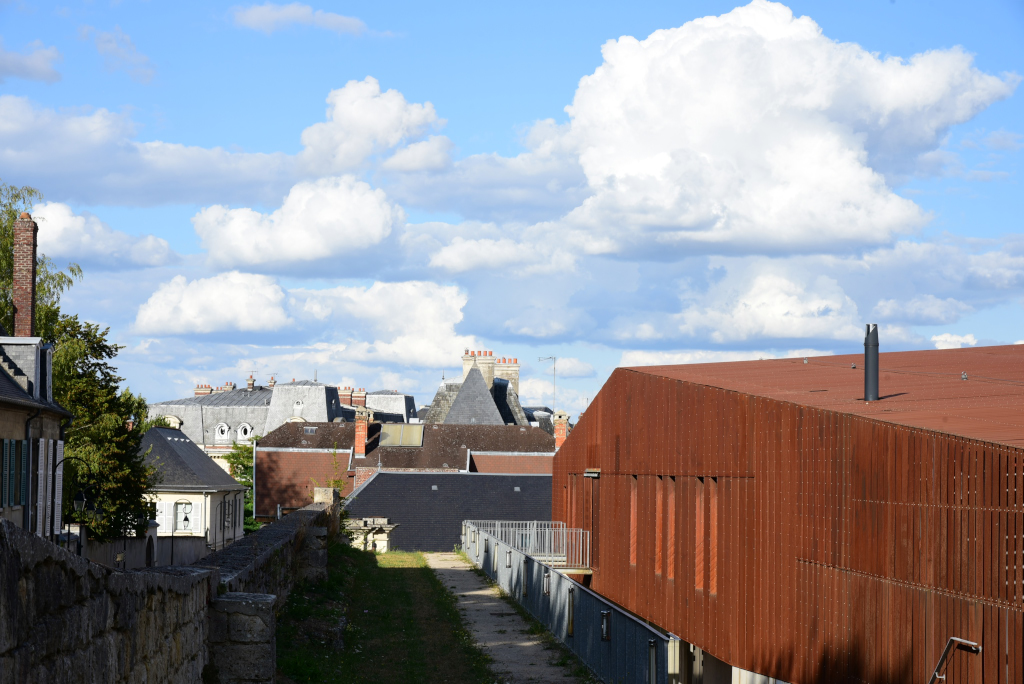
Arsenal Musee De Soissons
The museum of Soissons was established in 1957 in the former abbey of Saint-Léger, originally established in the 12th century. The museum presents an archaeological journey of more than 5000 years of the Aisne Valley, the history of the City of Soissons, as well as important works of art from the 17th to the 19th centuries. The museum includes the abbey church as well as the Romanesque and Gothic crypt.
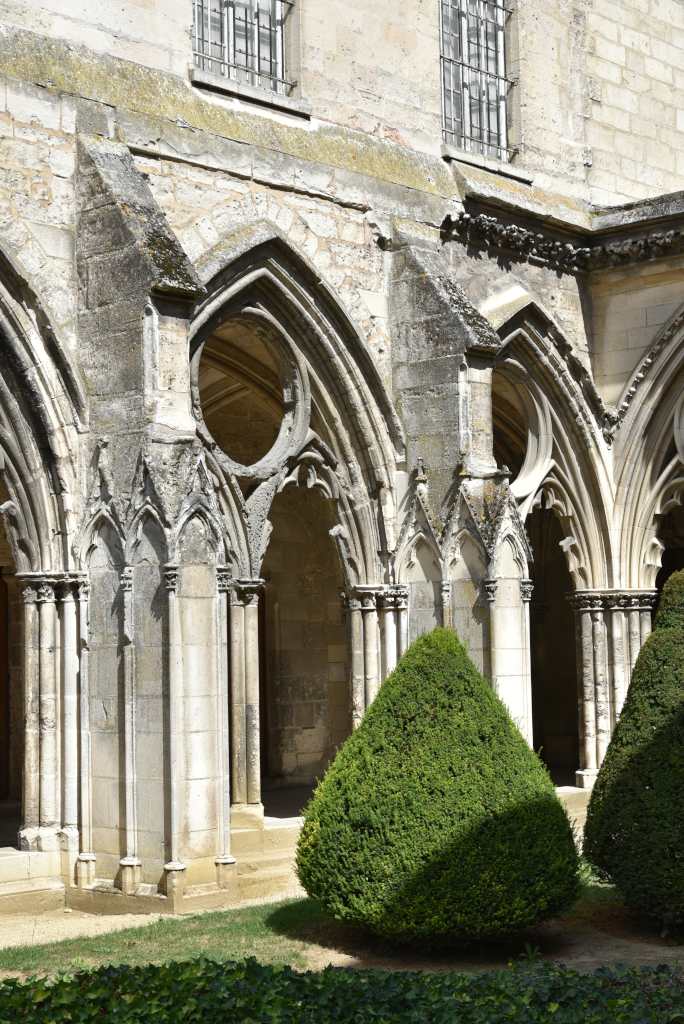
Musée de Soissons (Abbaye Saint-Léger)
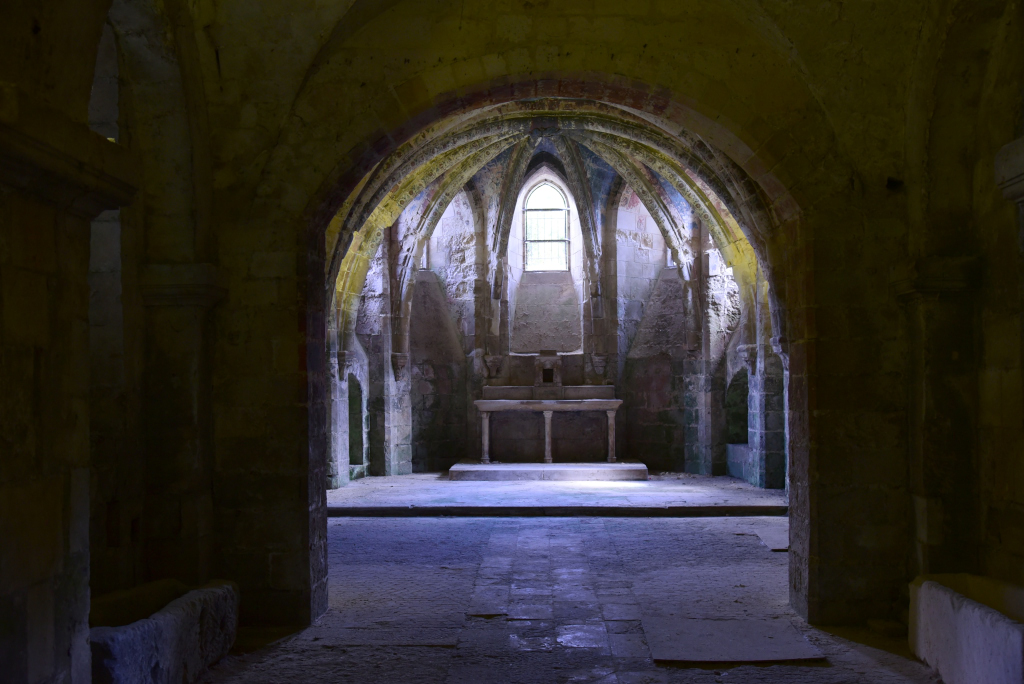
Musée de Soissons (Abbaye Saint-Léger)
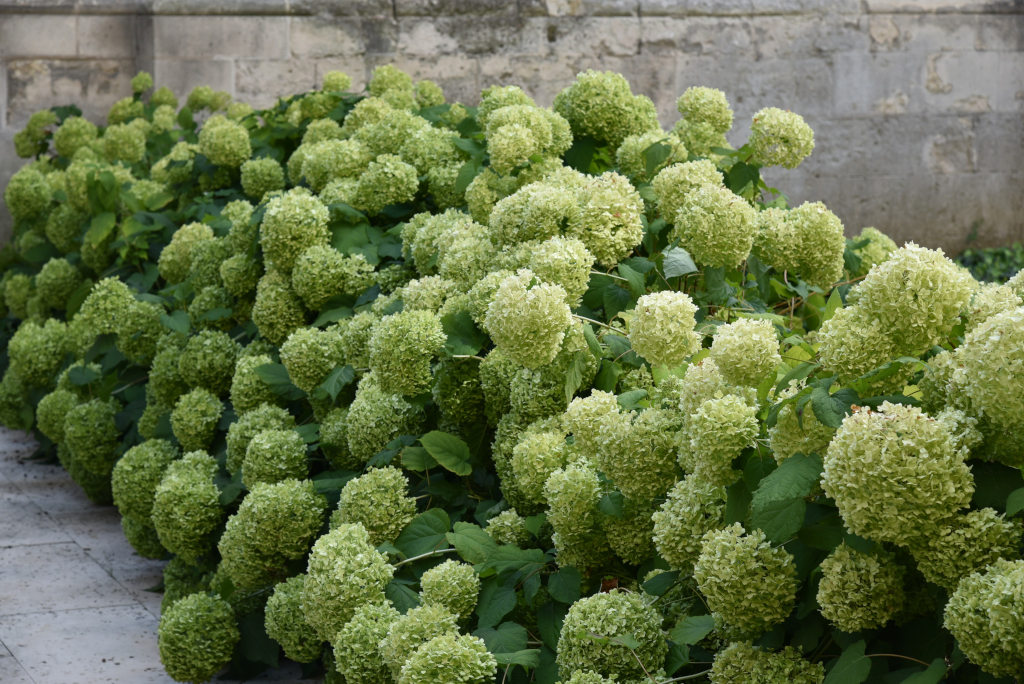
Musée de Soissons (Abbaye Saint-Léger)
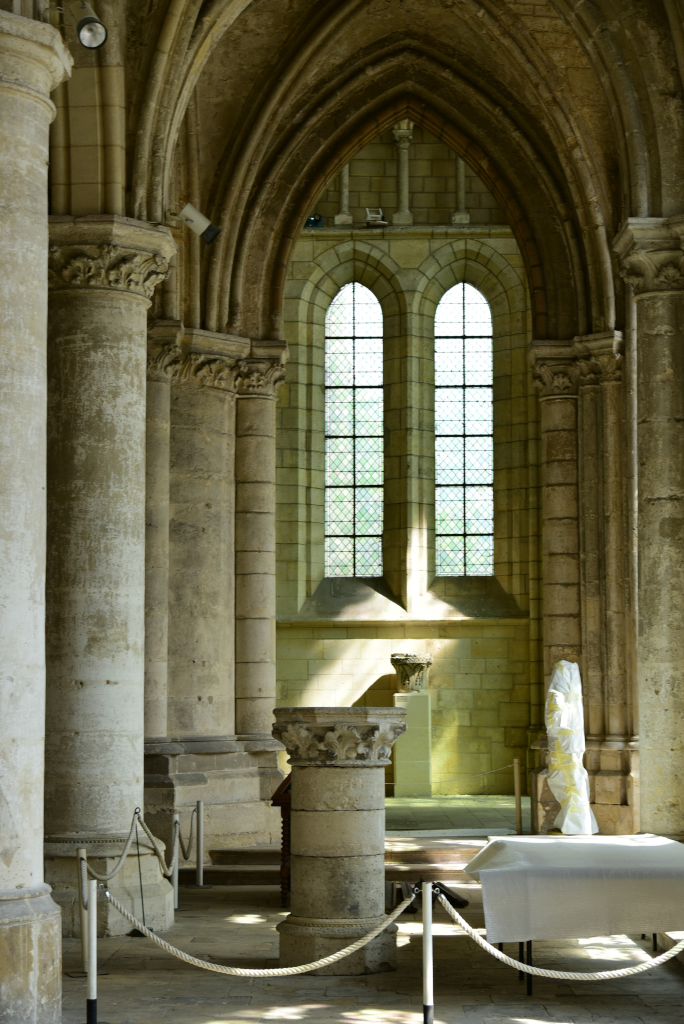
Musée de Soissons (Abbaye Saint-Léger)
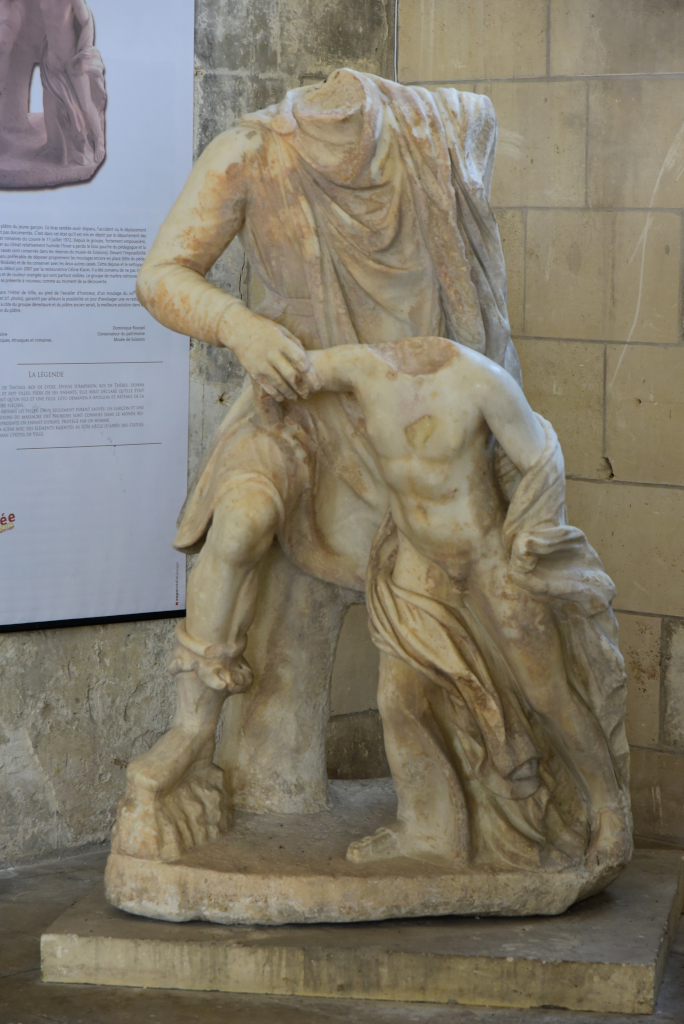
Musée de Soissons (Abbaye Saint-Léger)
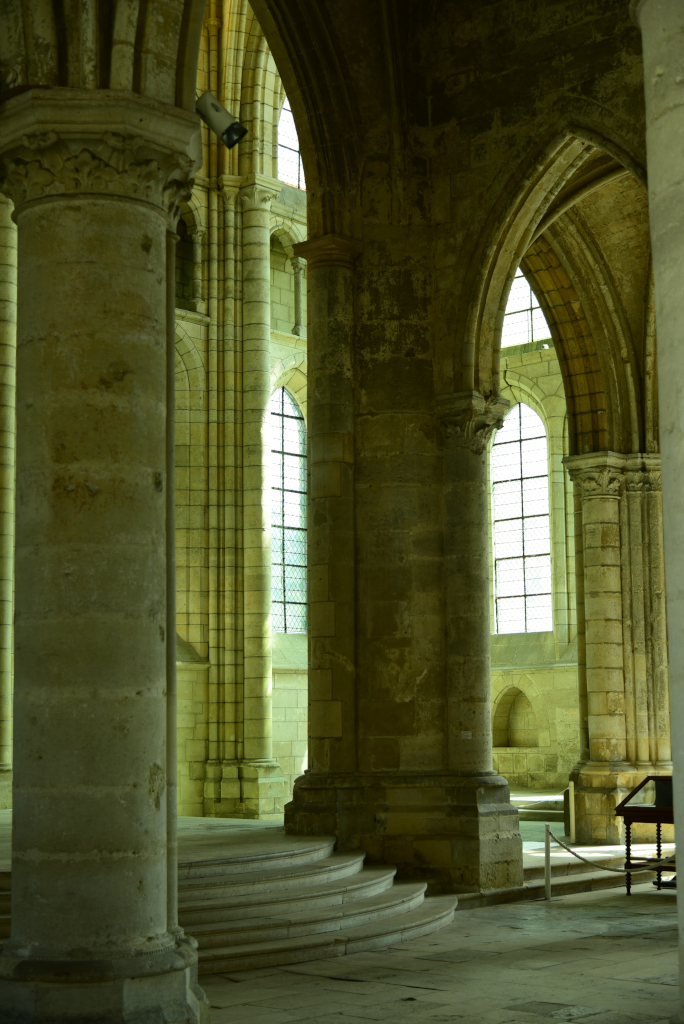
Musée de Soissons (Abbaye Saint-Léger)
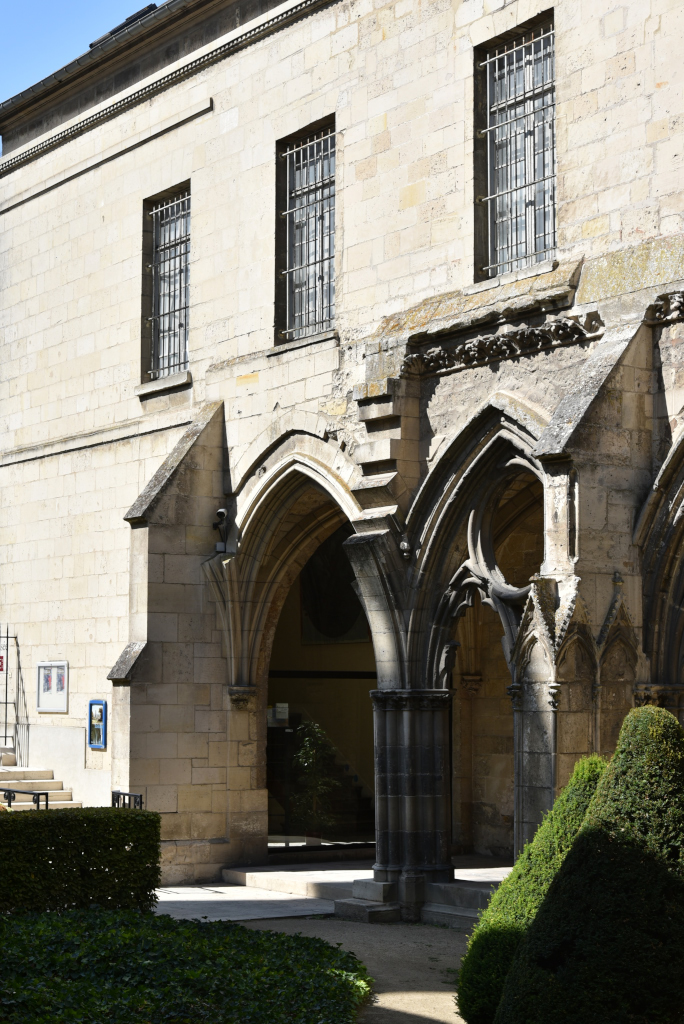
Musée de Soissons (Abbaye Saint-Léger)
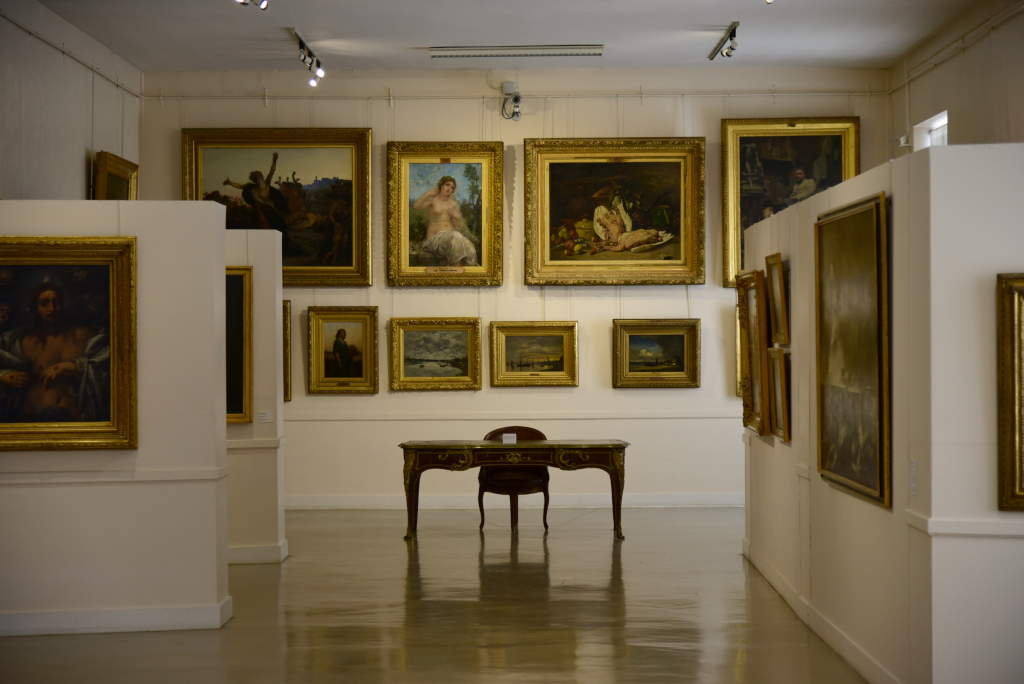
Musée de Soissons (Abbaye Saint-Léger)
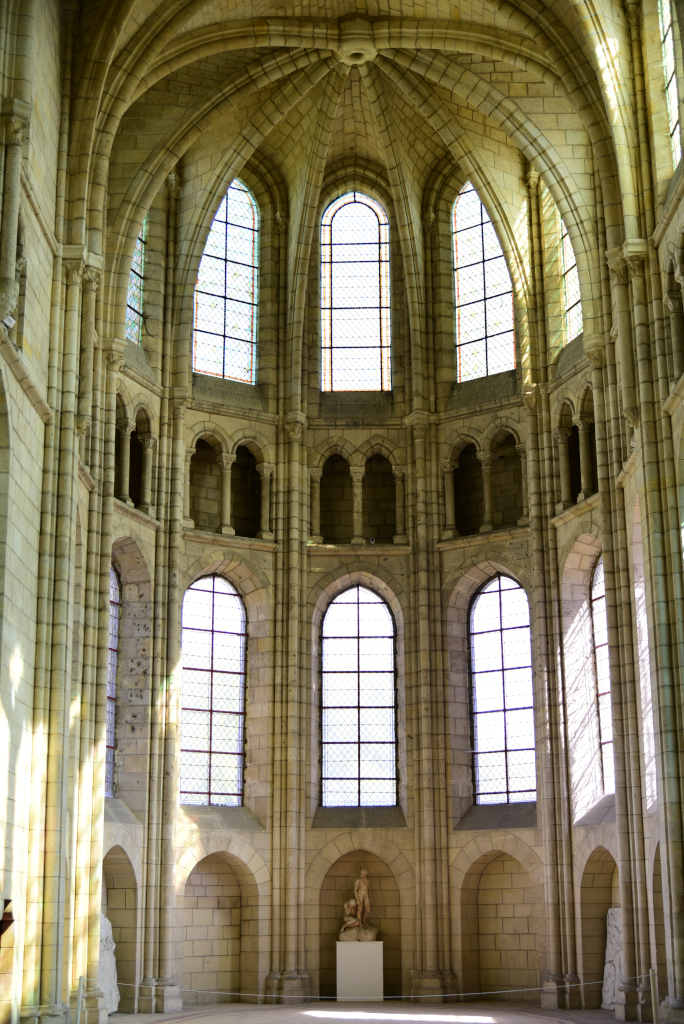
Musée de Soissons (Abbaye Saint-Léger)
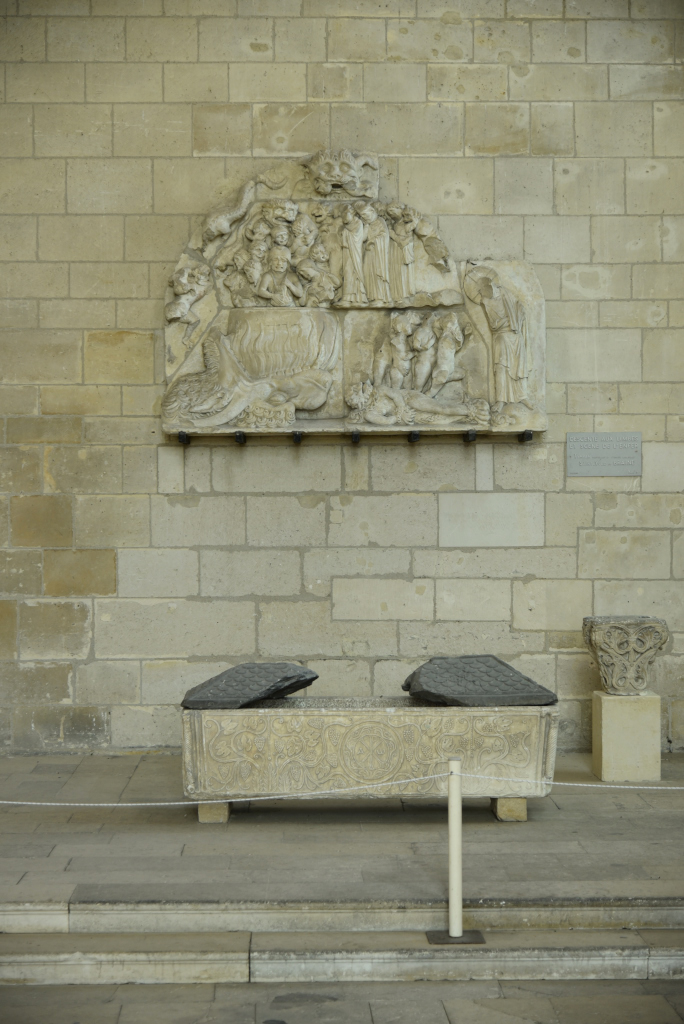
Musée de Soissons (Abbaye Saint-Léger)
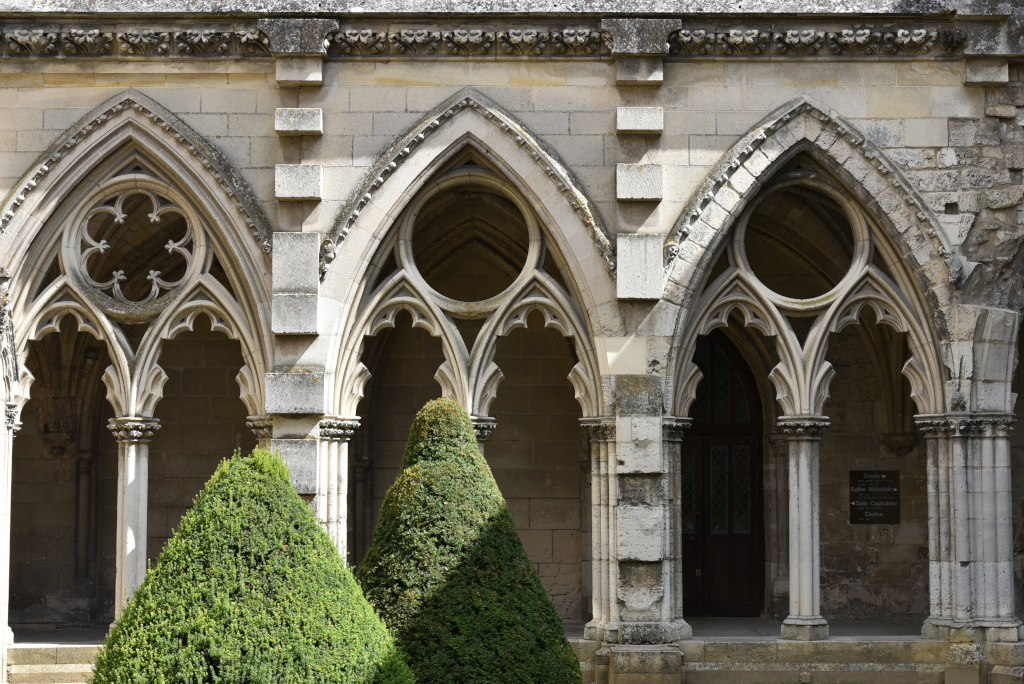
Musée de Soissons (Abbaye Saint-Léger)
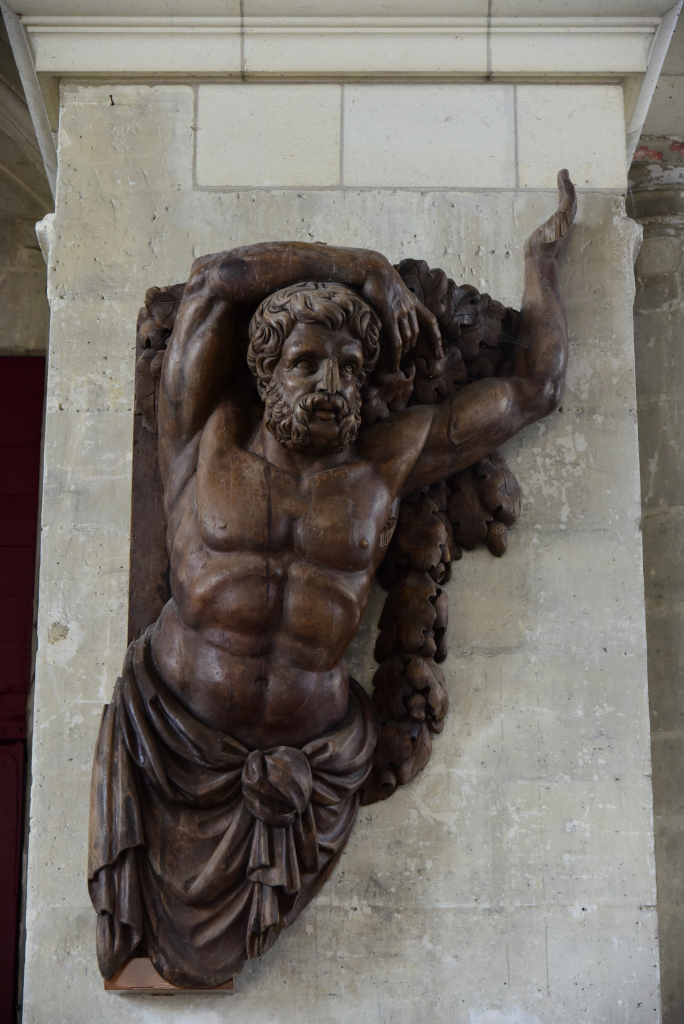
Musée de Soissons (Abbaye Saint-Léger)
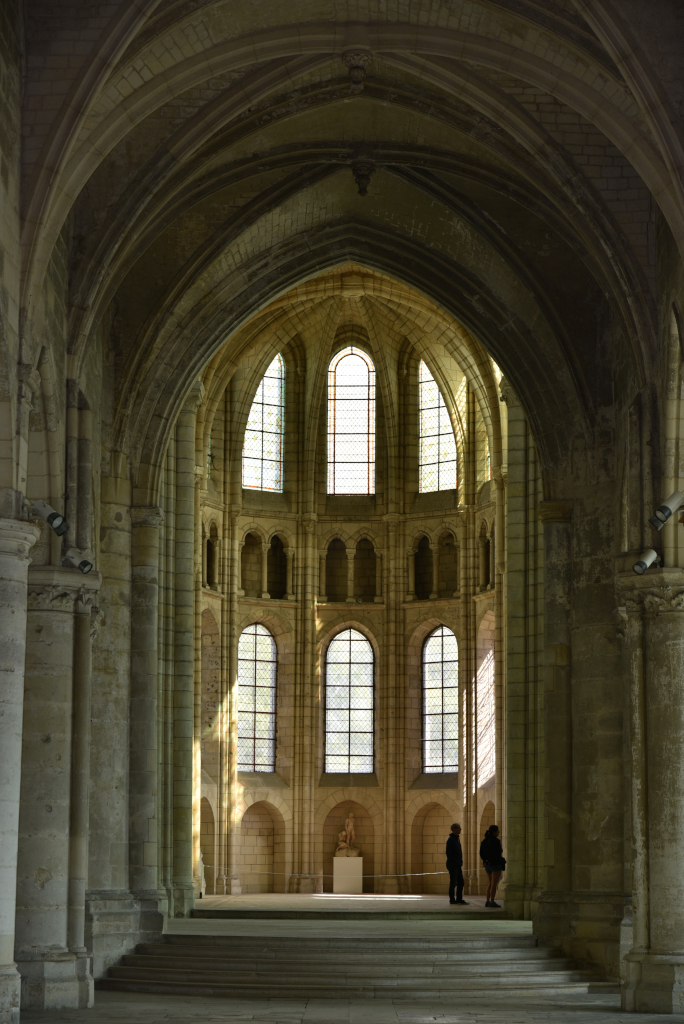
Musée de Soissons (Abbaye Saint-Léger)
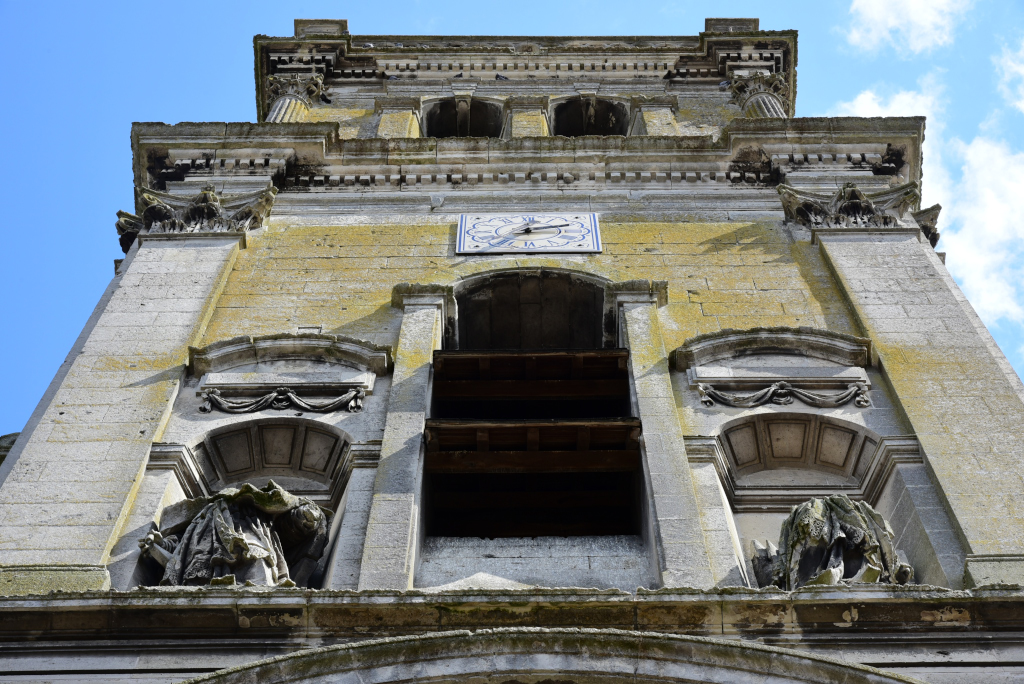
Musée de Soissons (Abbaye Saint-Léger)
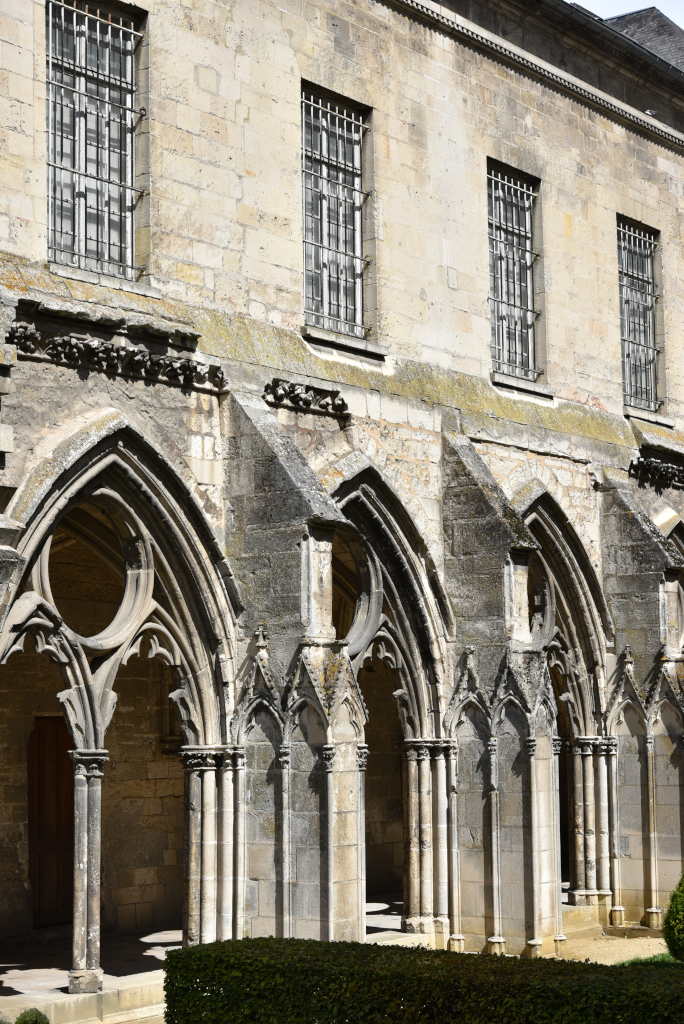
Musée de Soissons (Abbaye Saint-Léger)
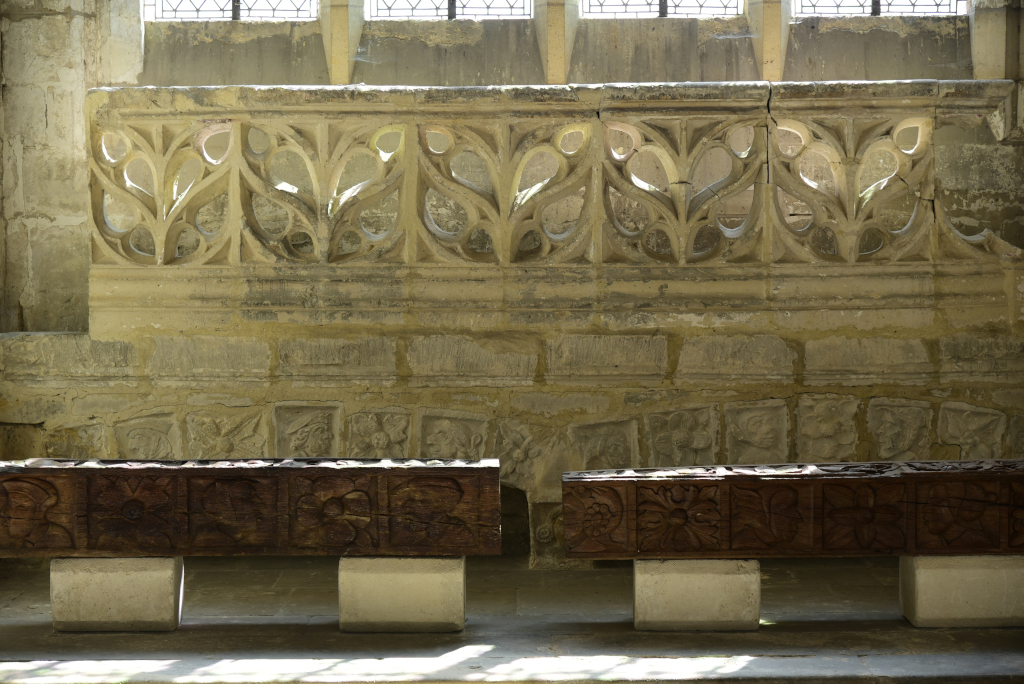
Musée de Soissons (Abbaye Saint-Léger)

Musée de Soissons (Abbaye Saint-Léger)
(Narrative excerpted from Wikipedia and www.musenor.com)


































































































































































